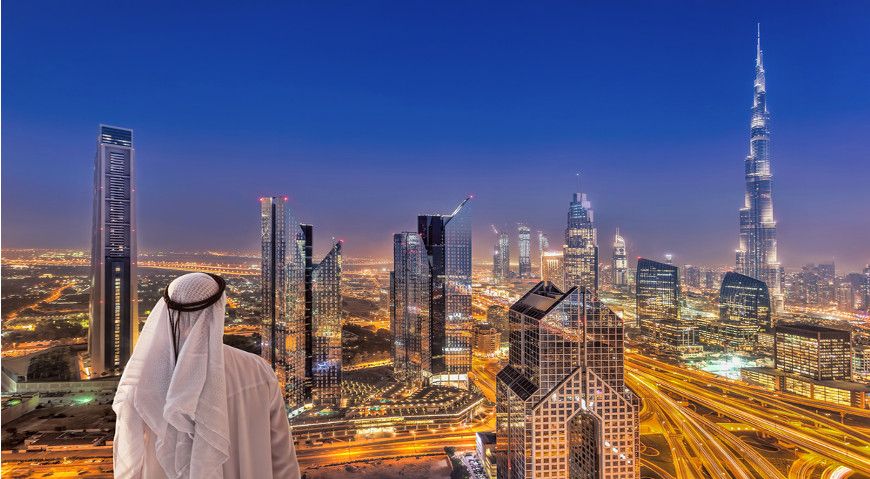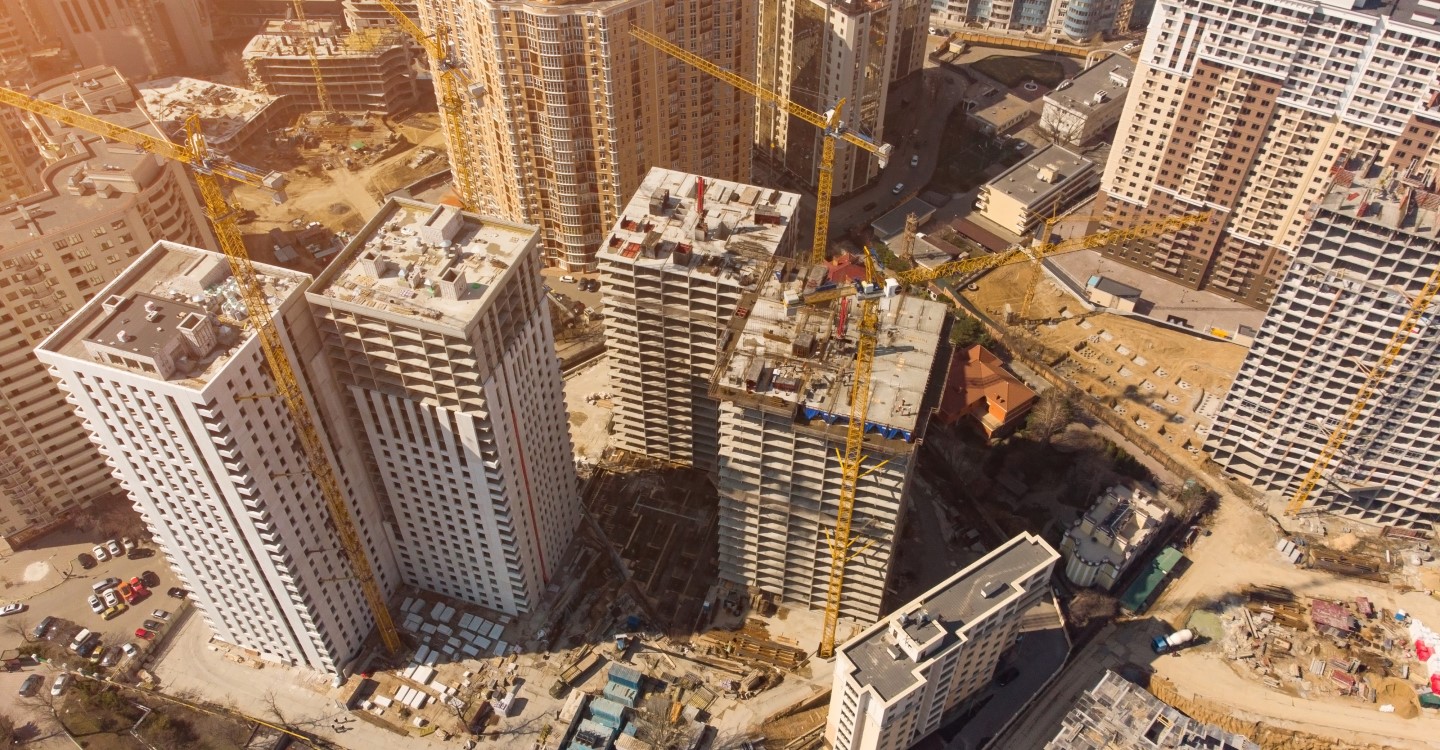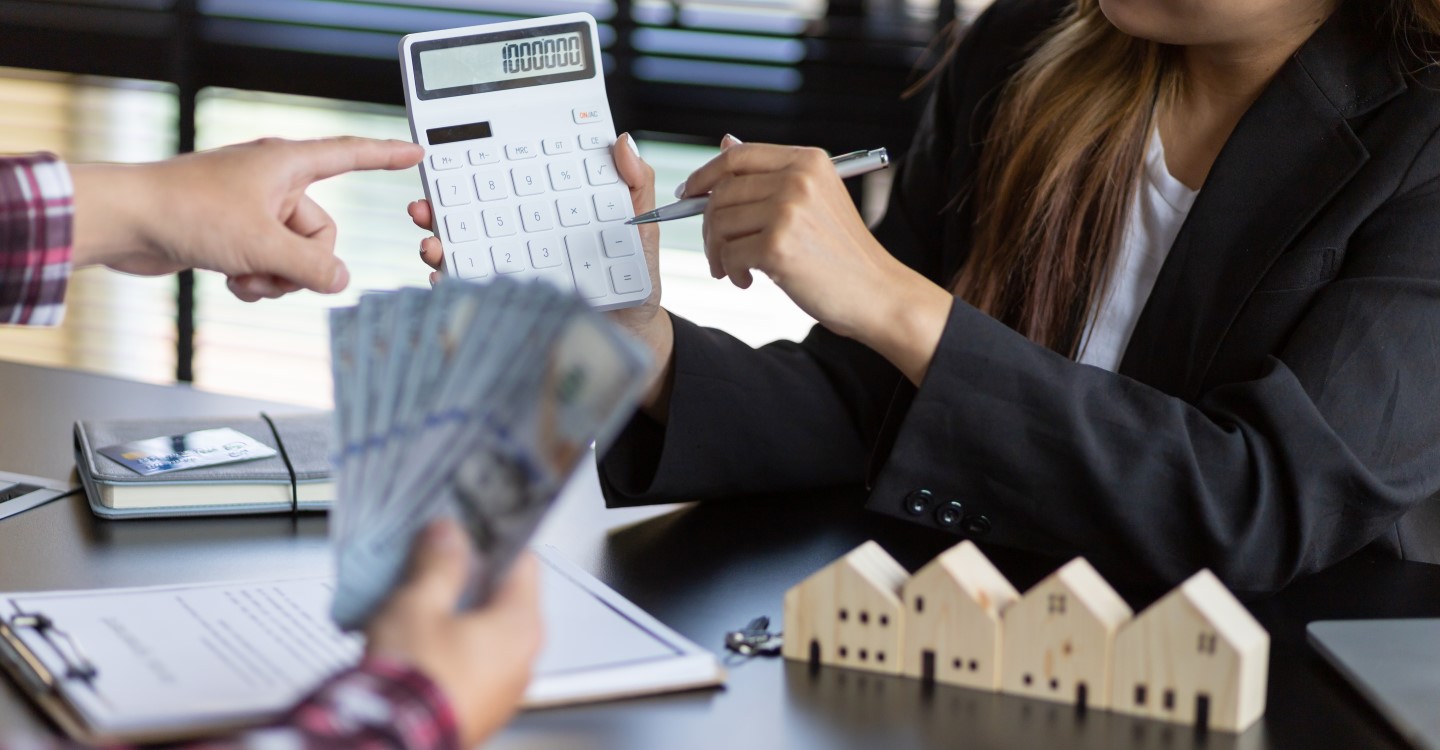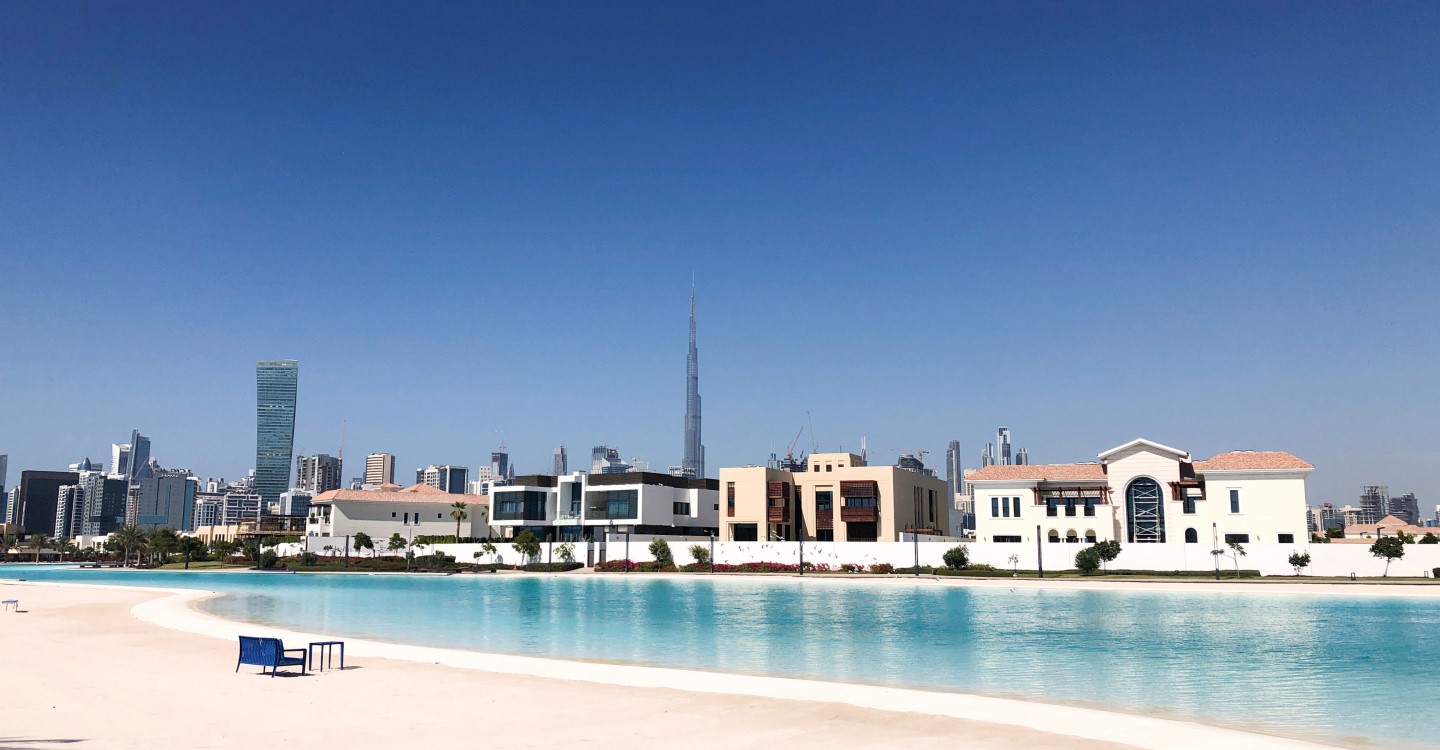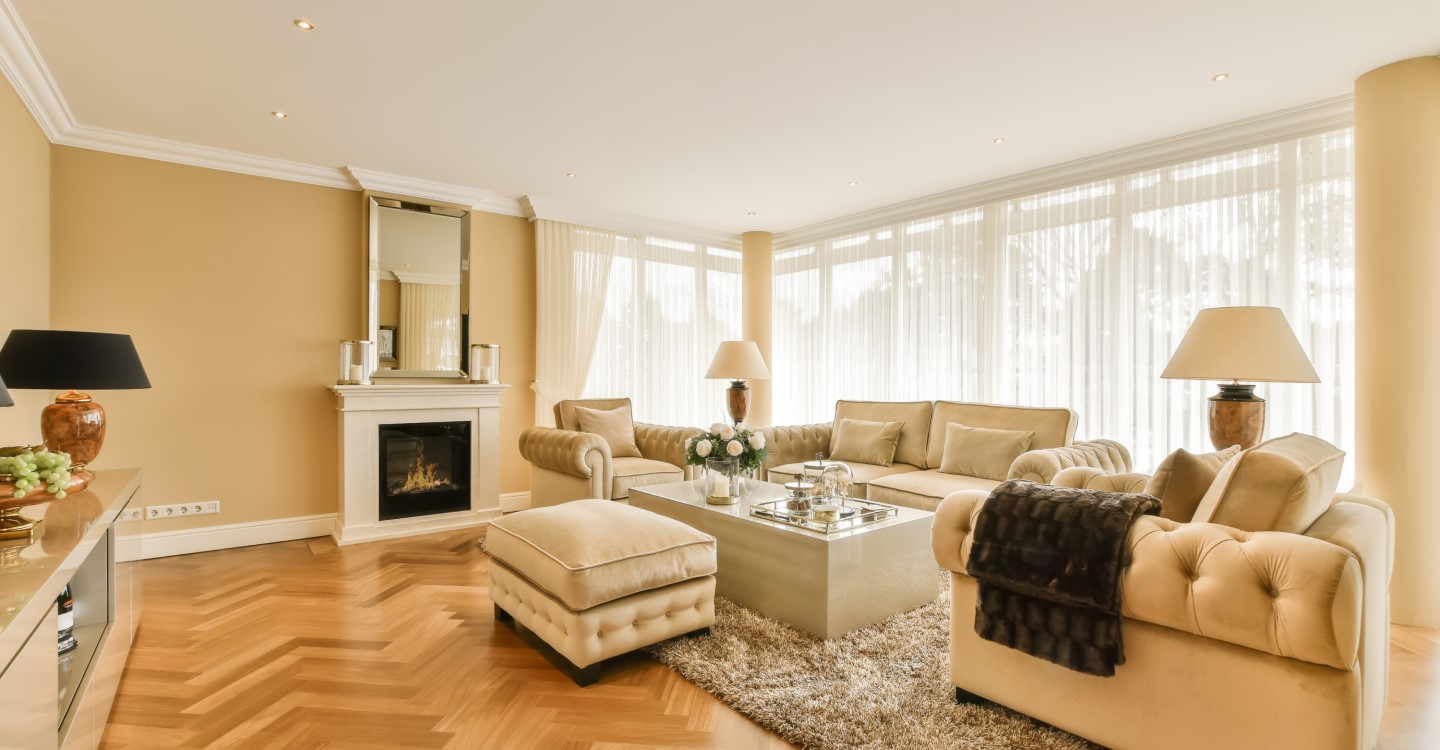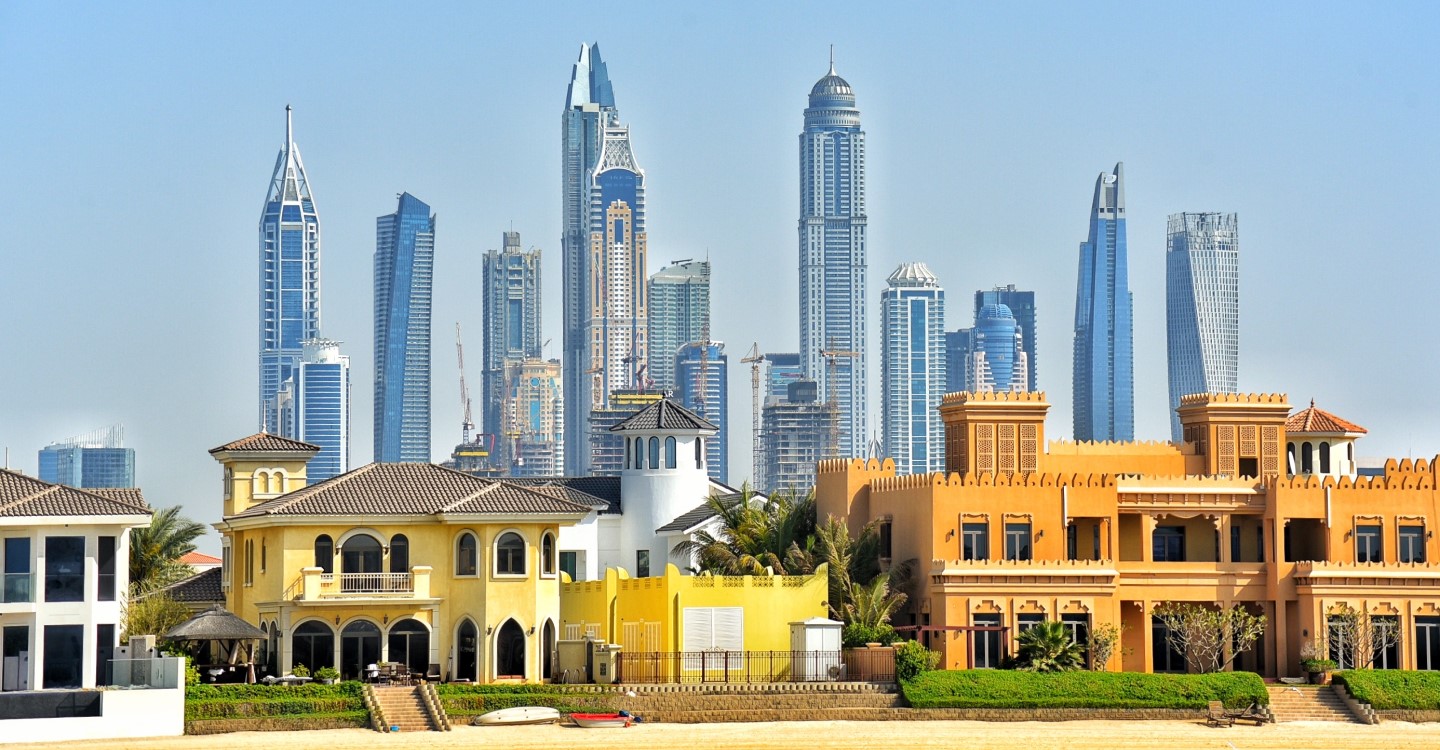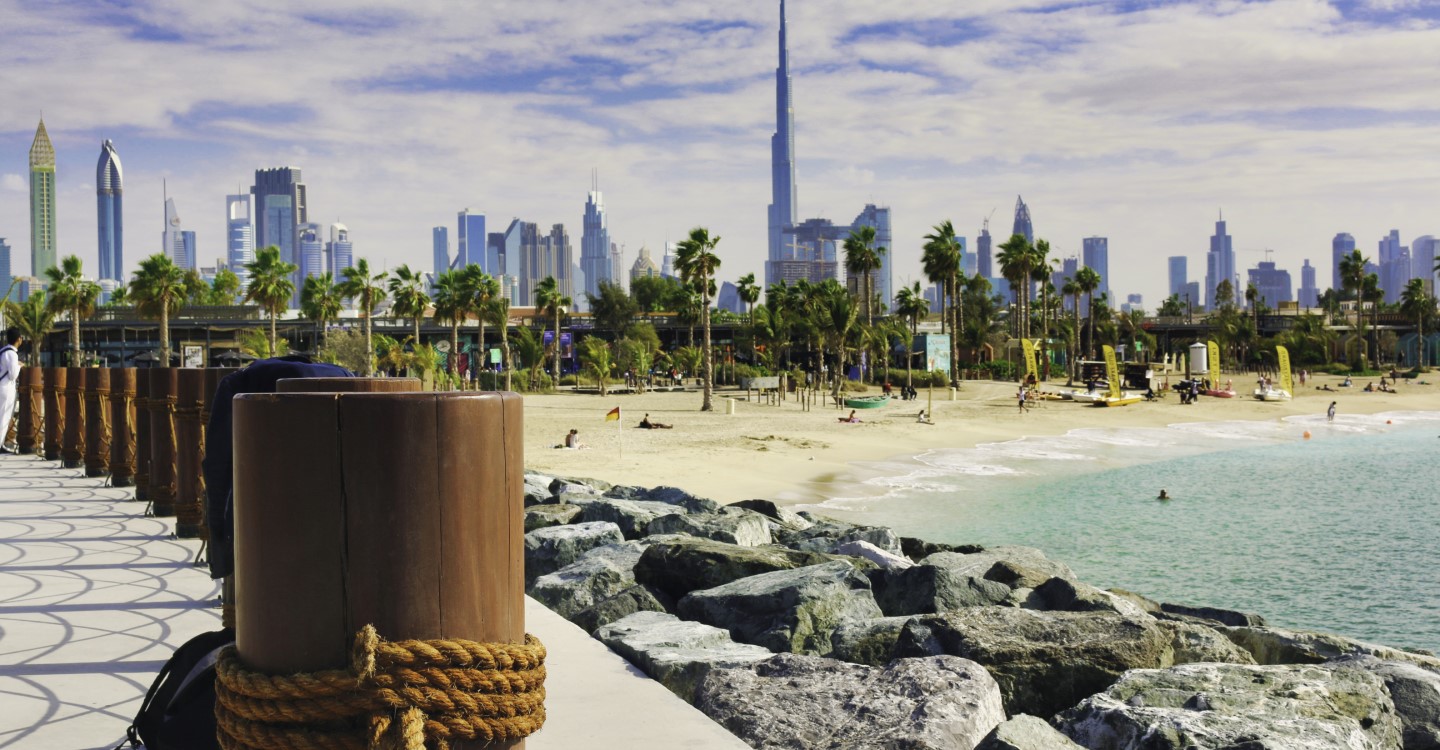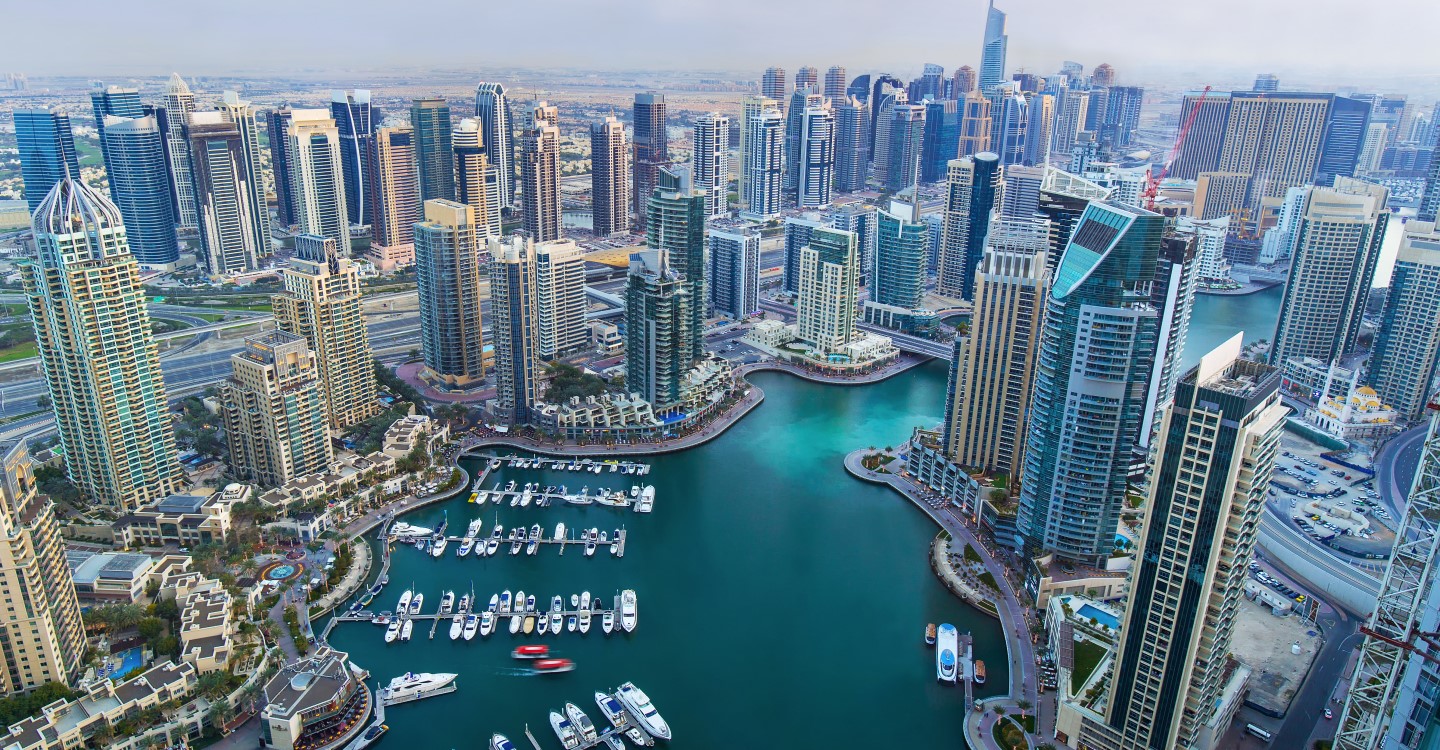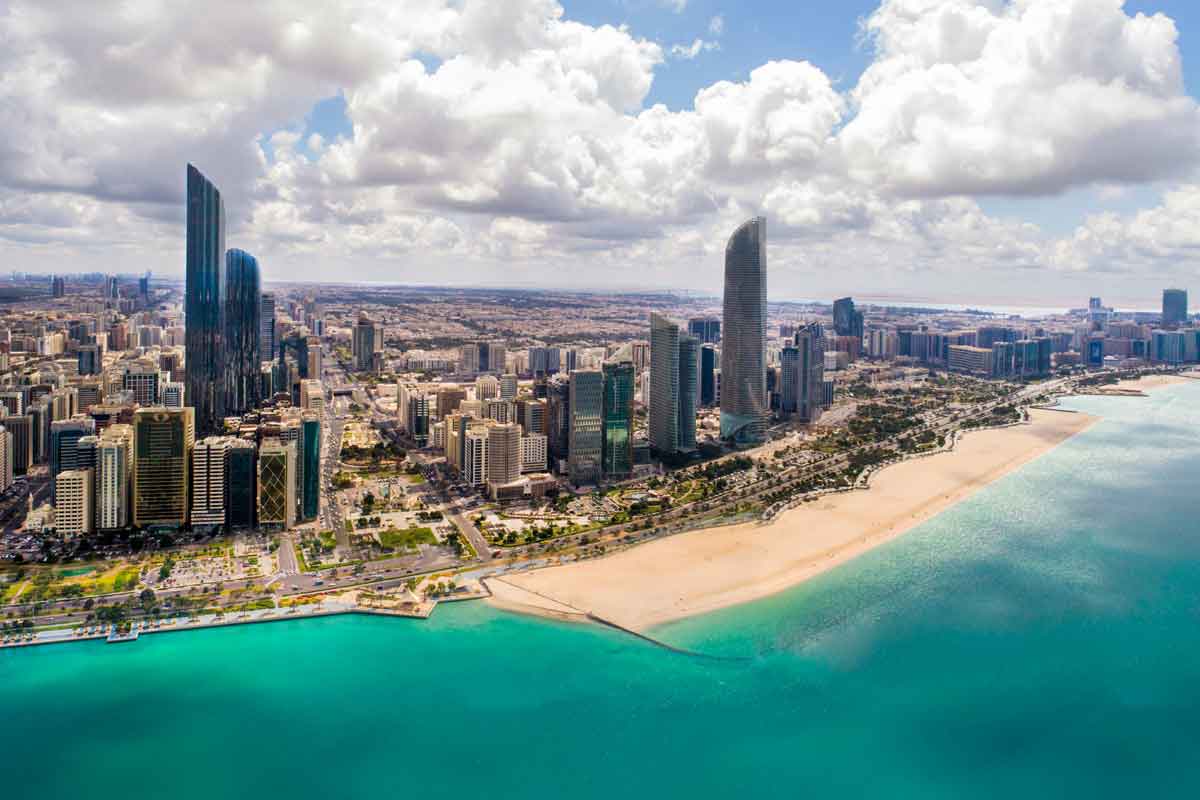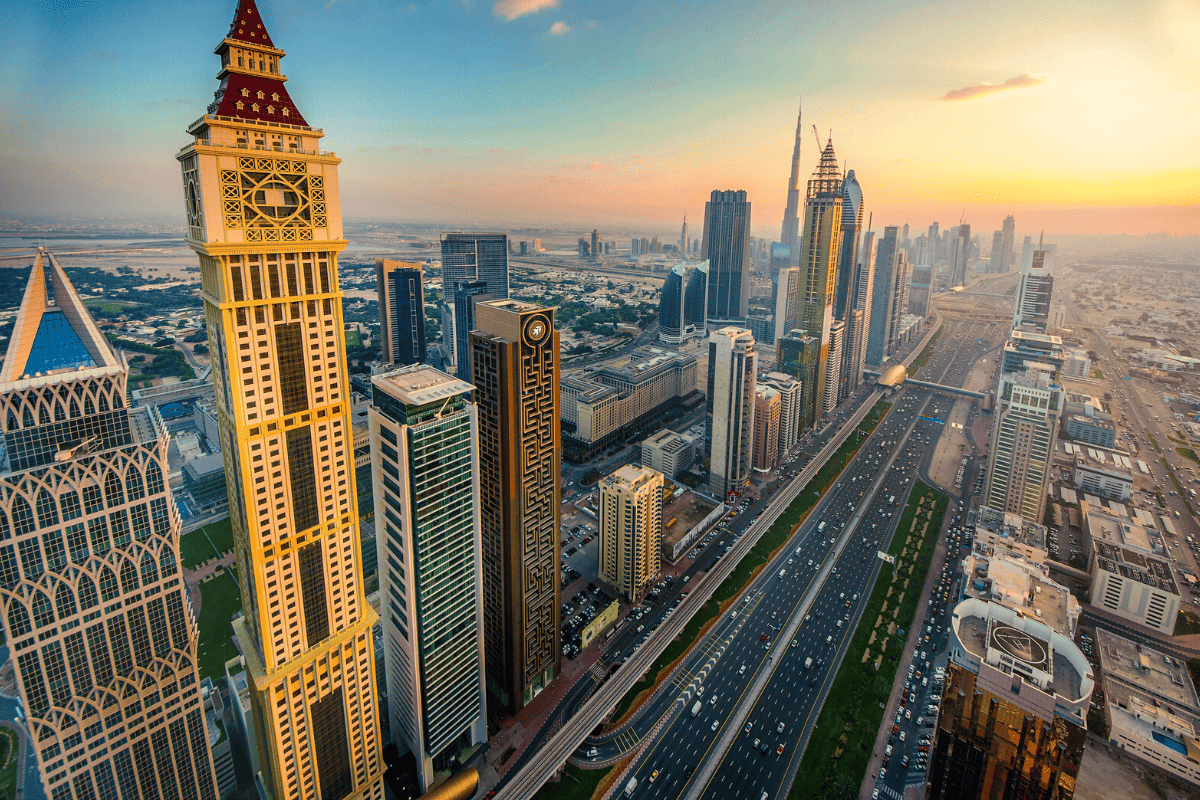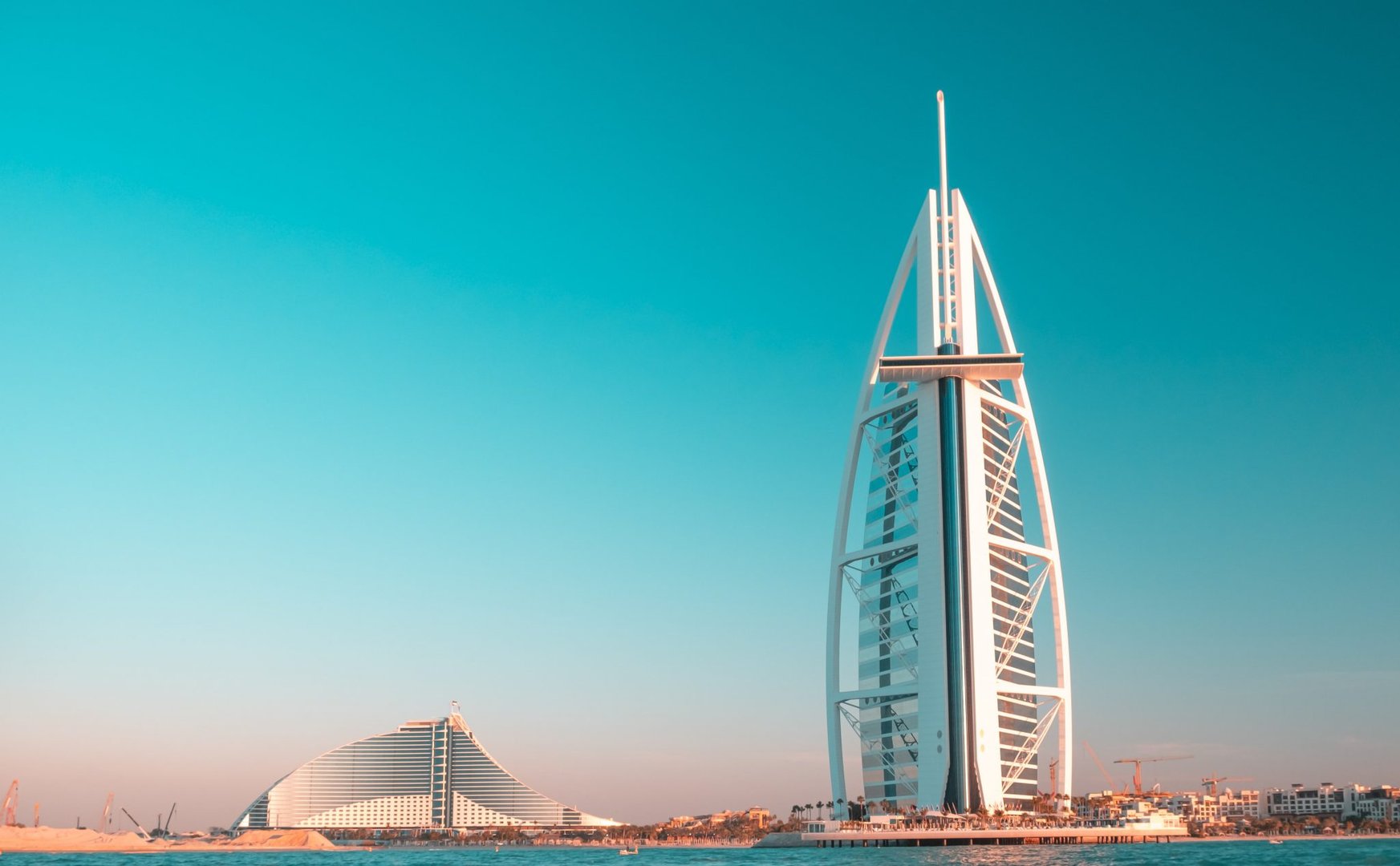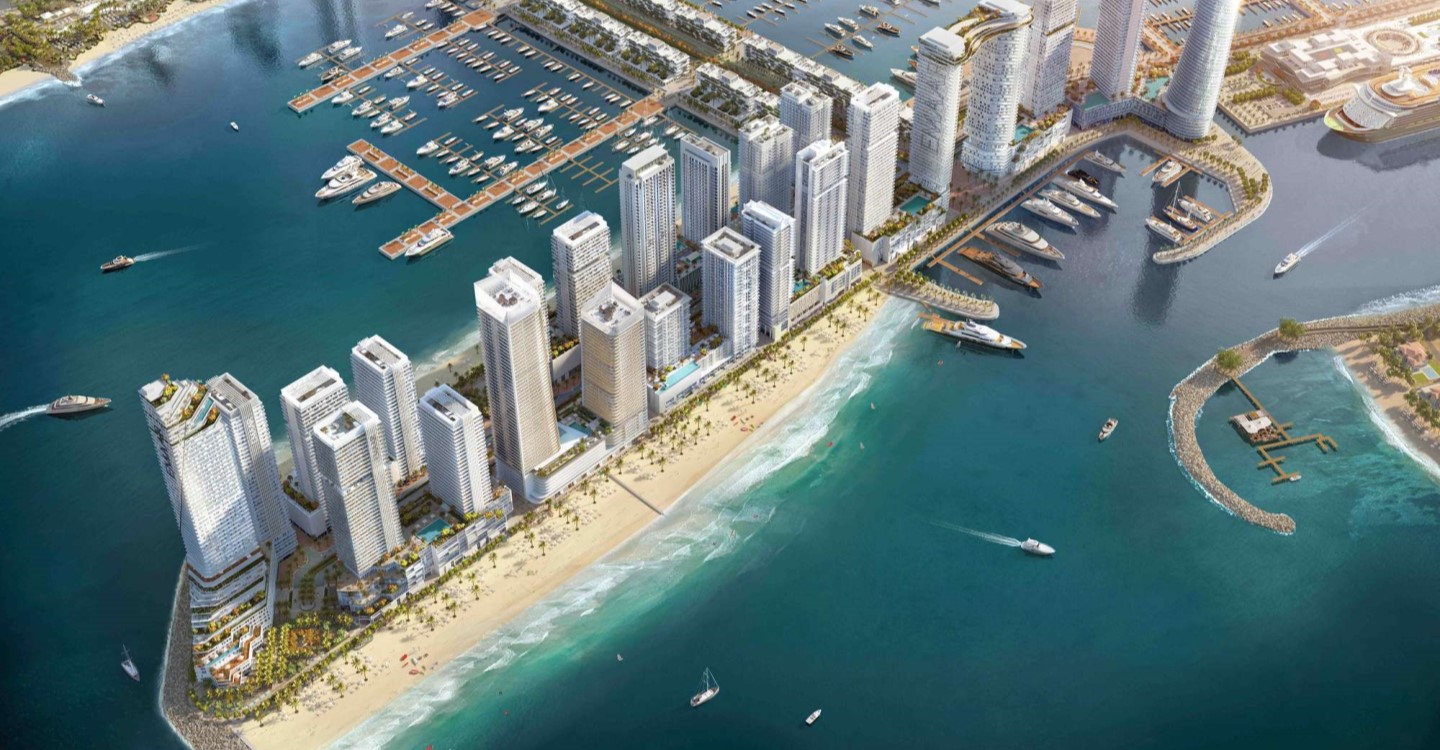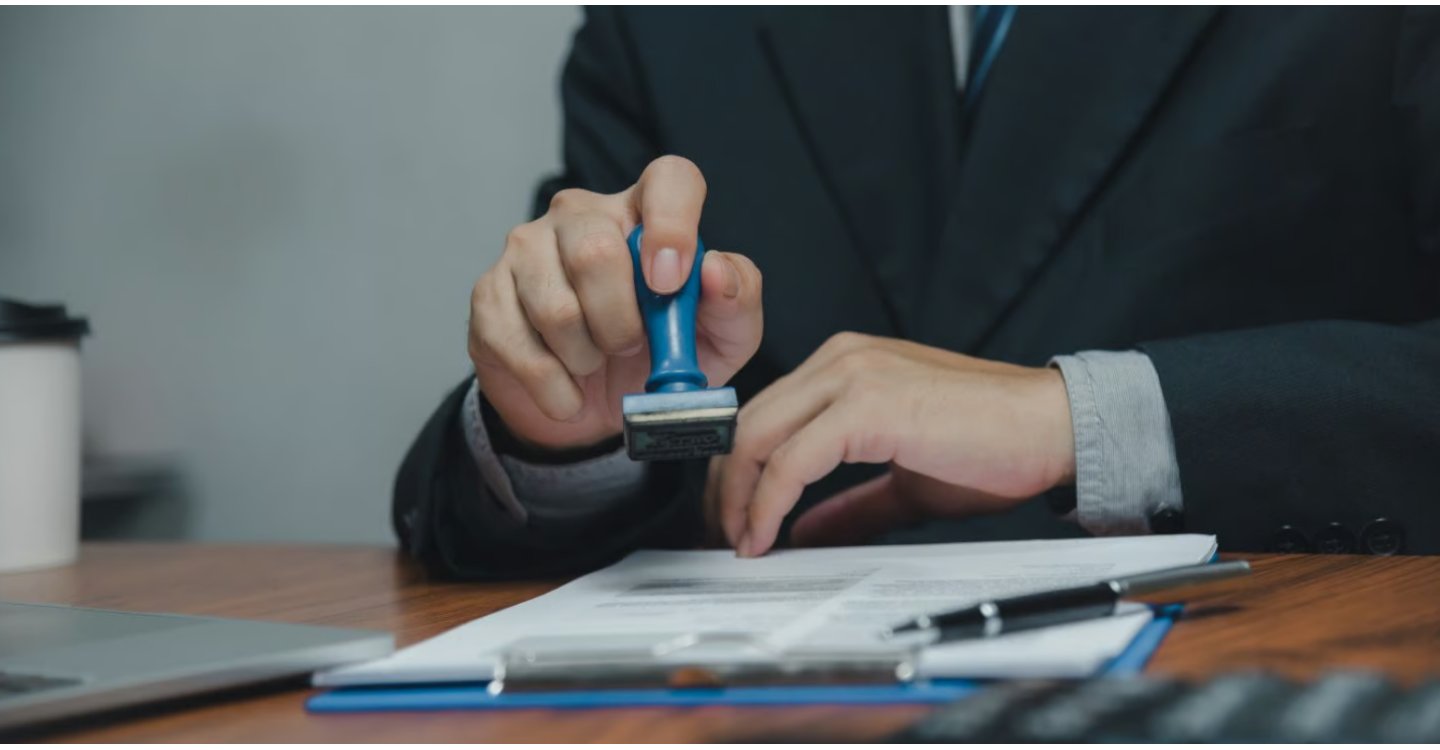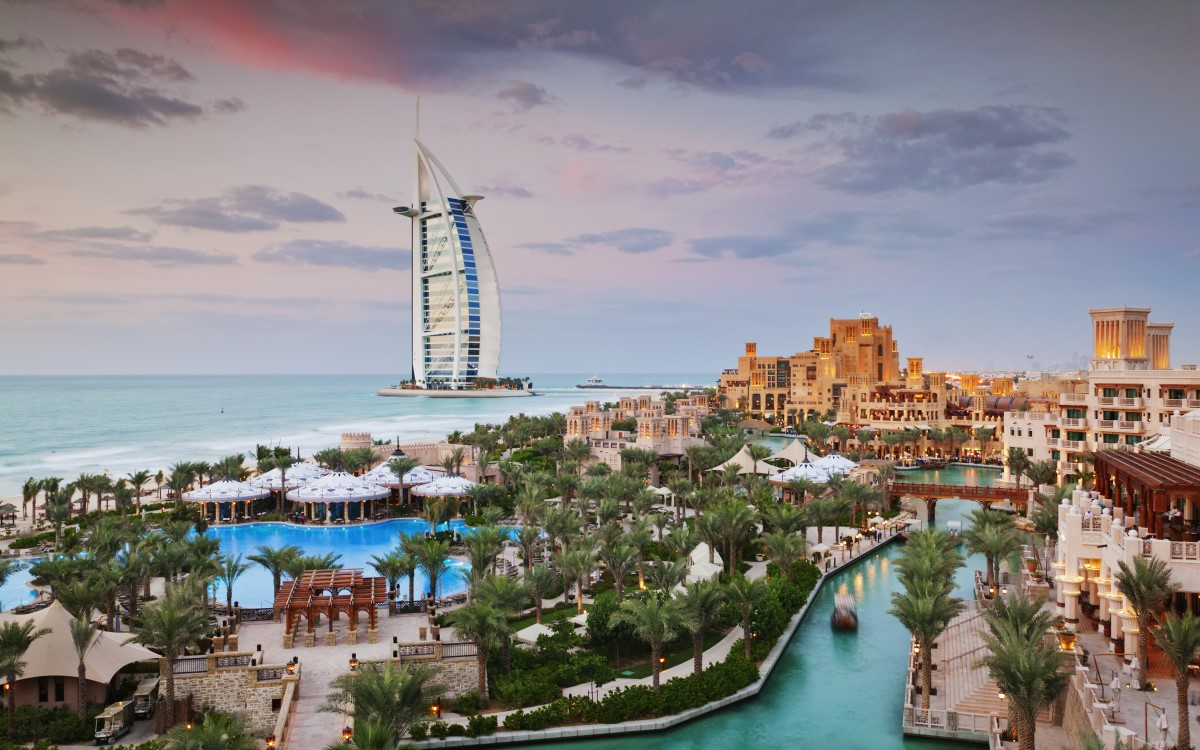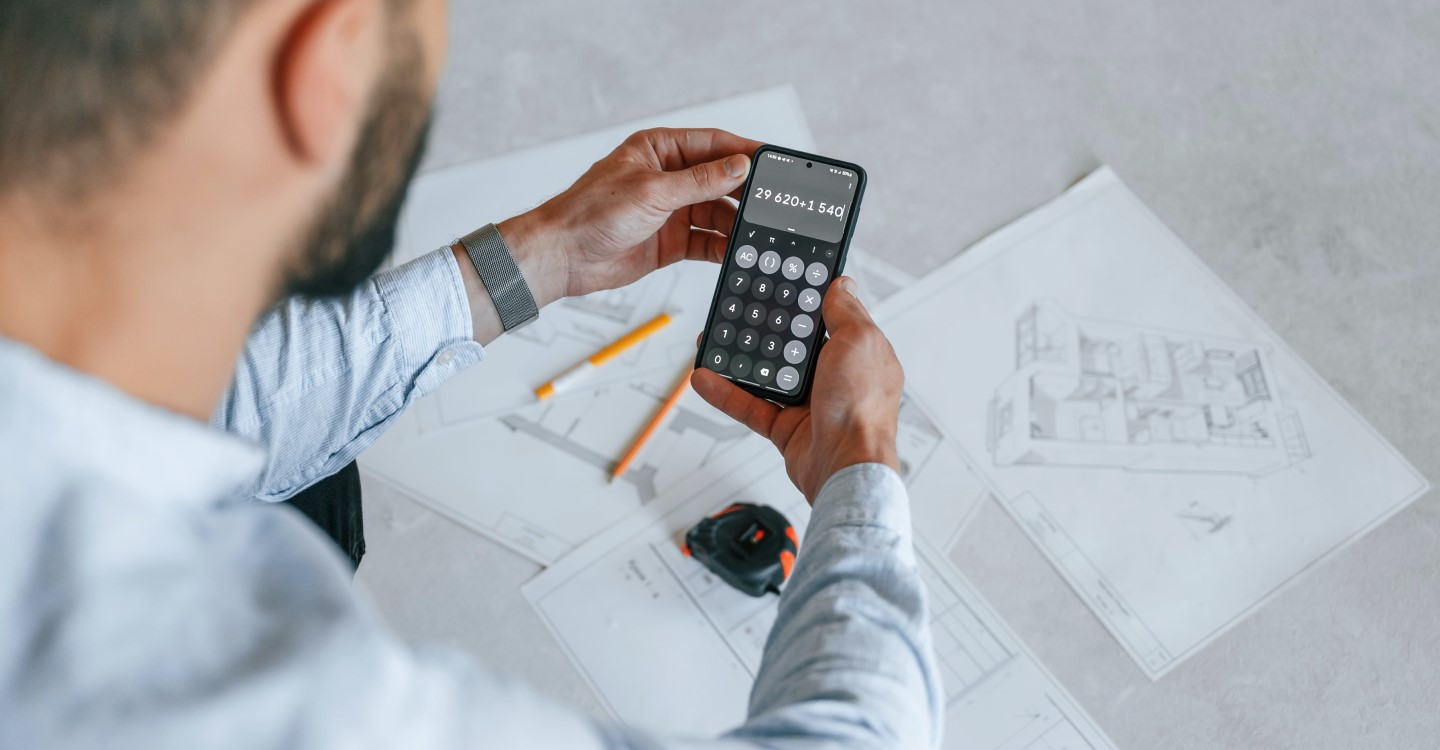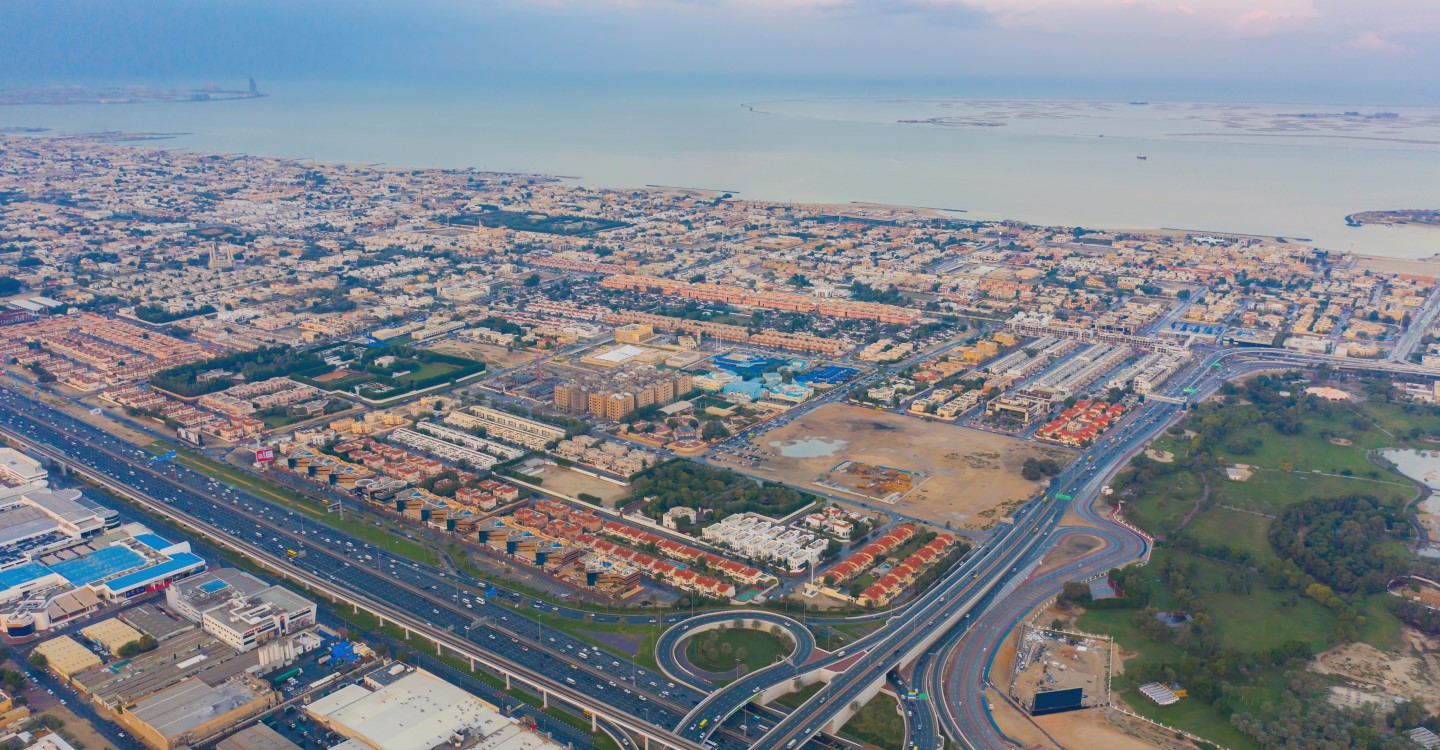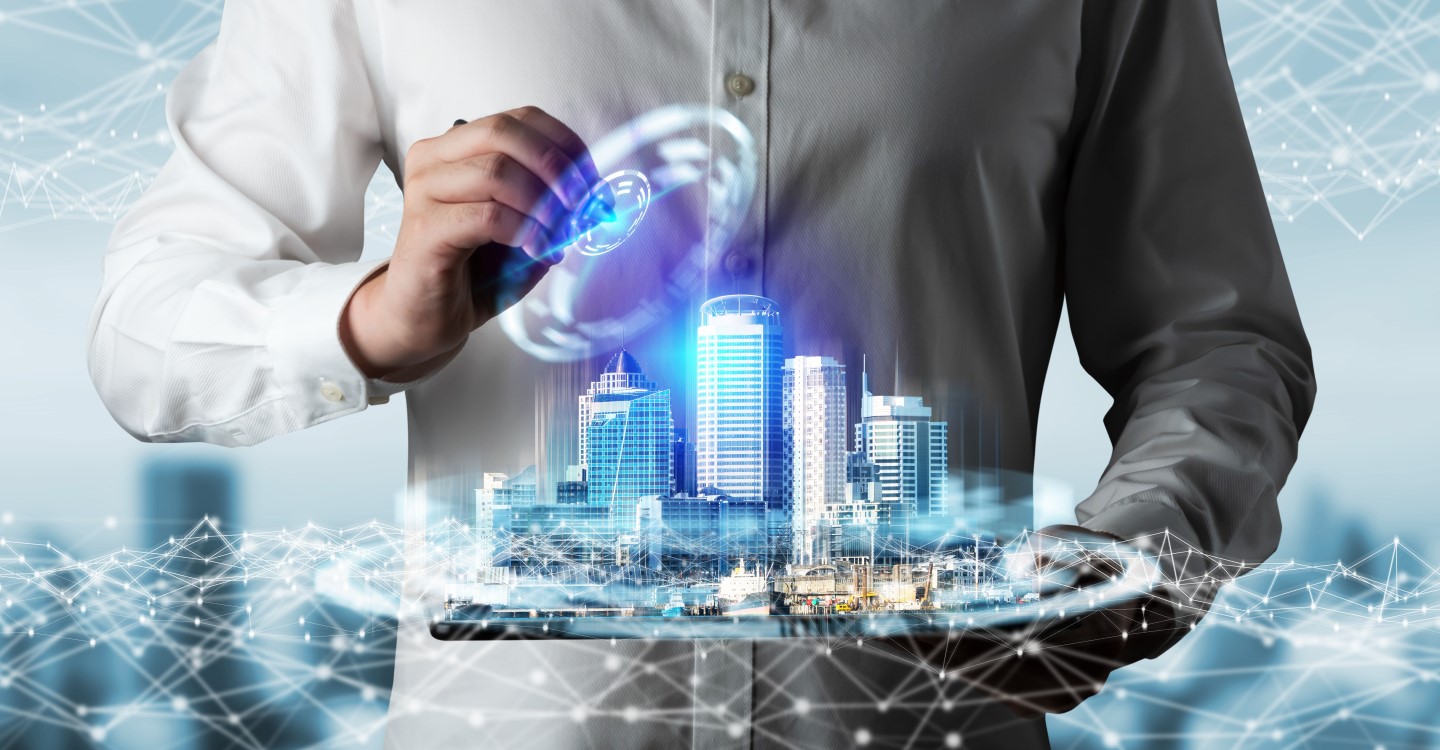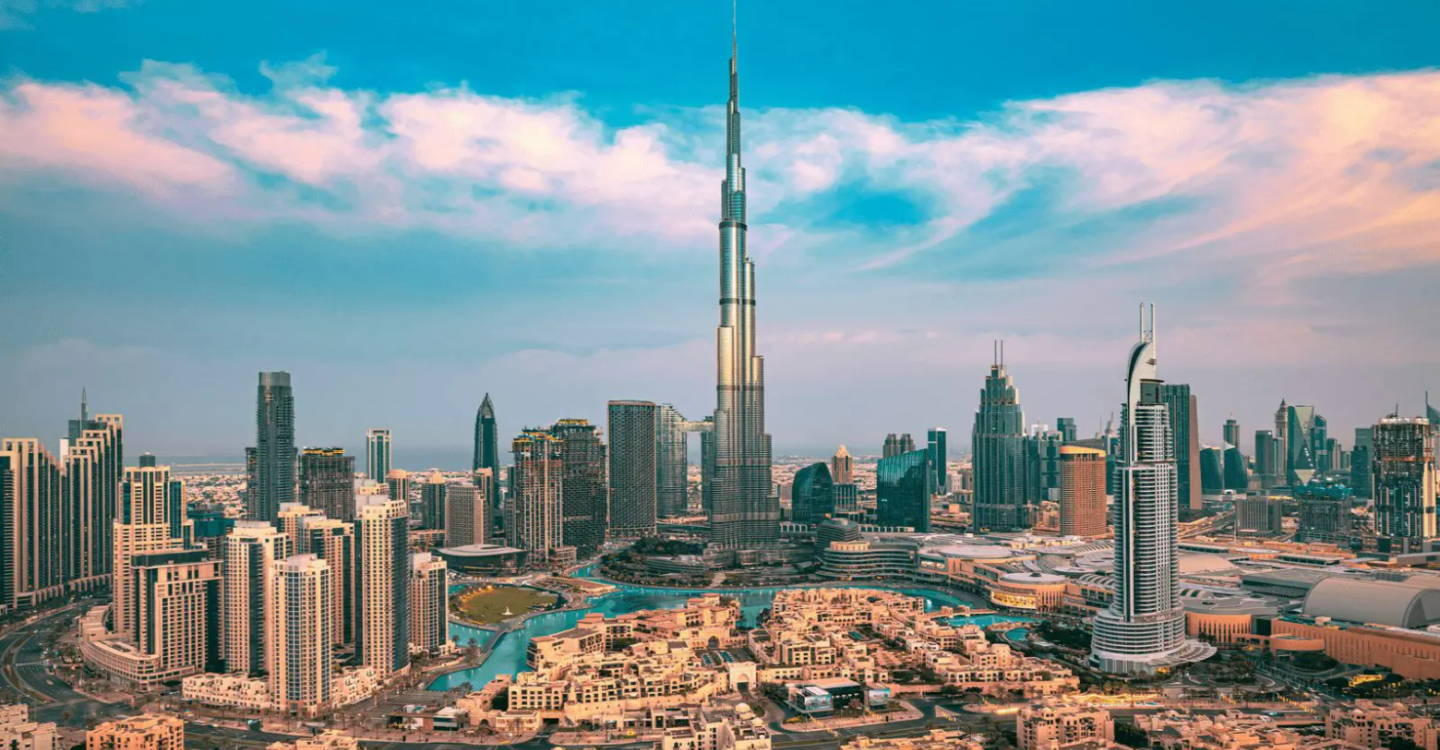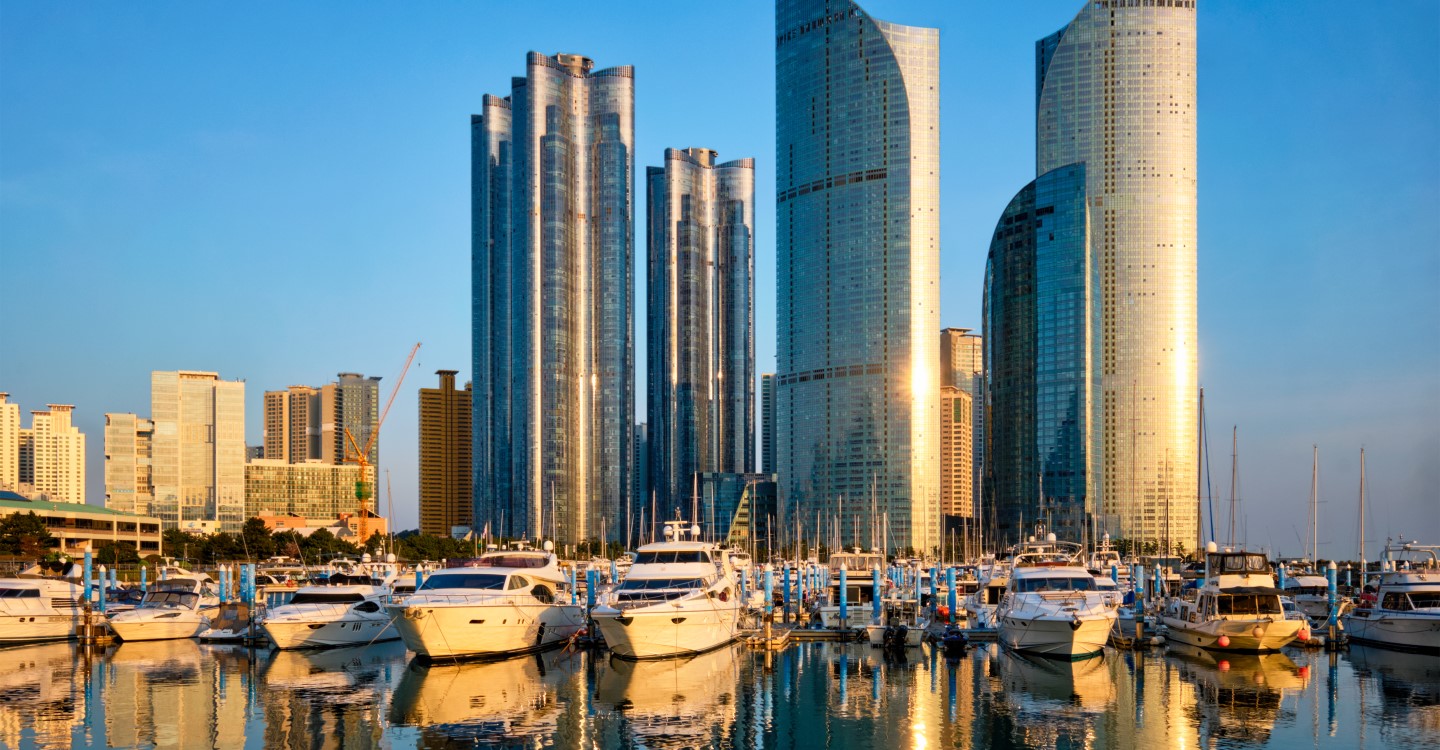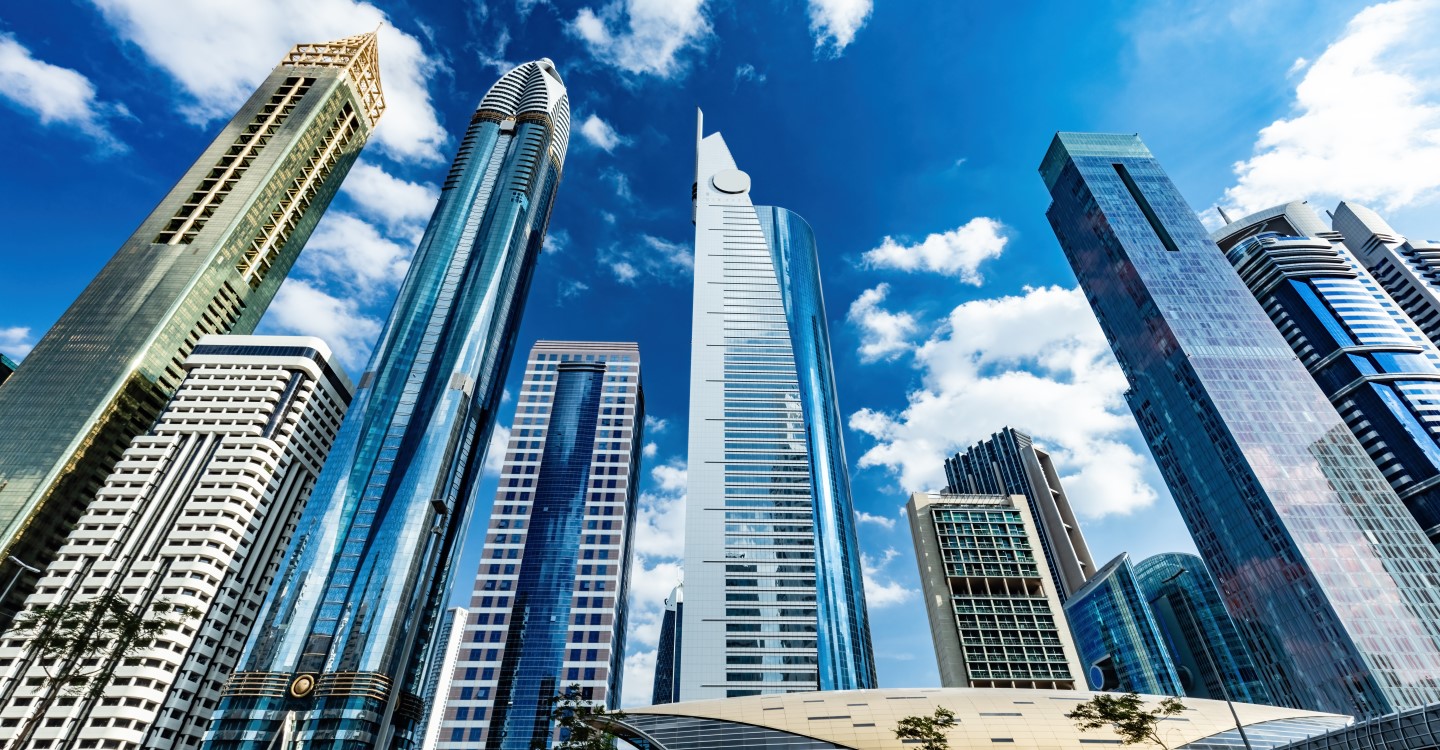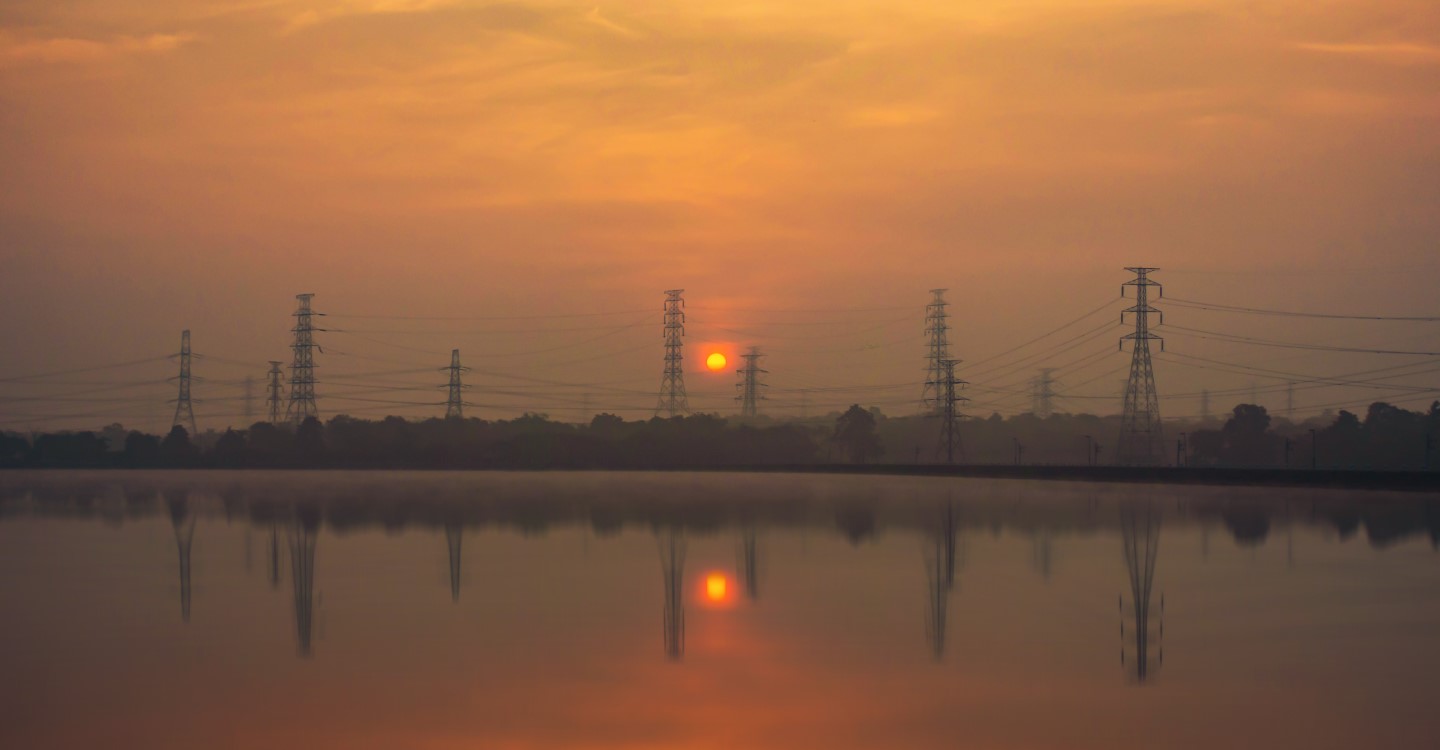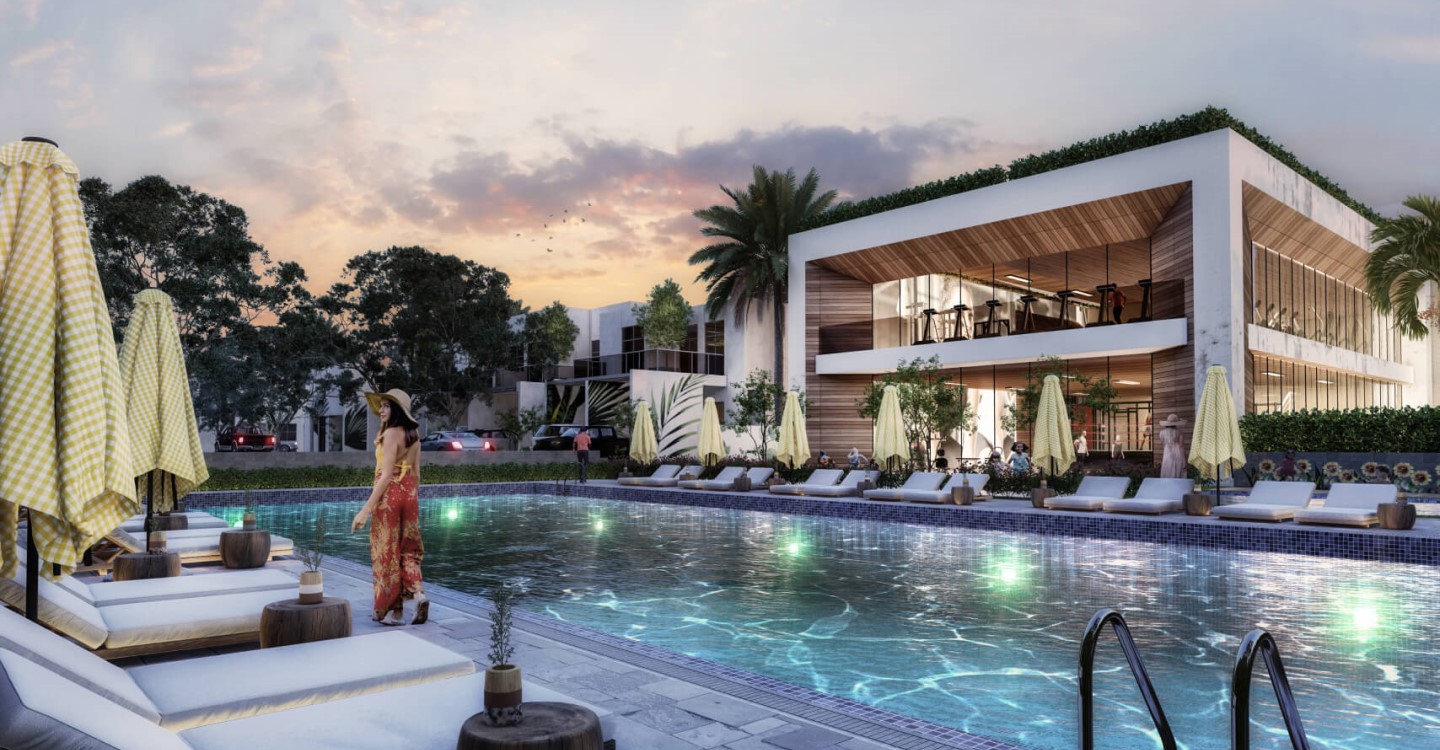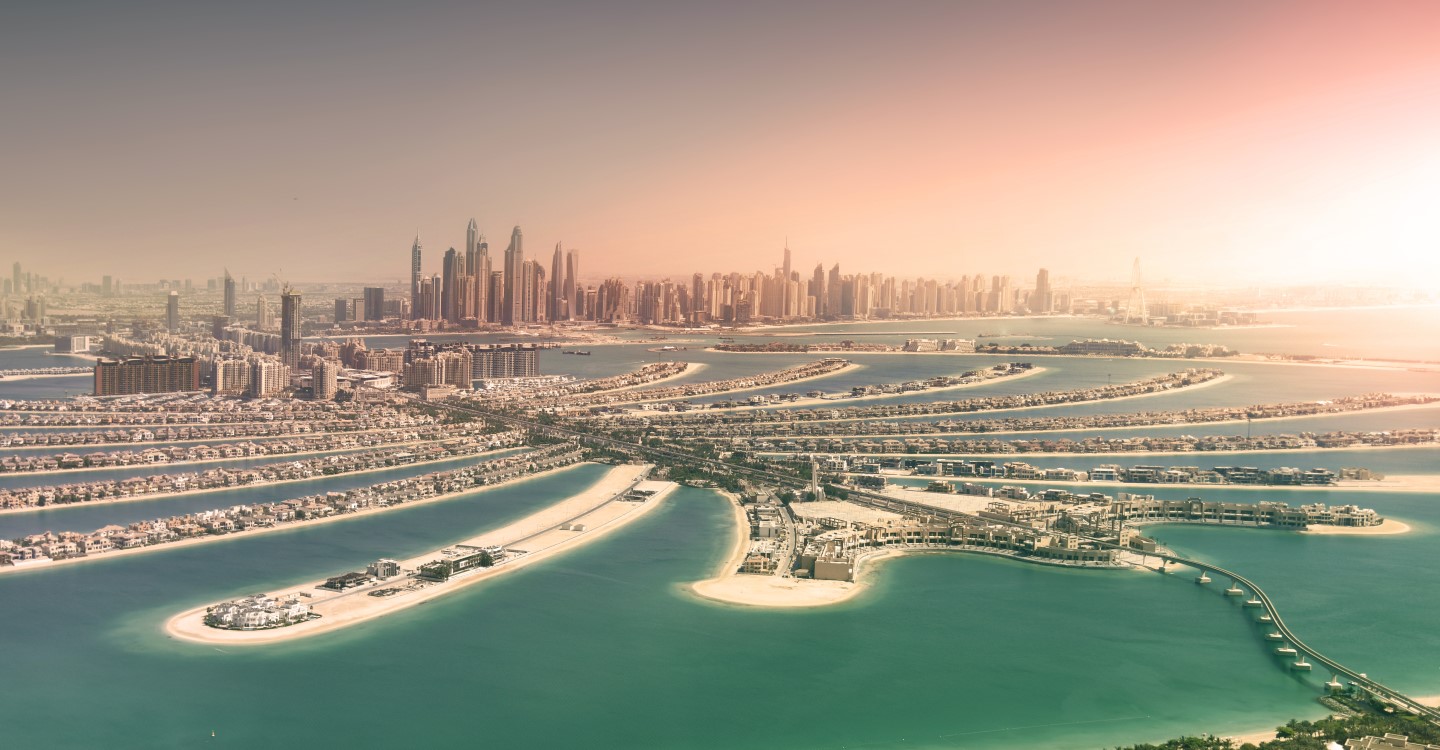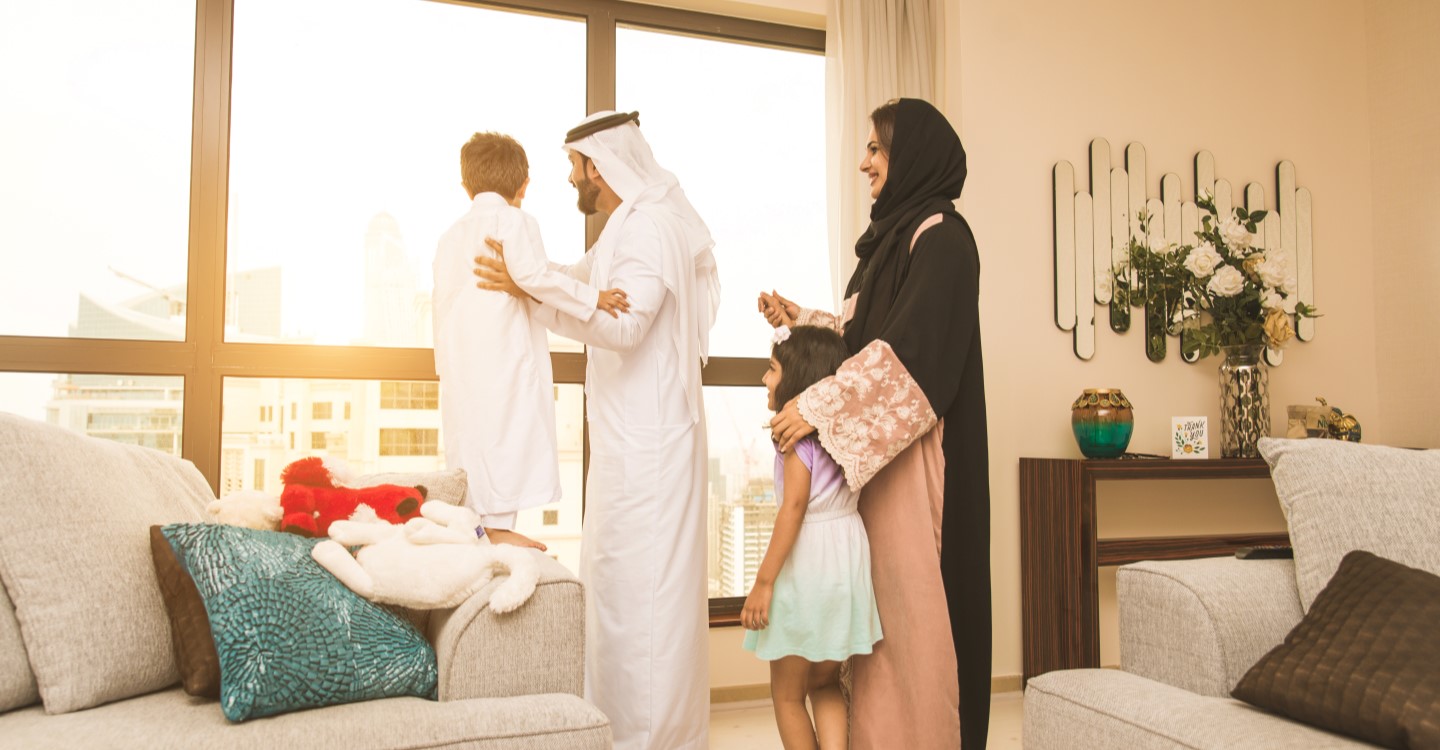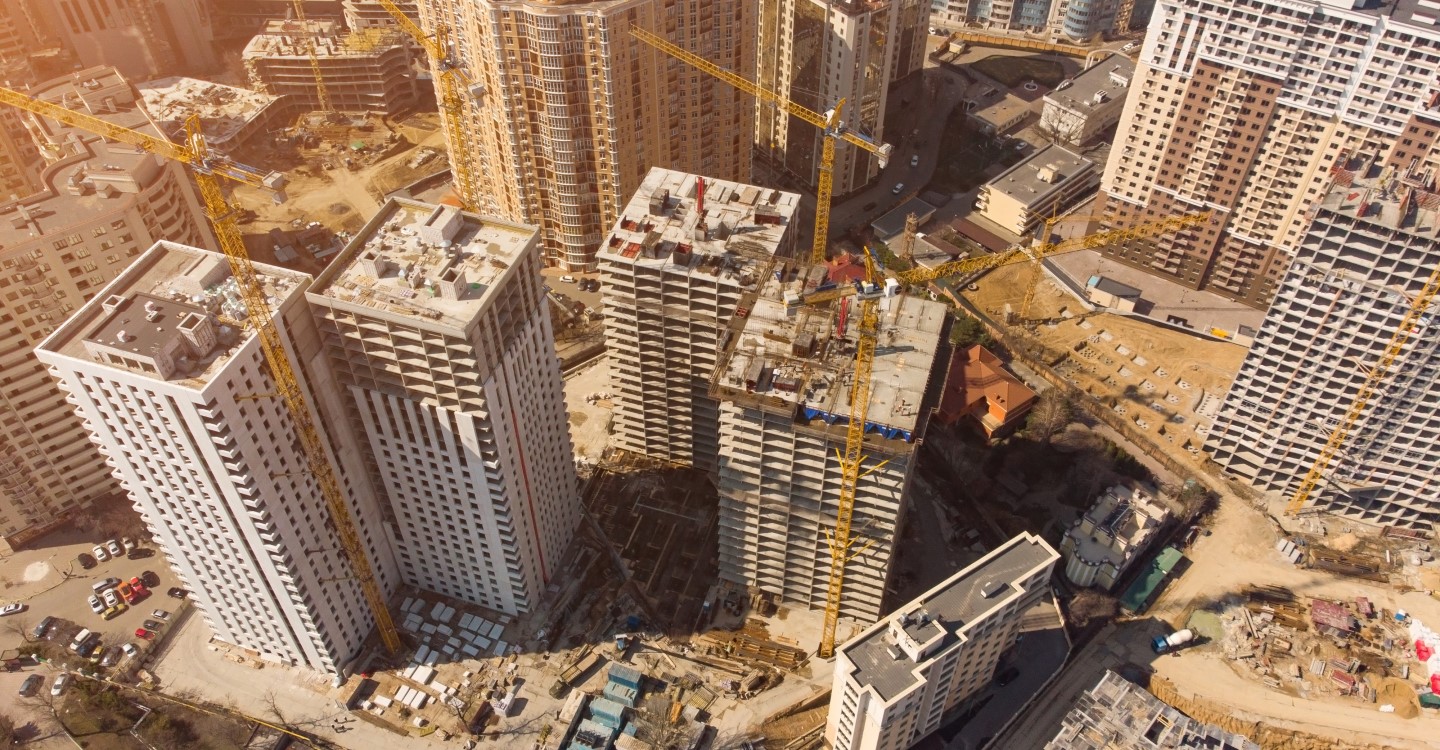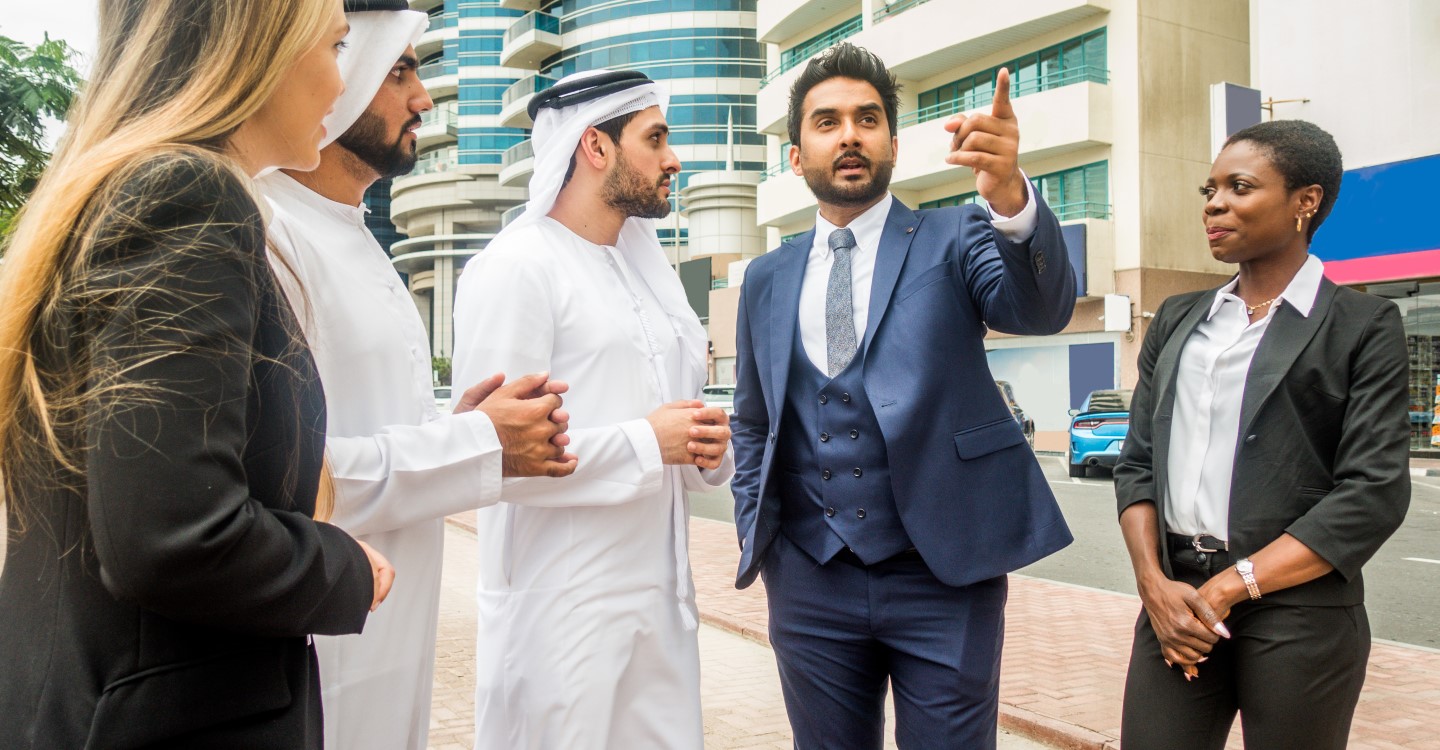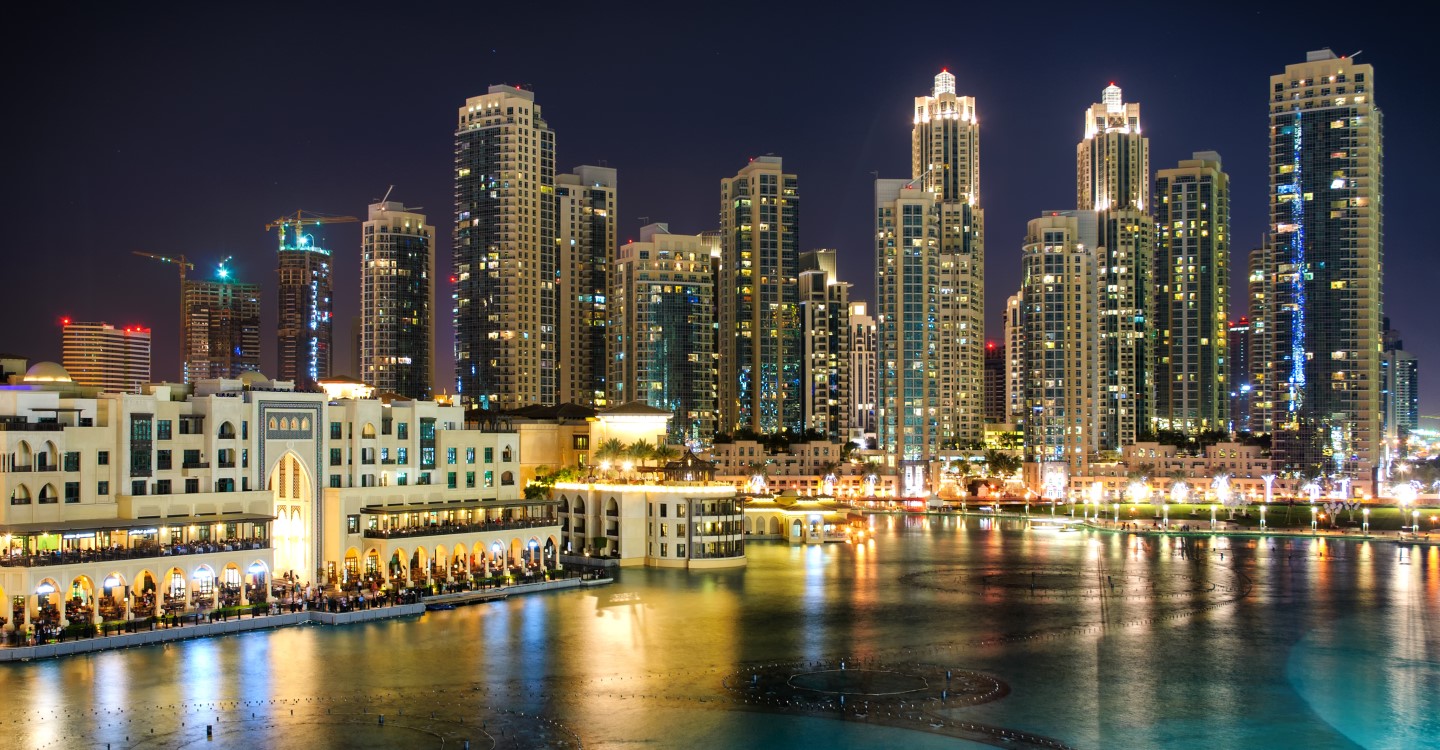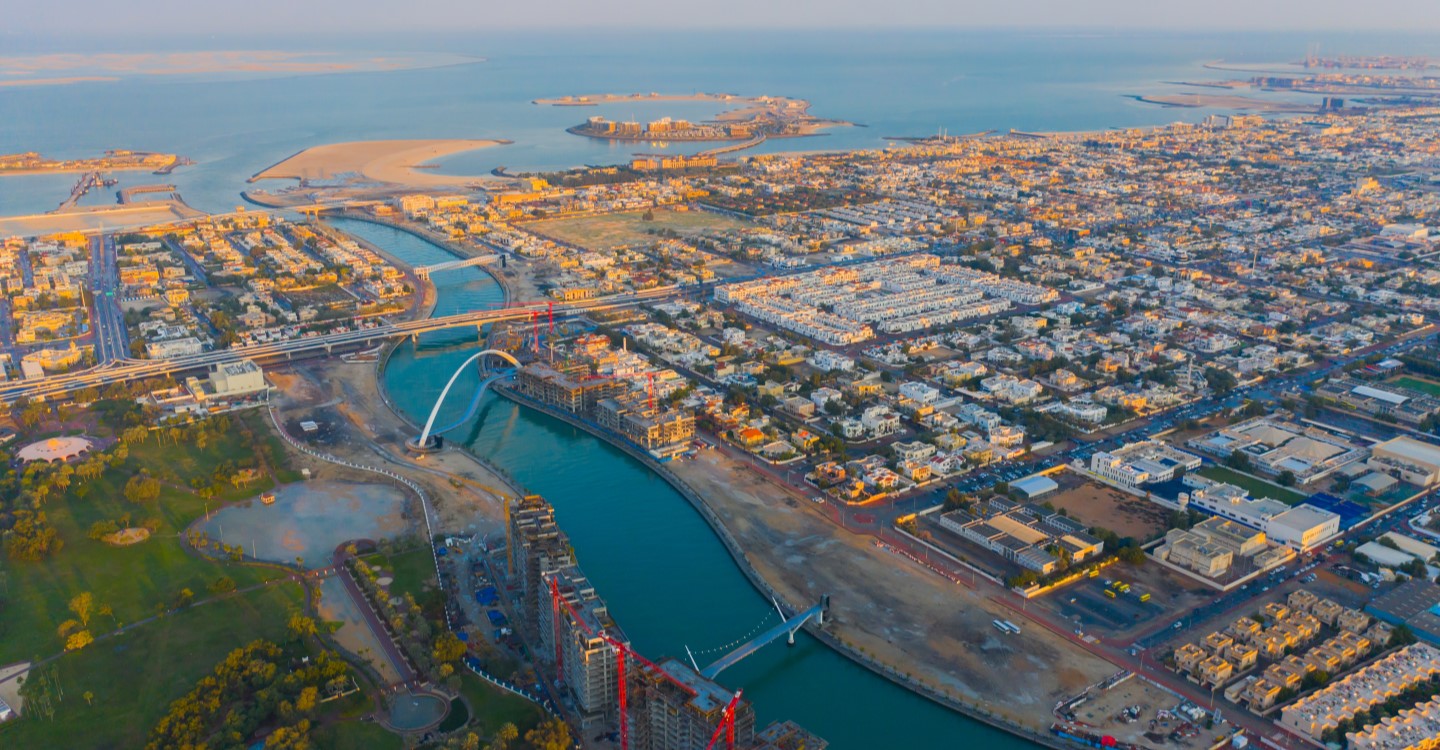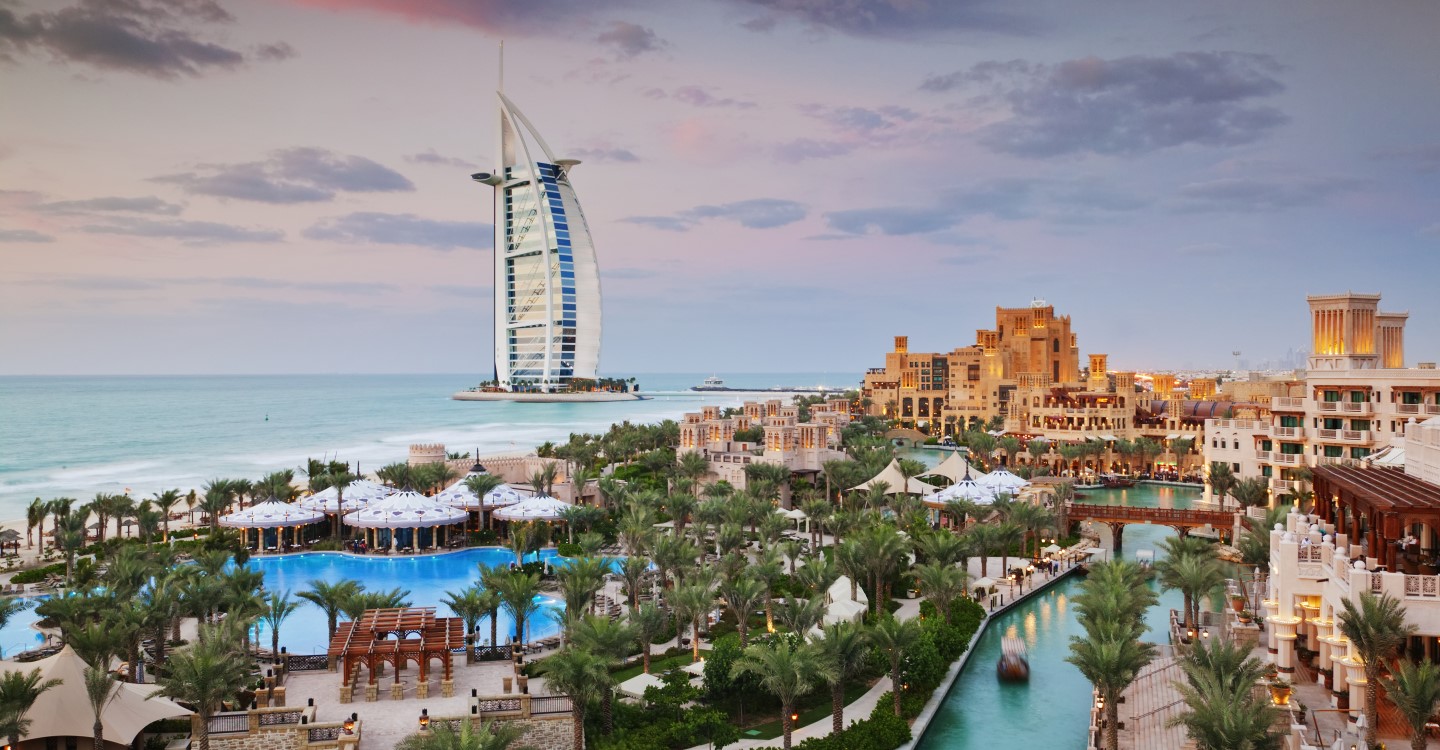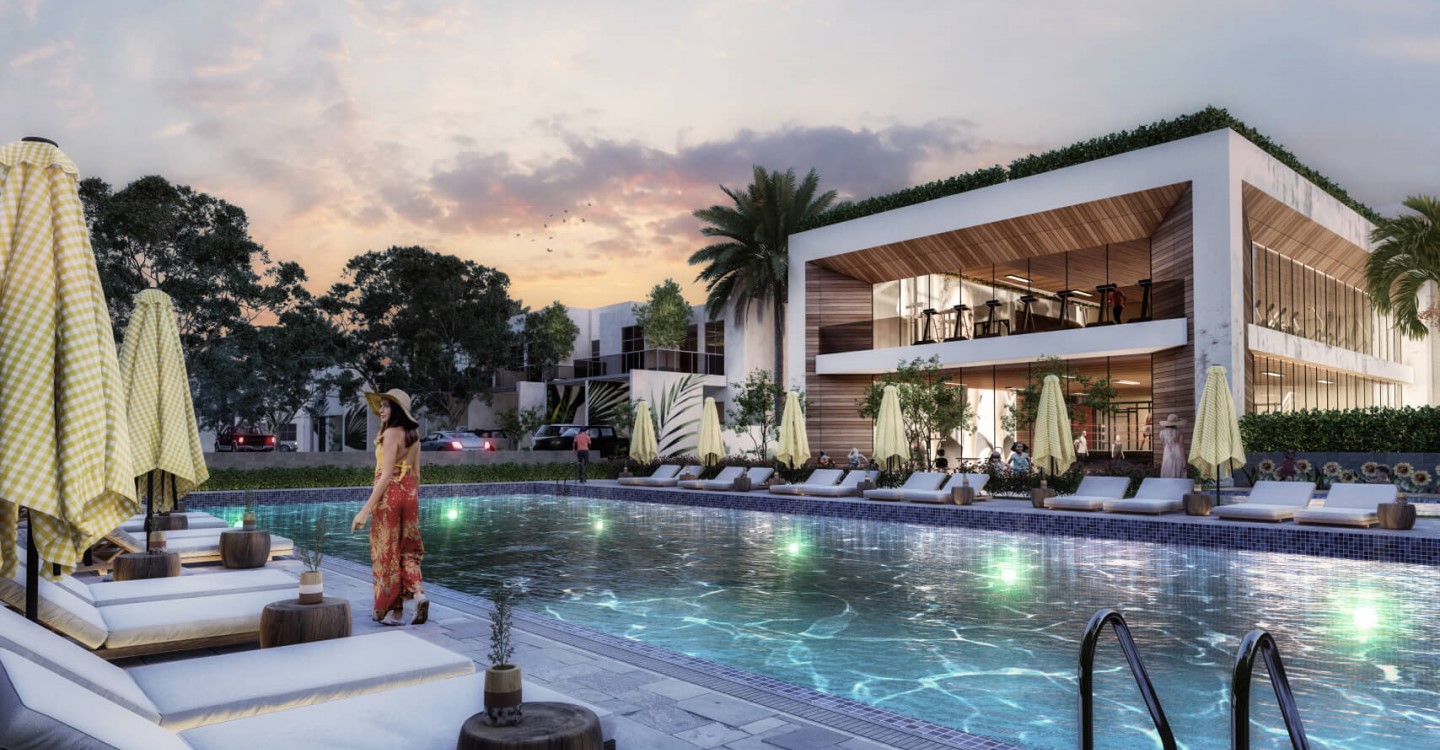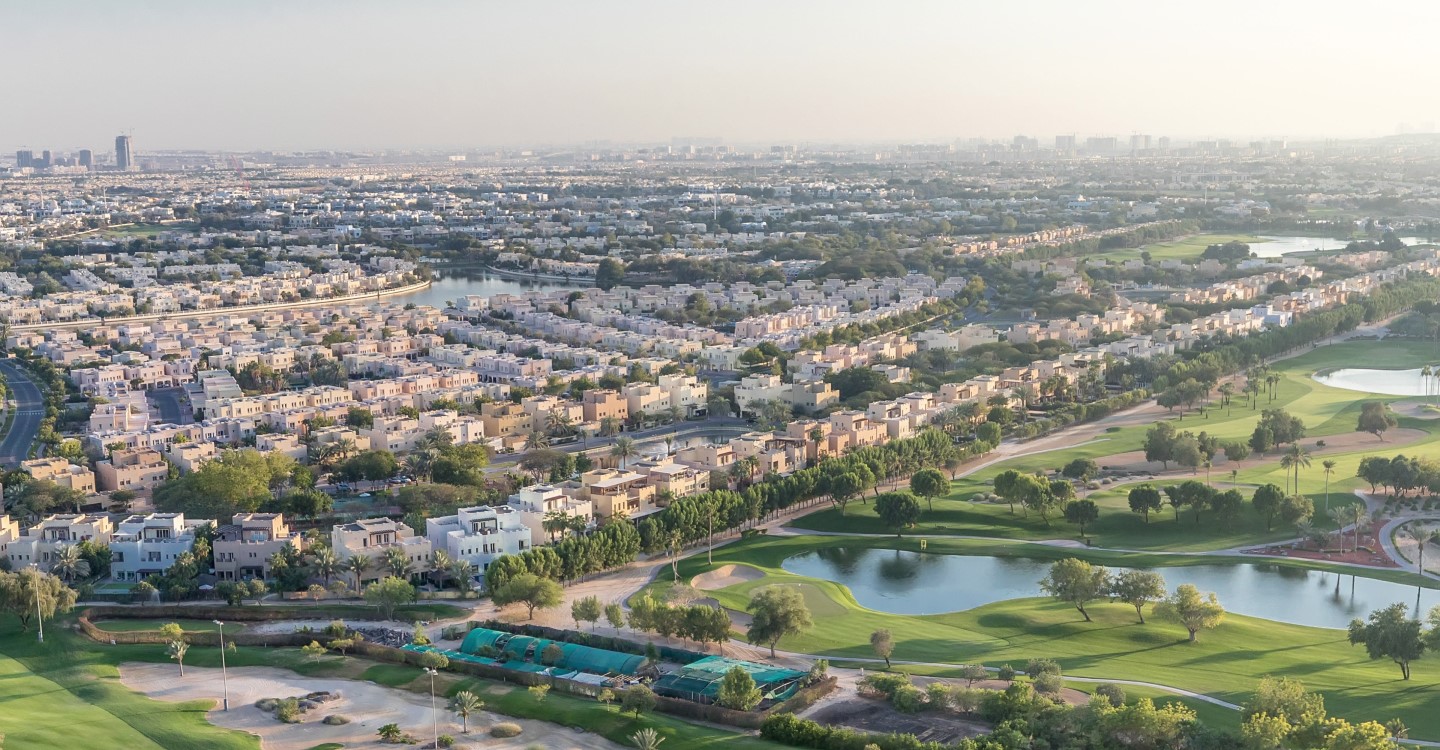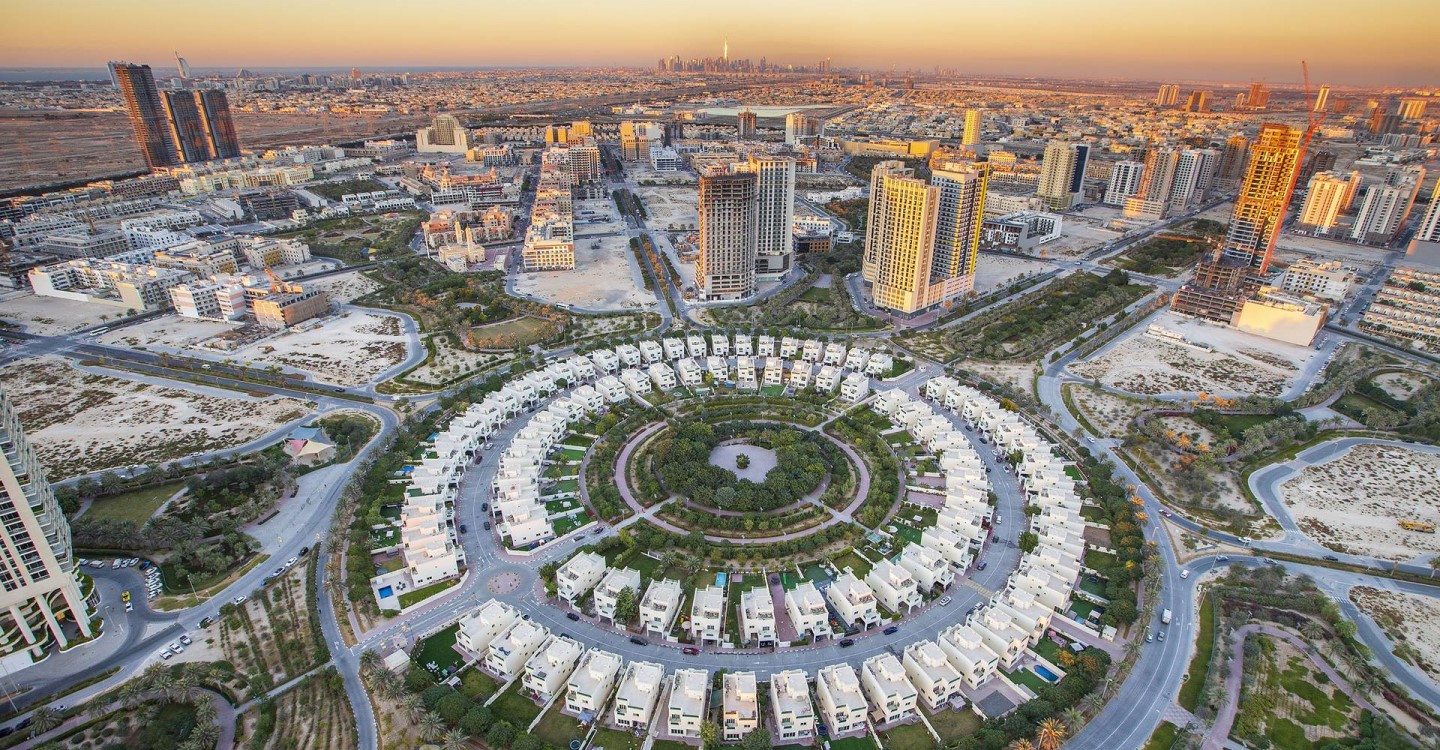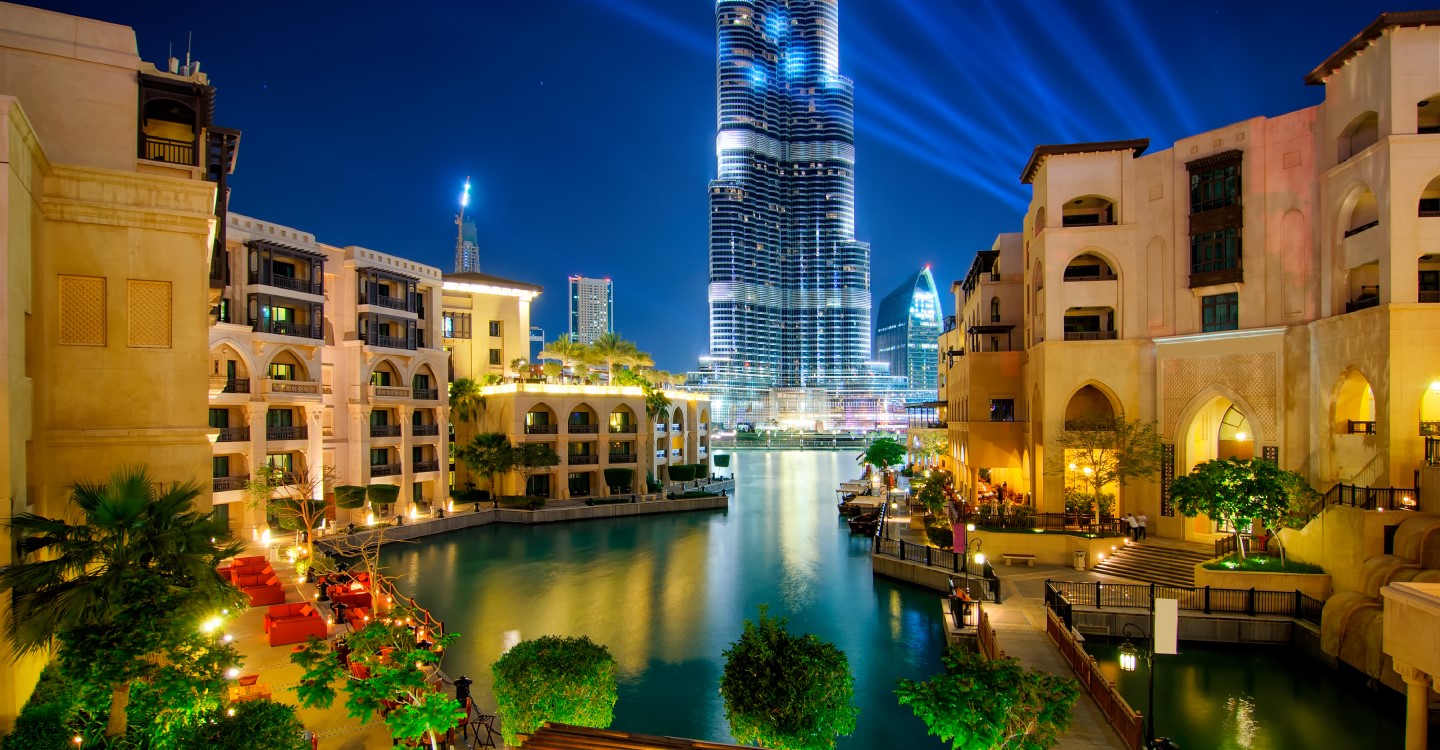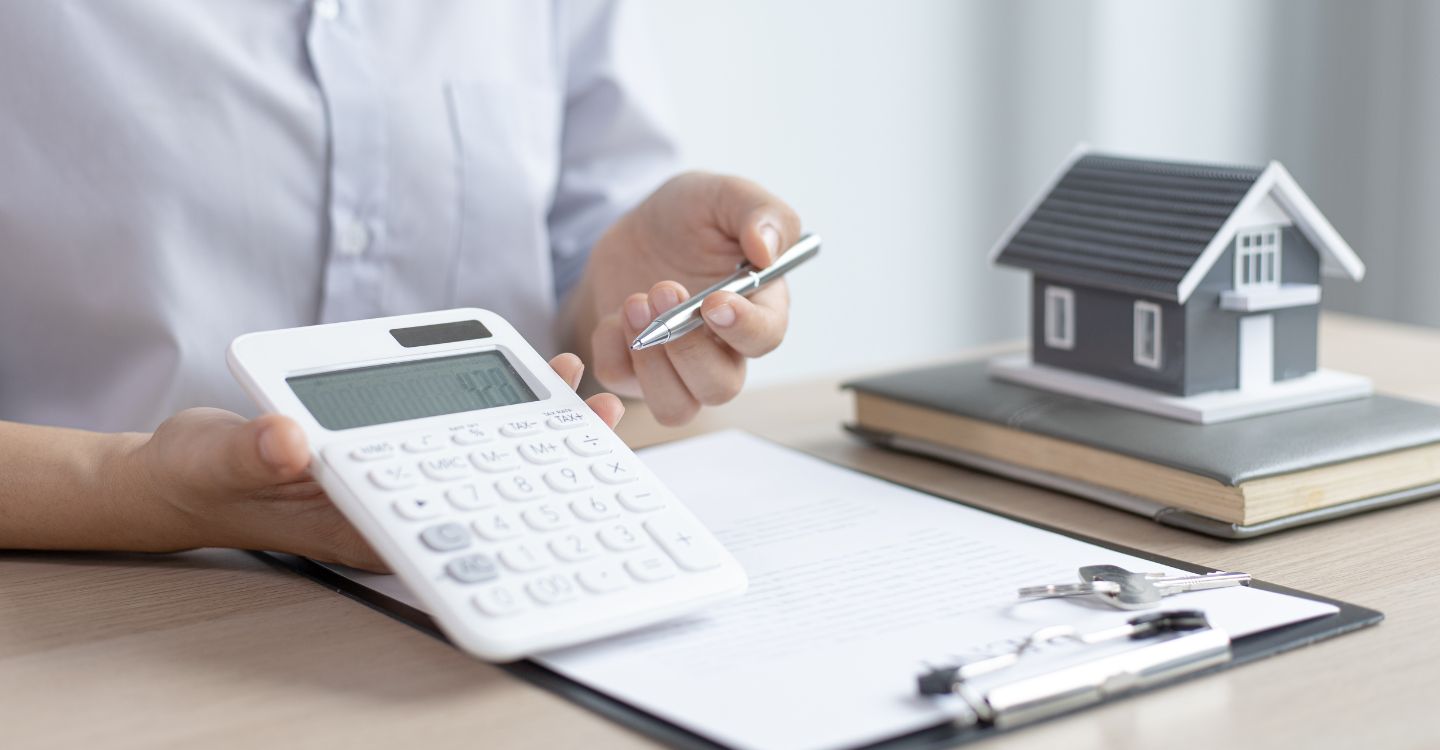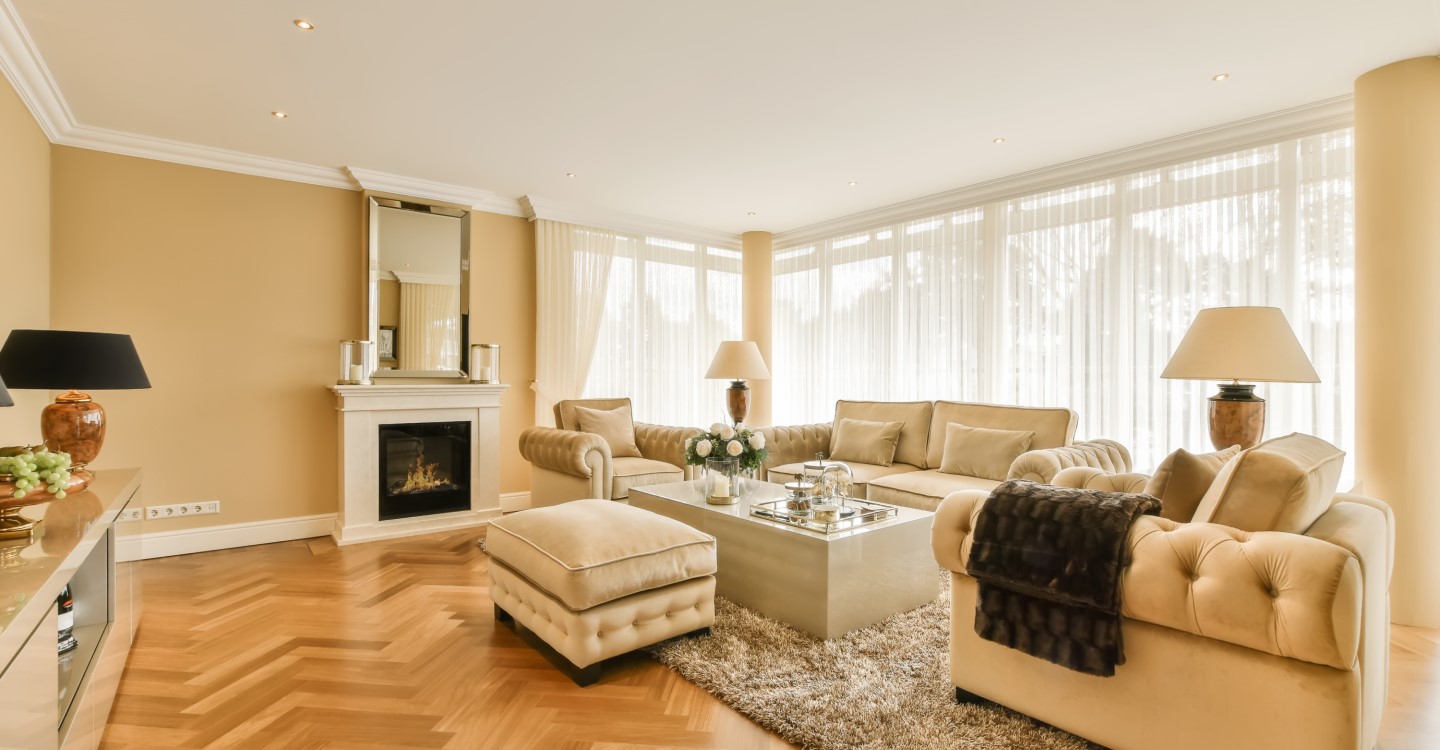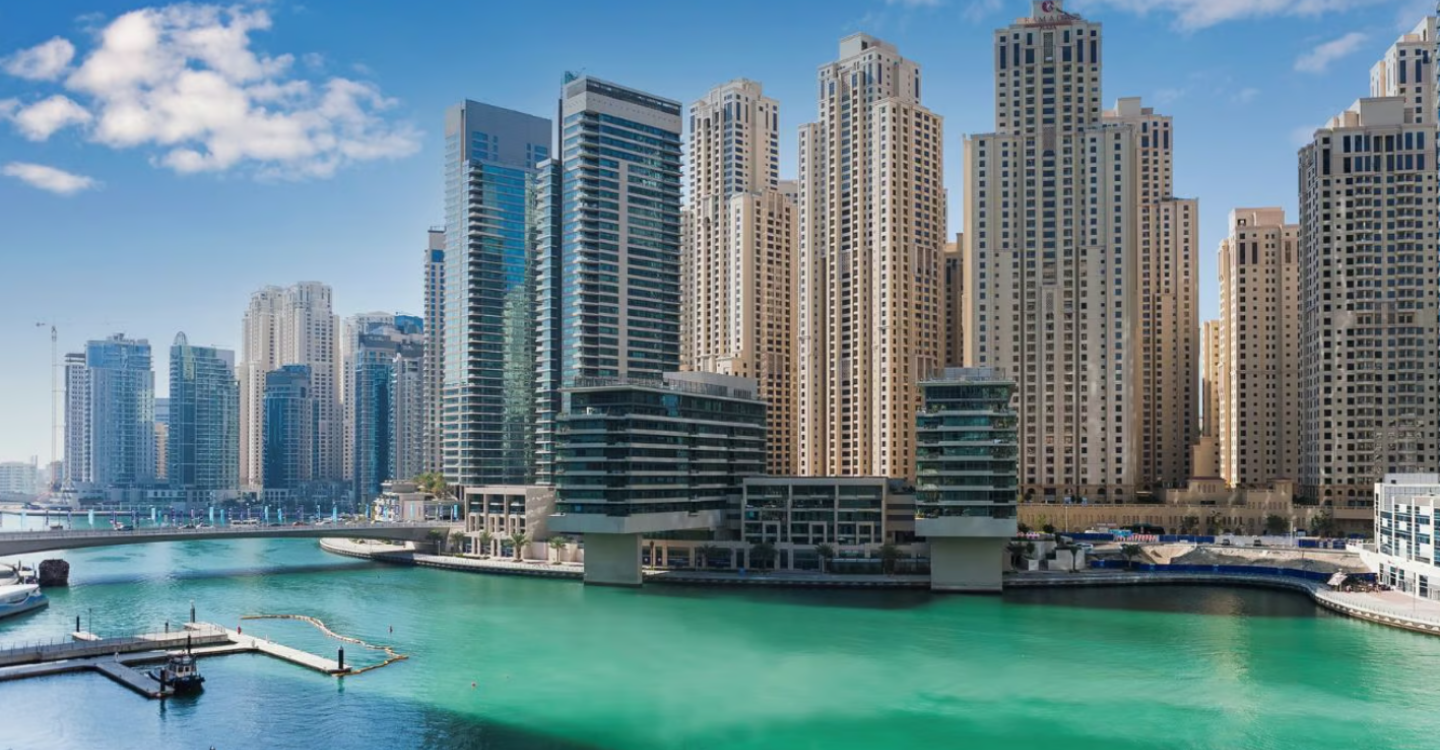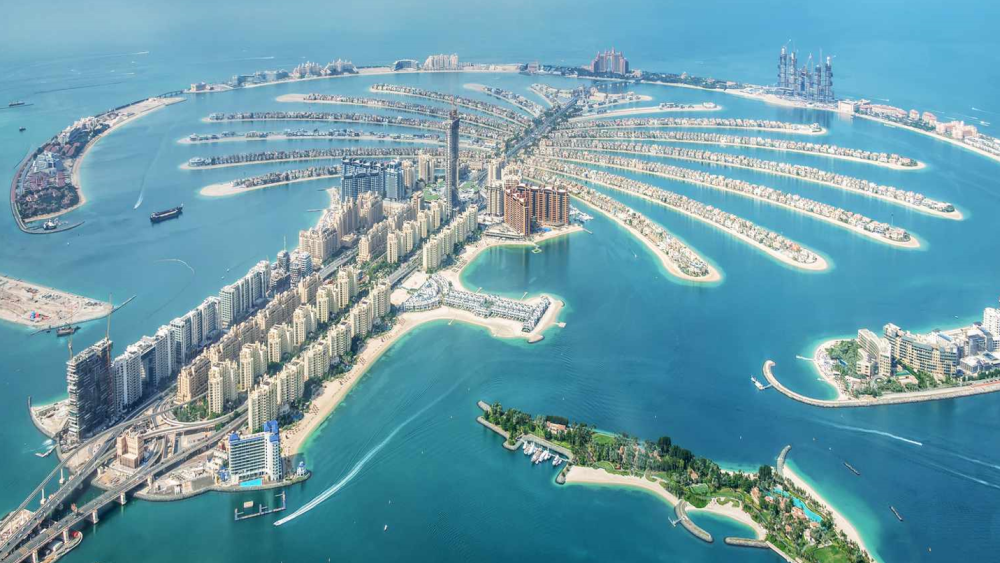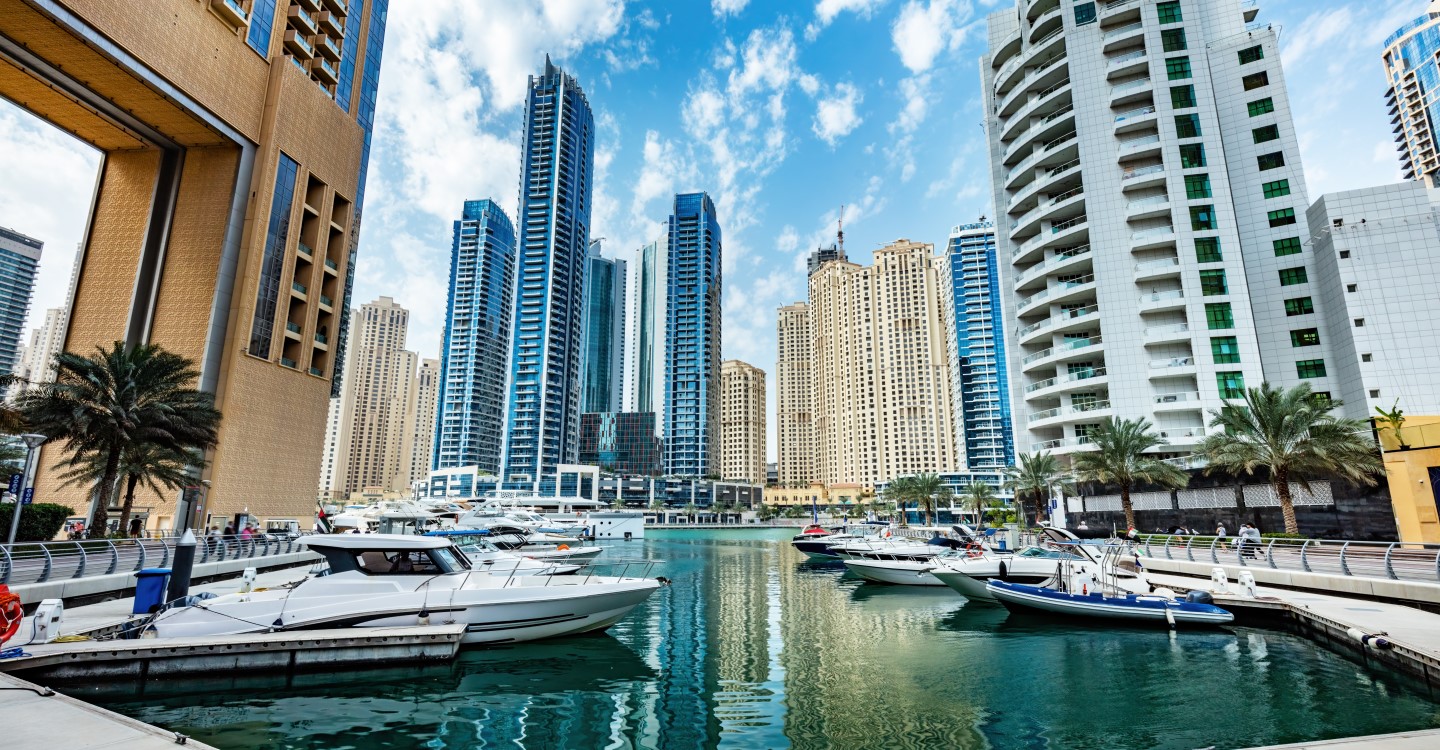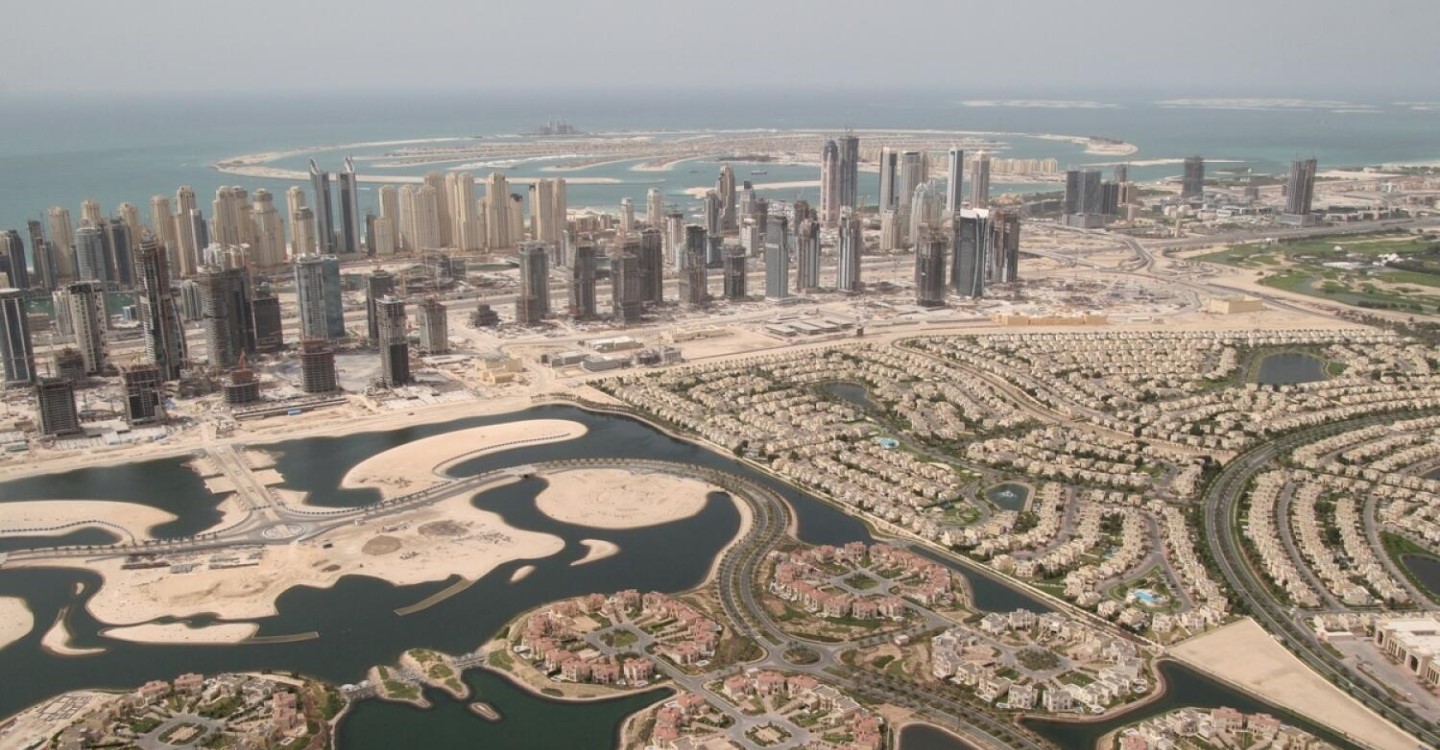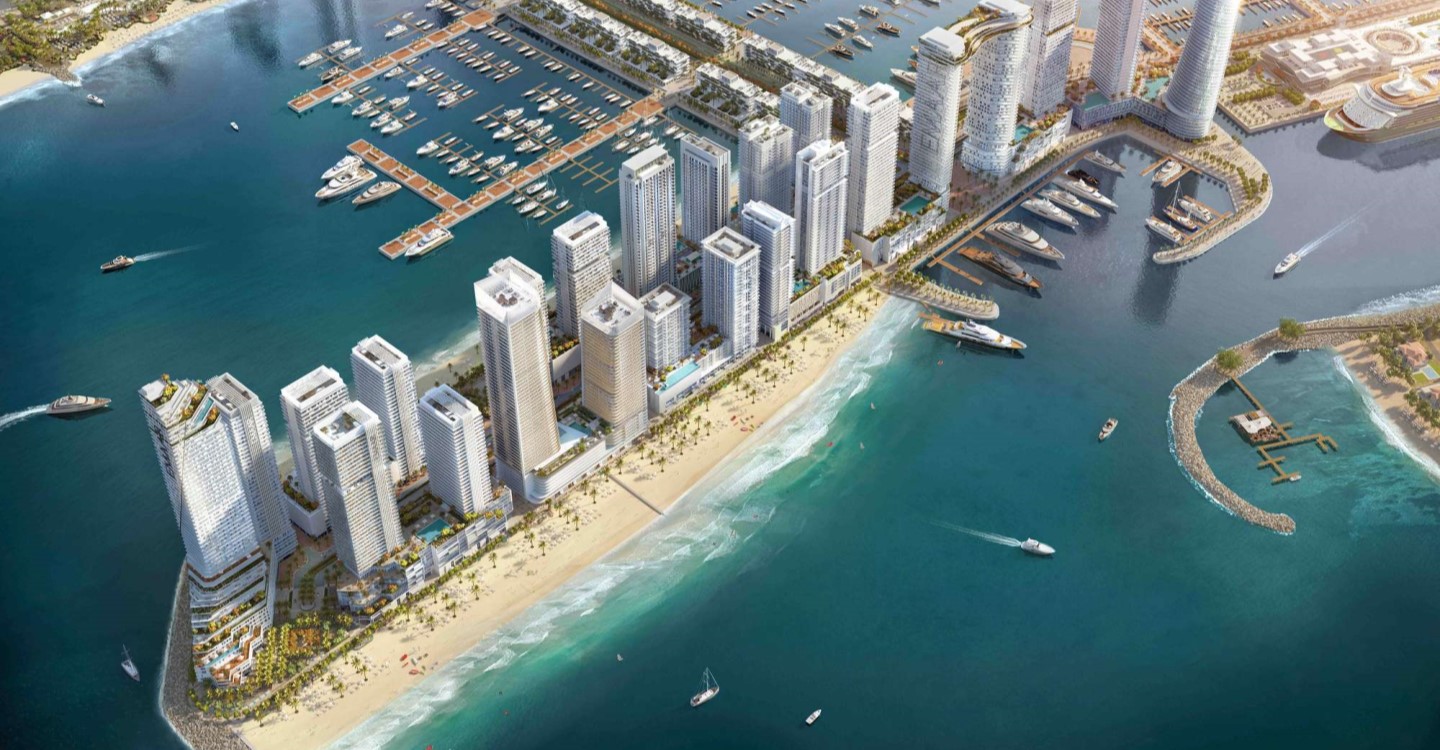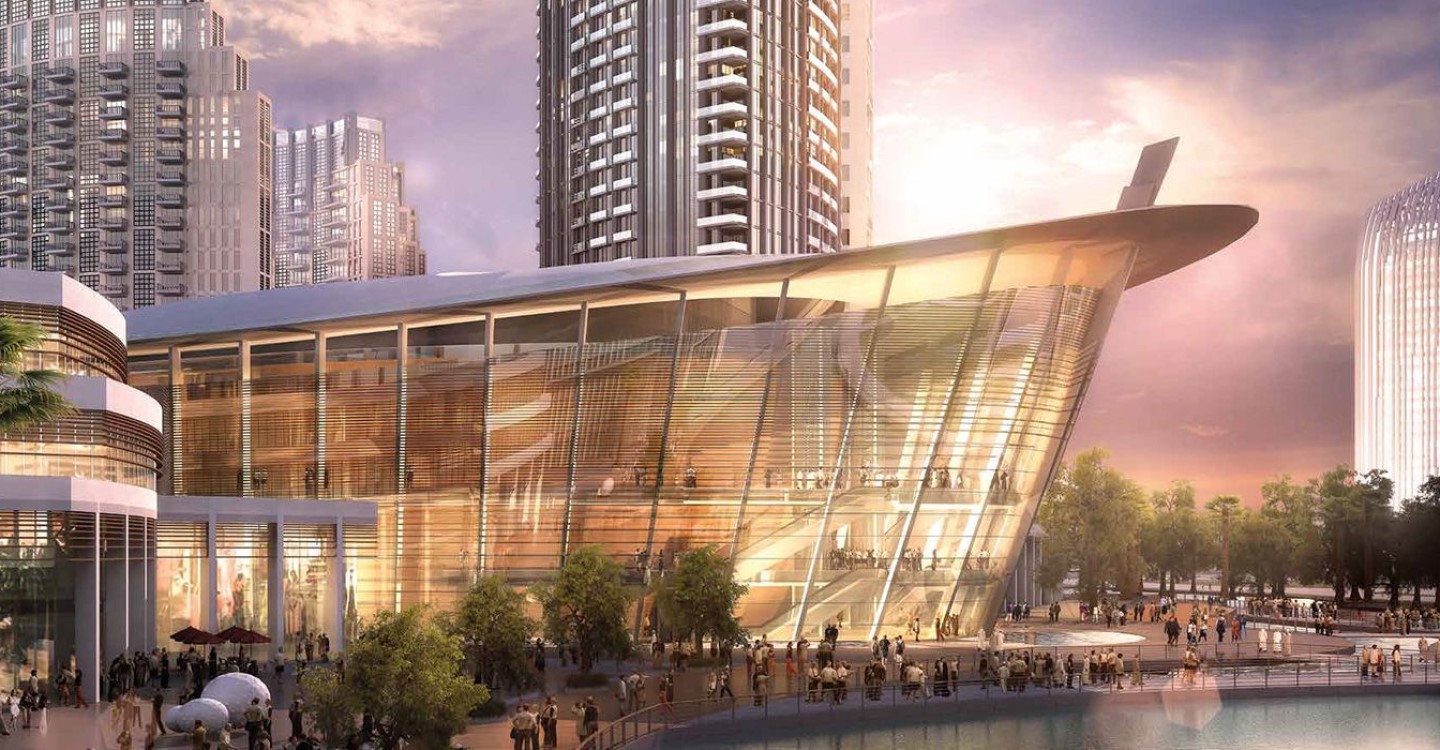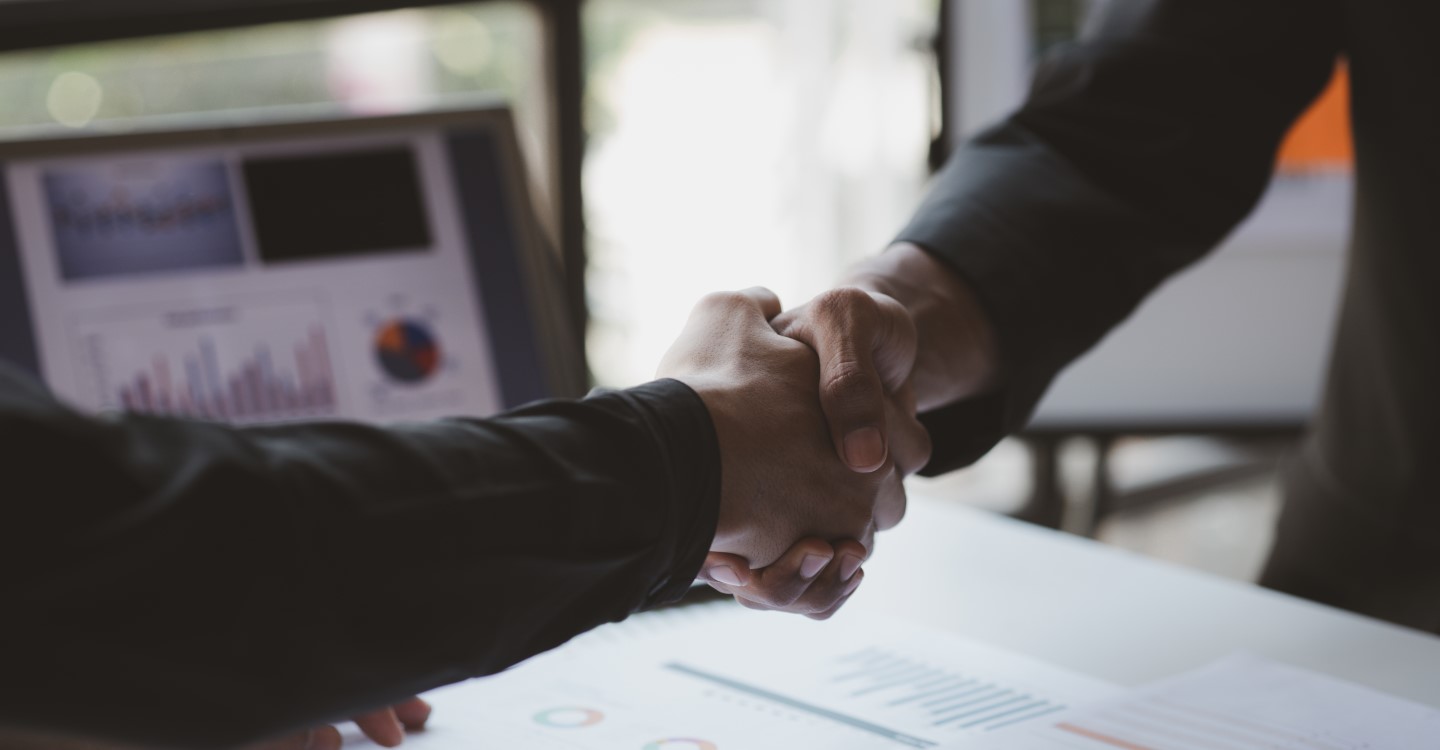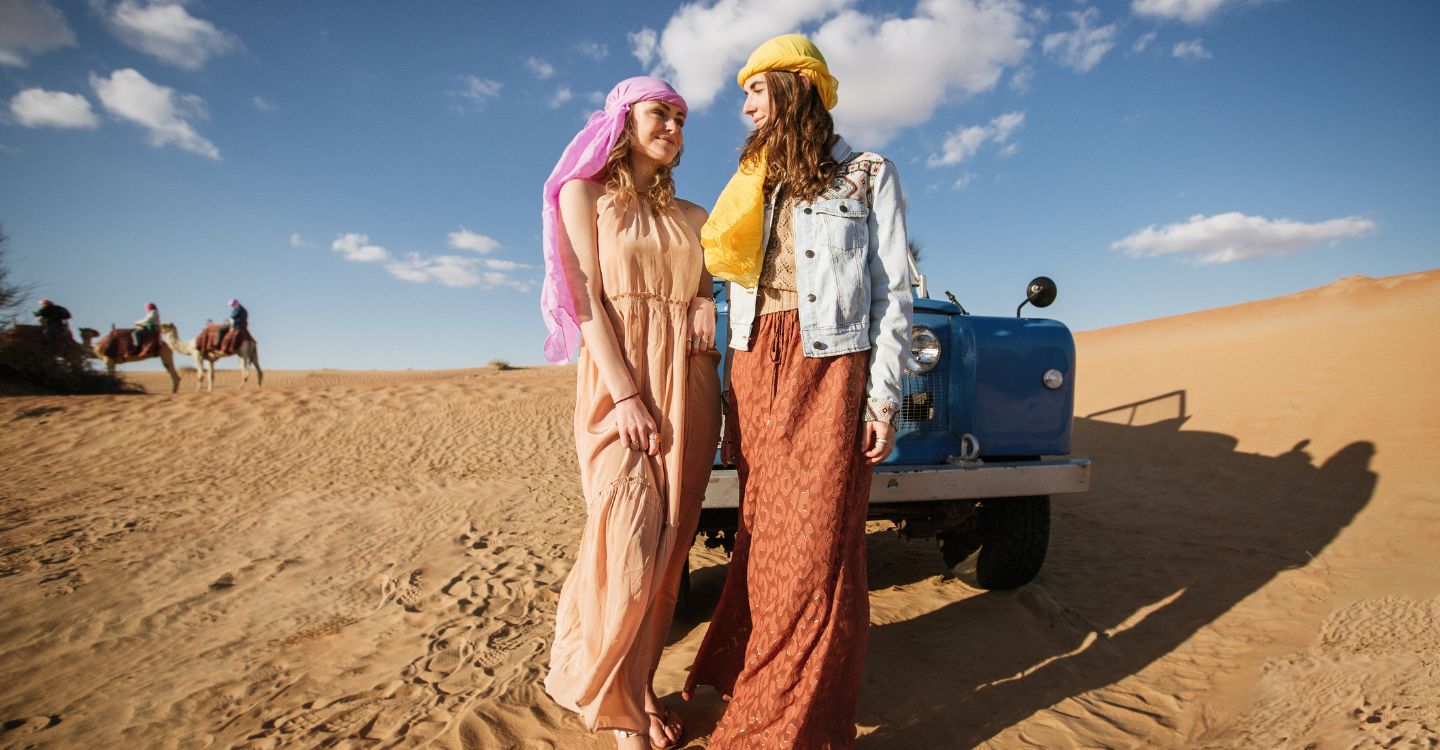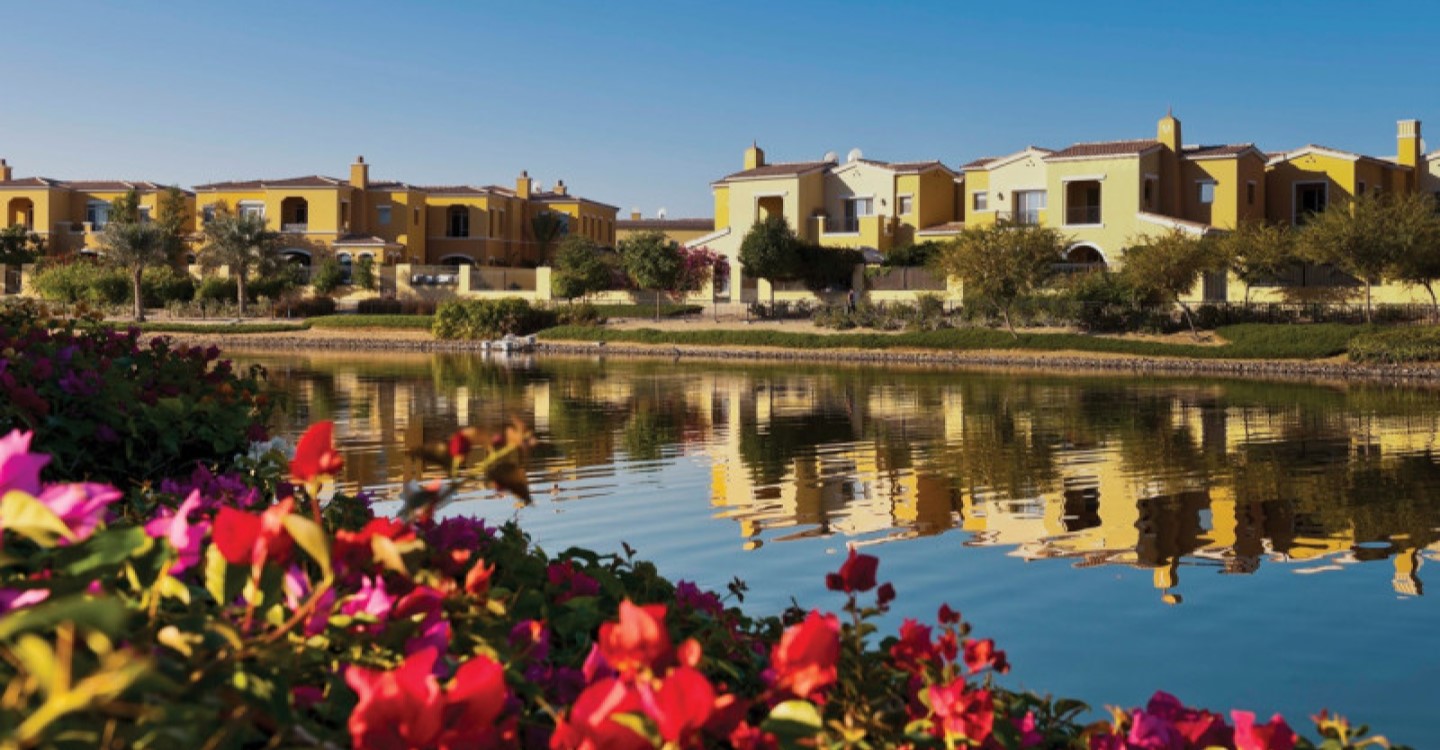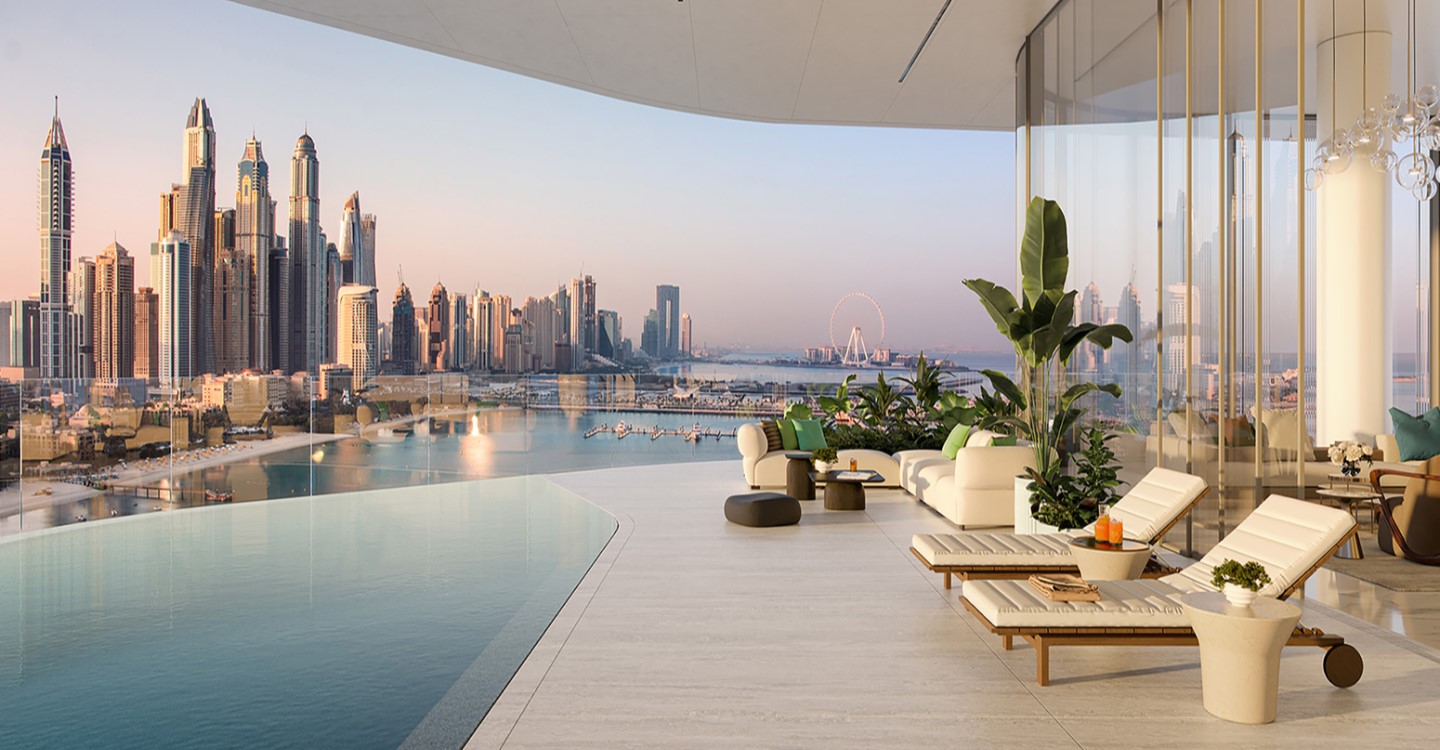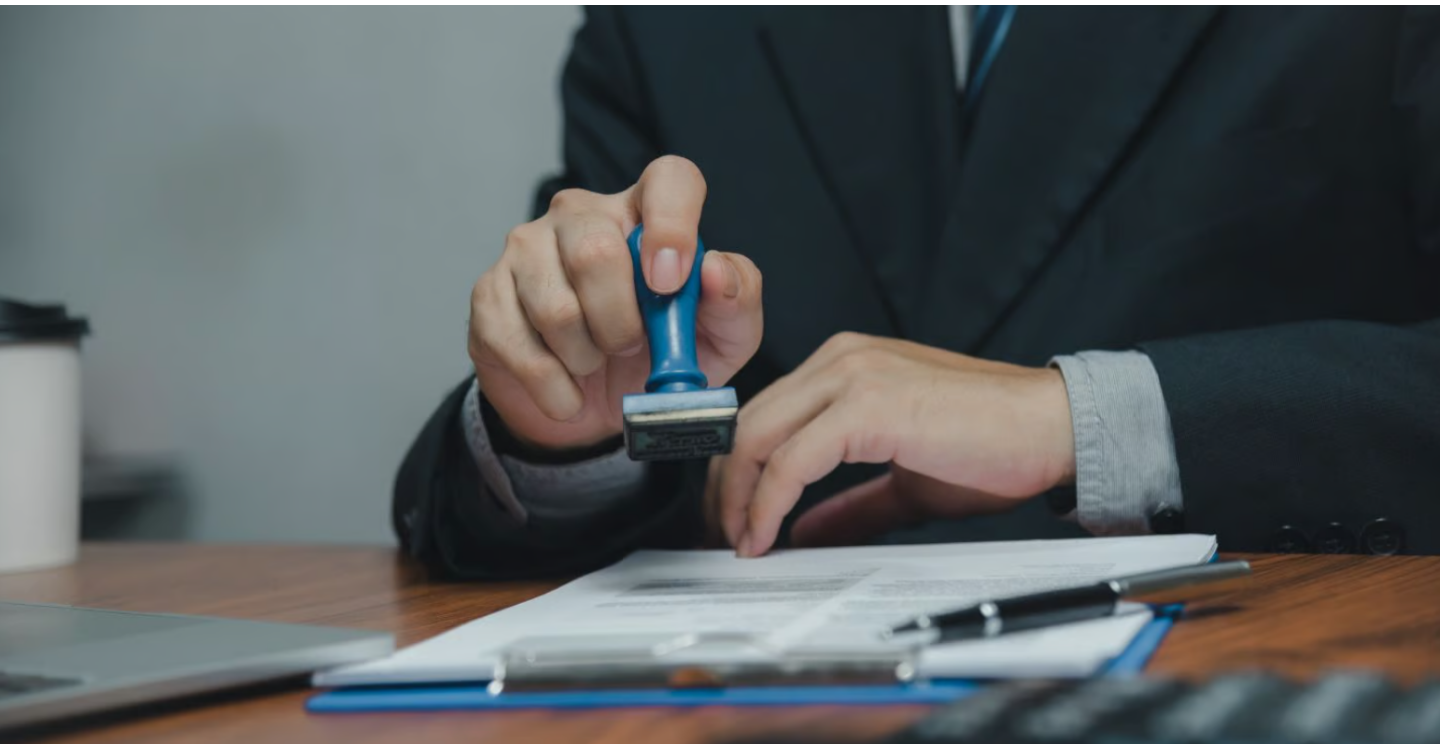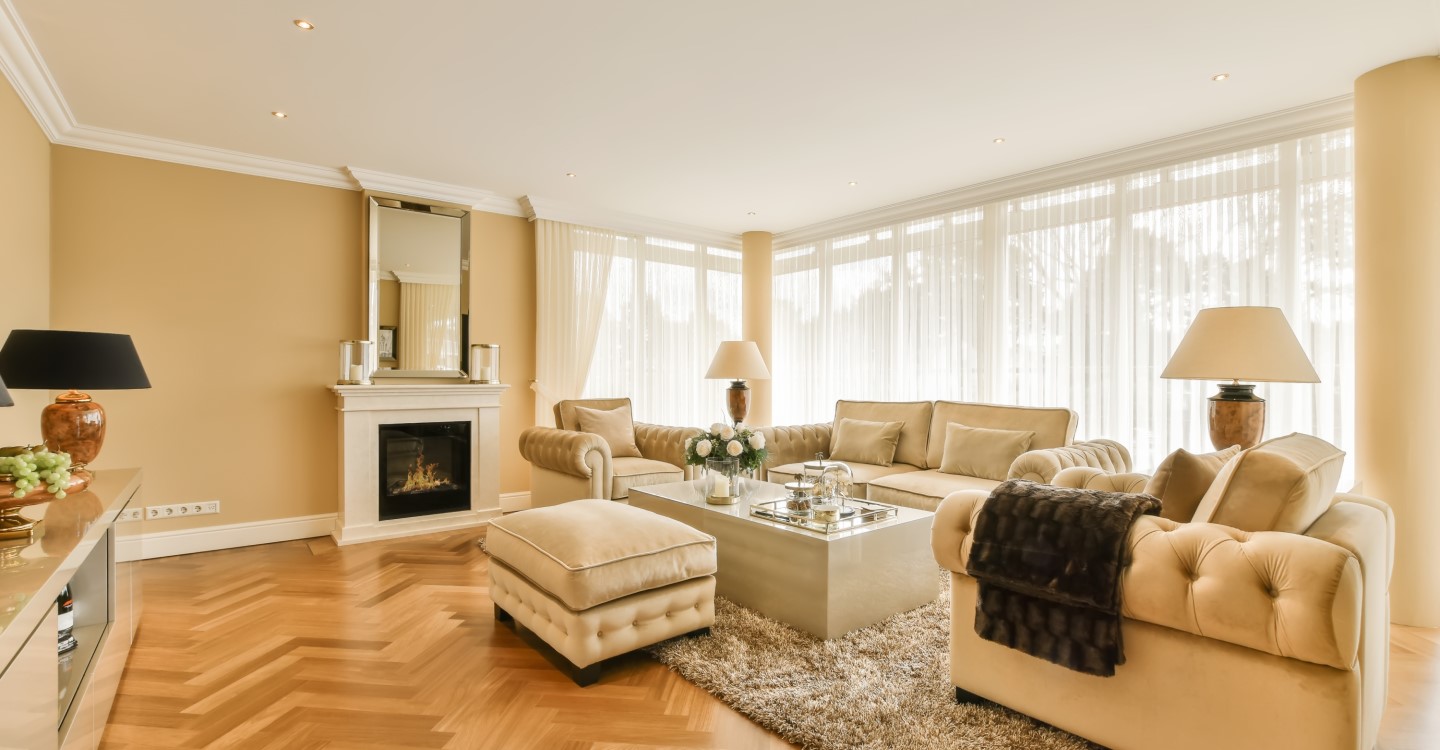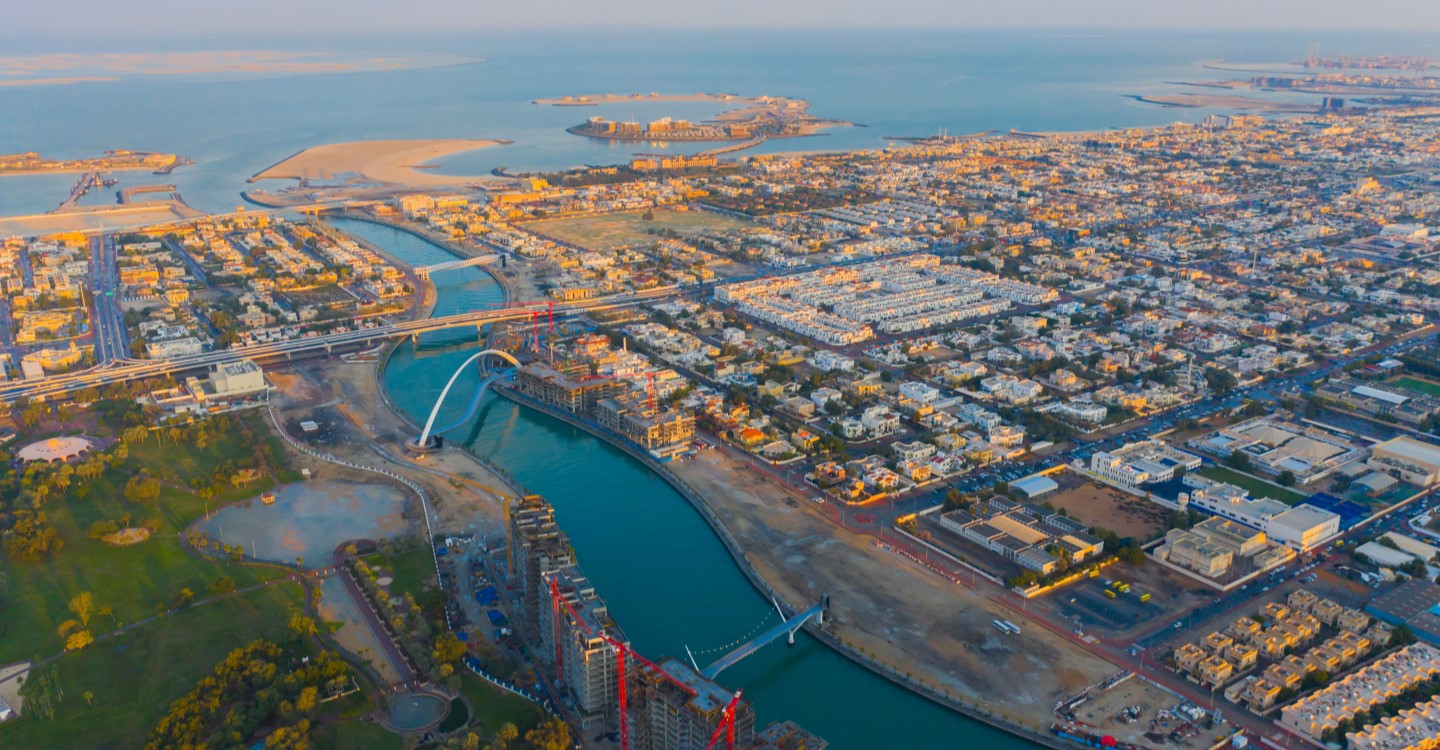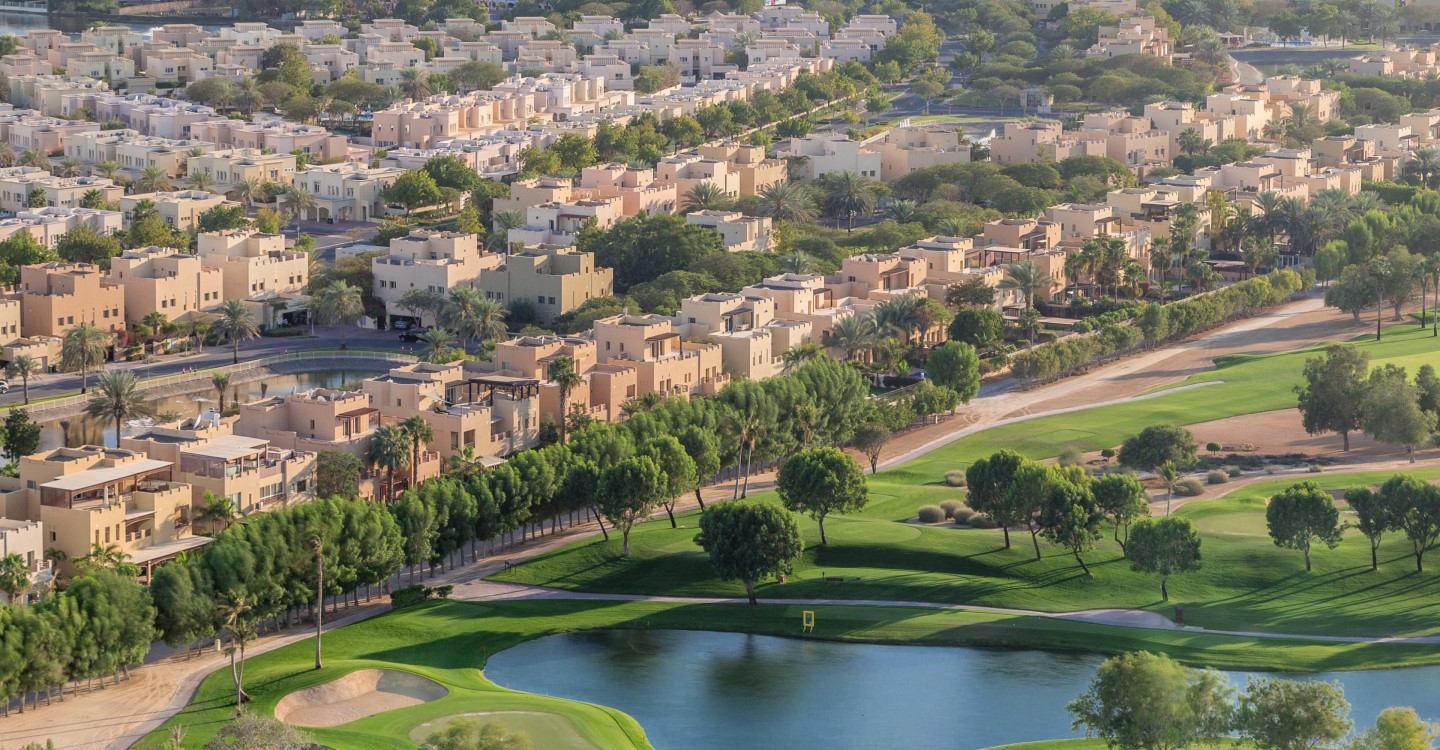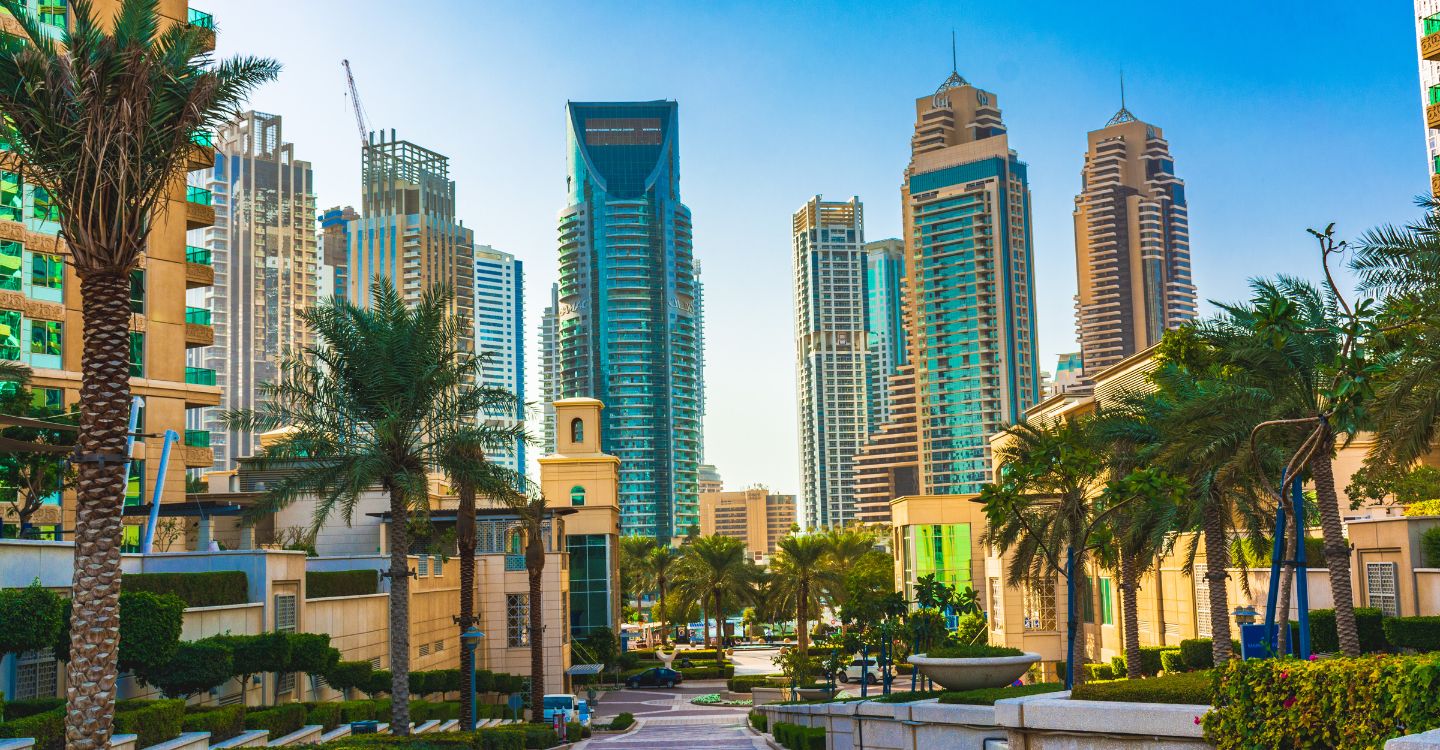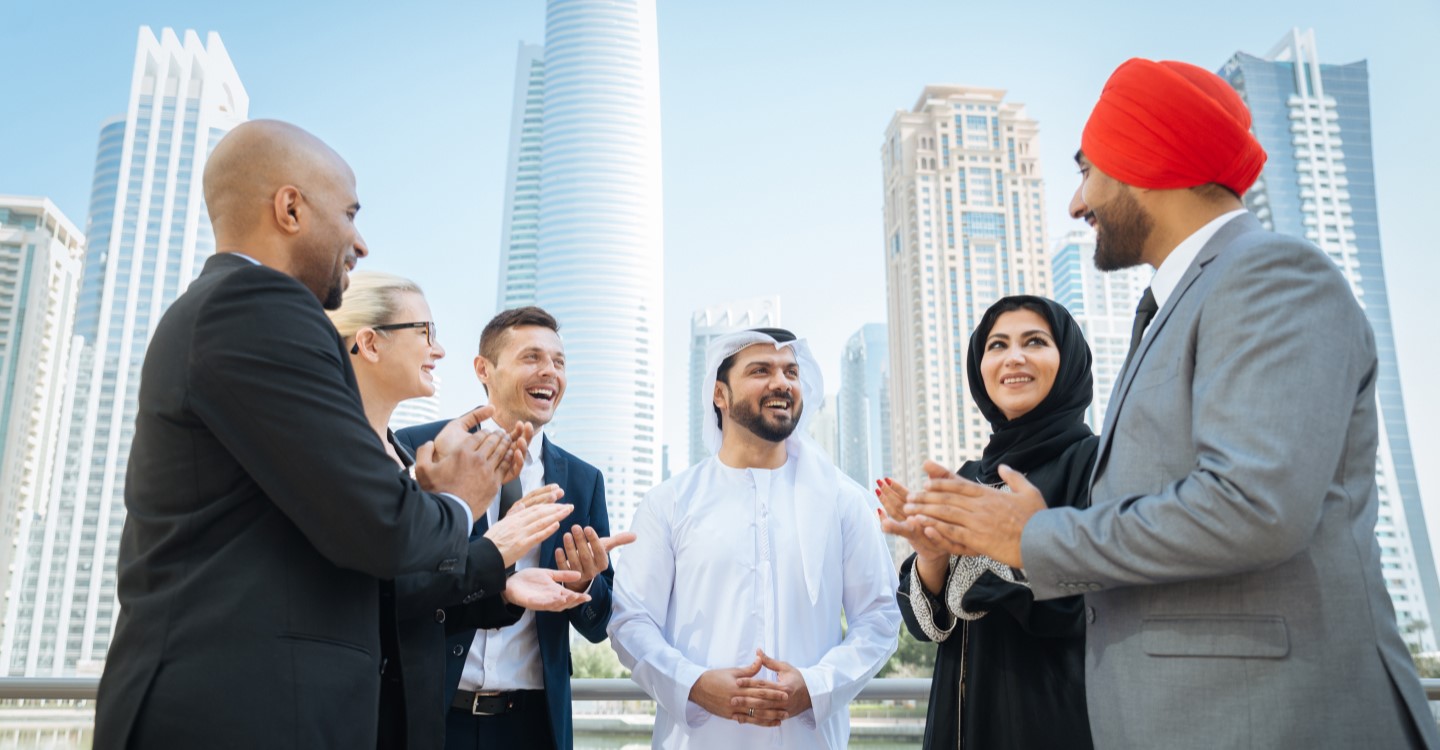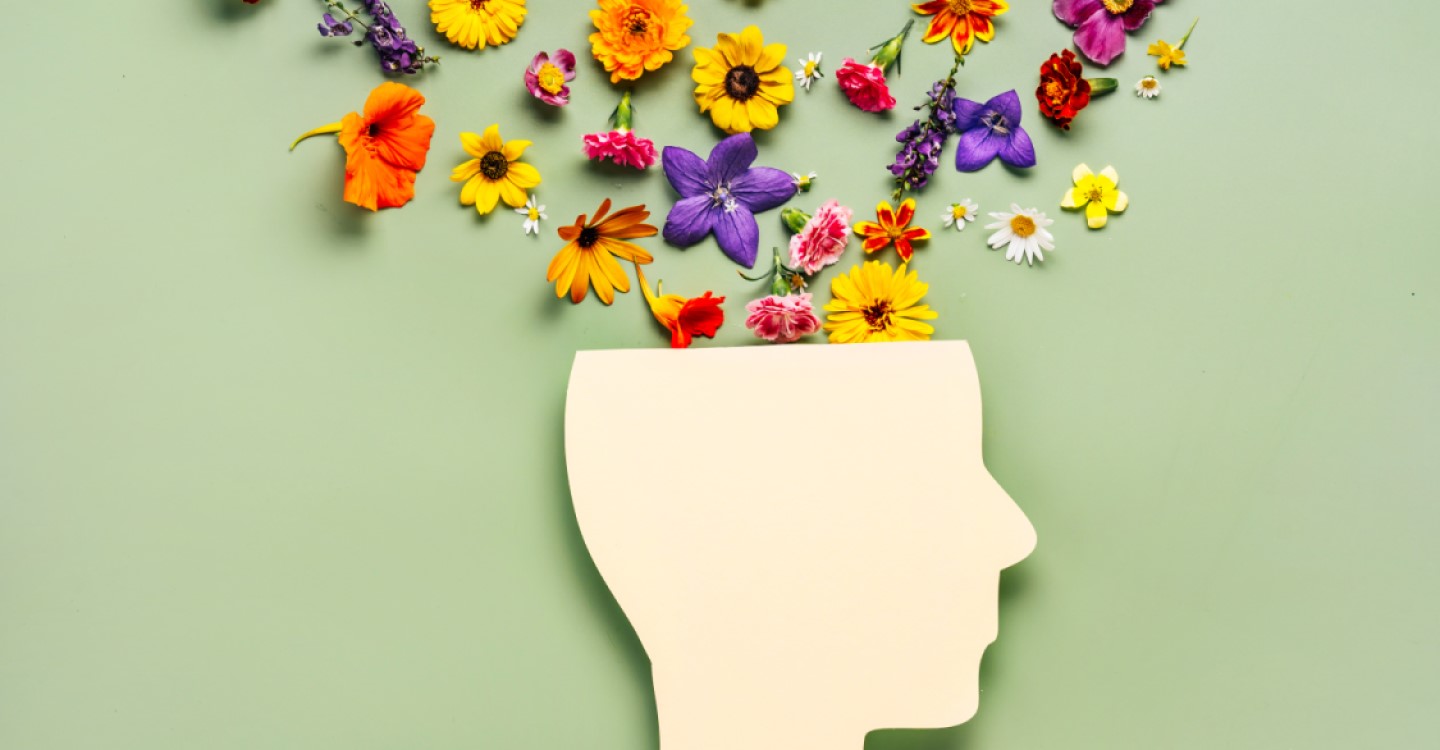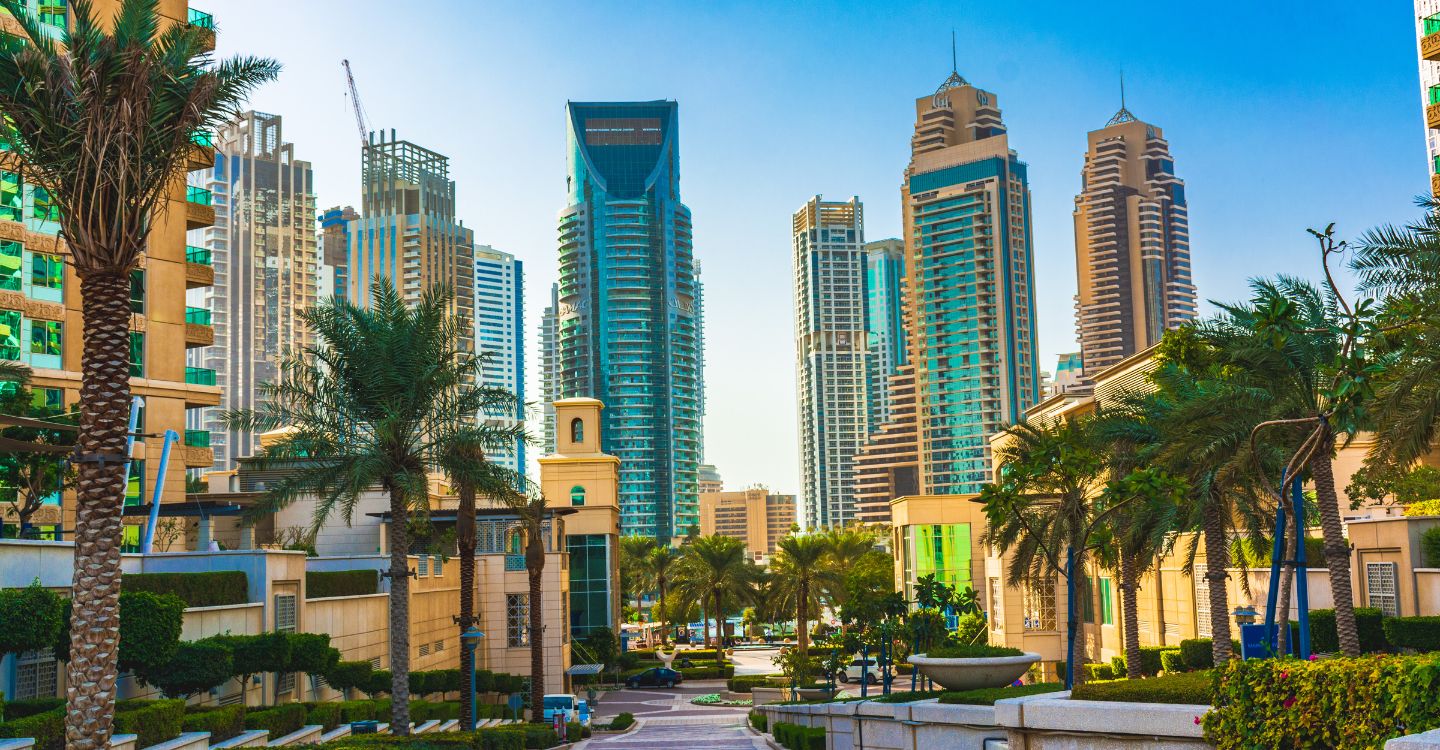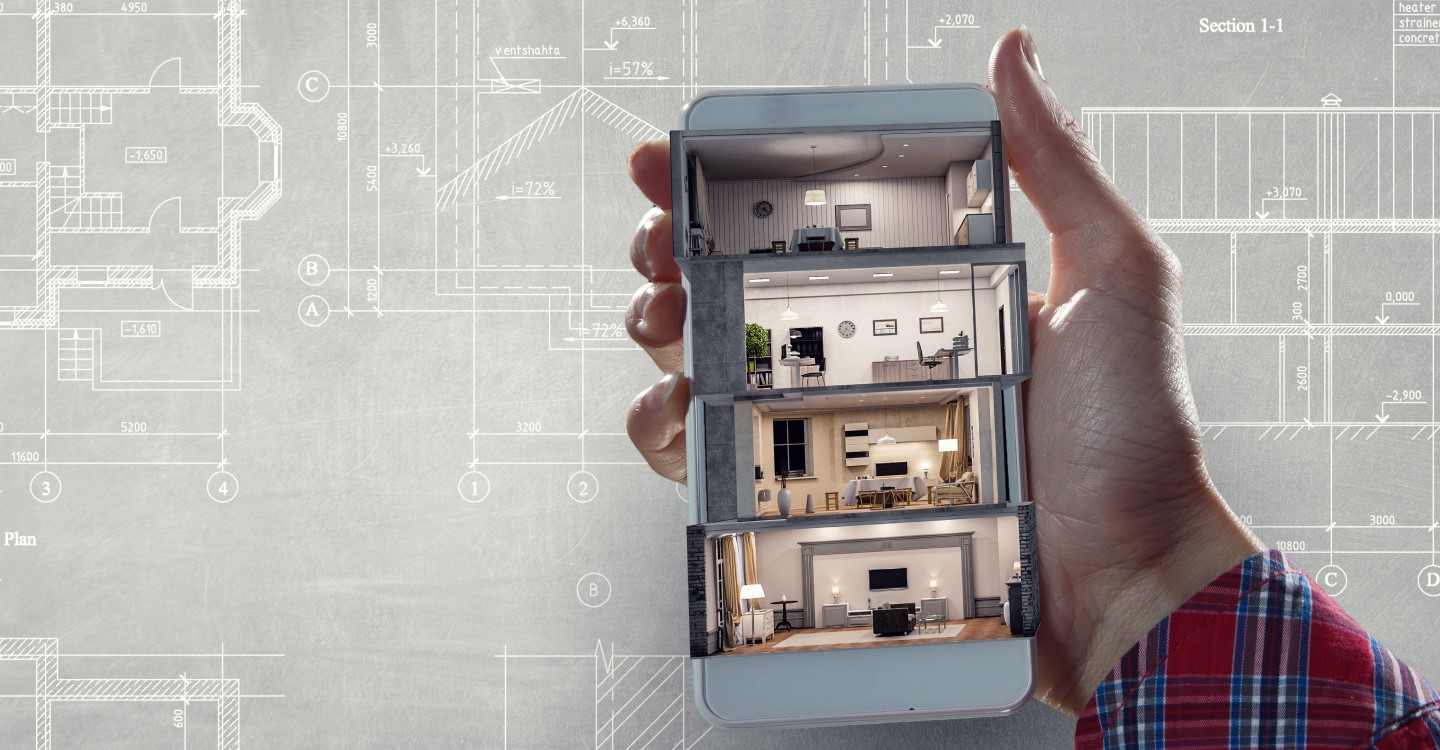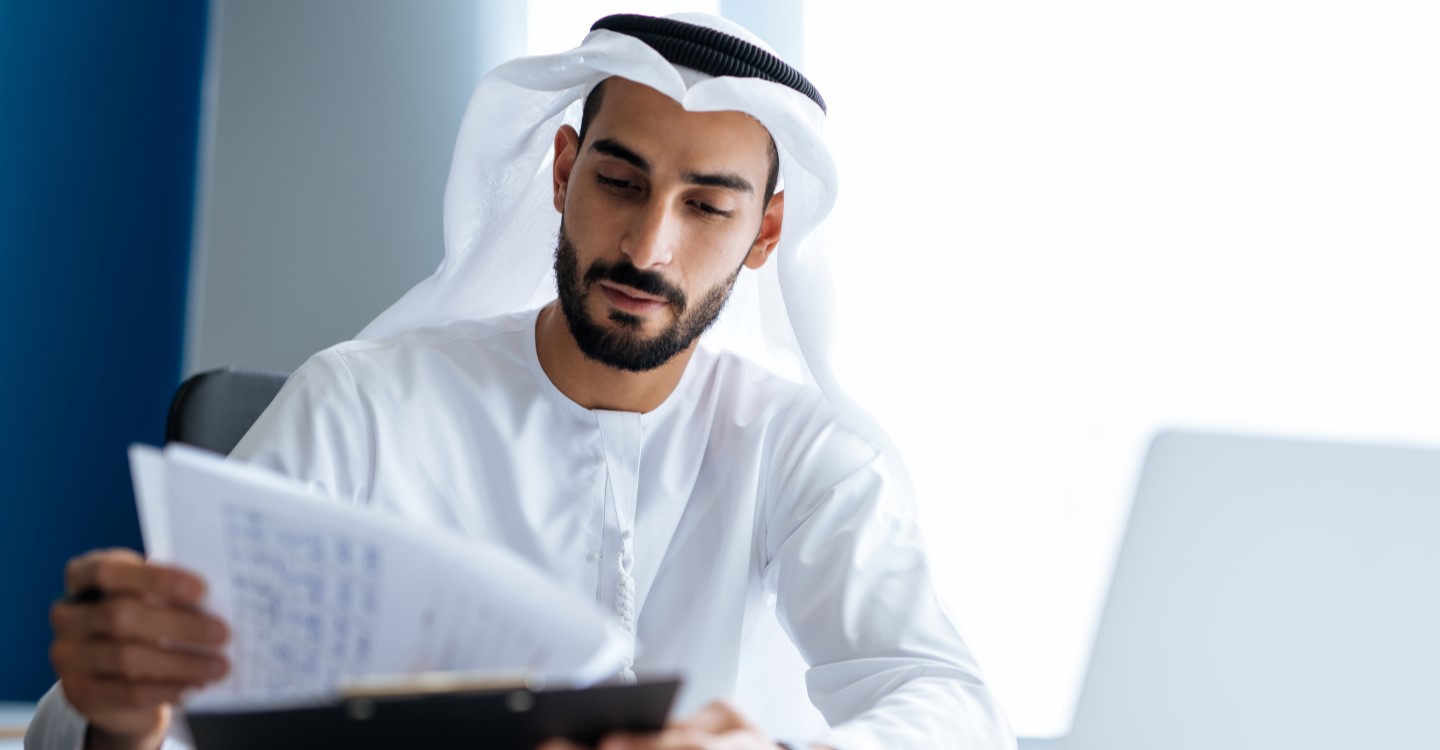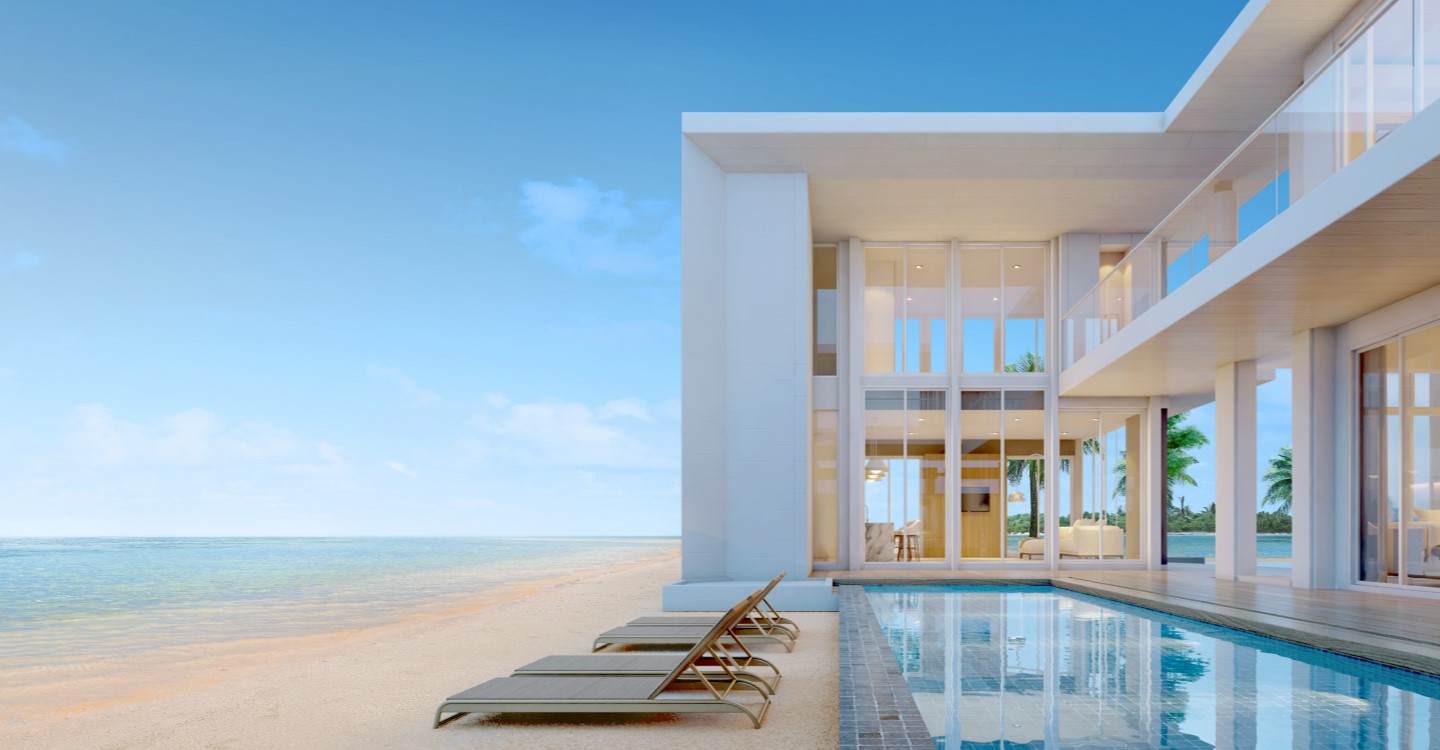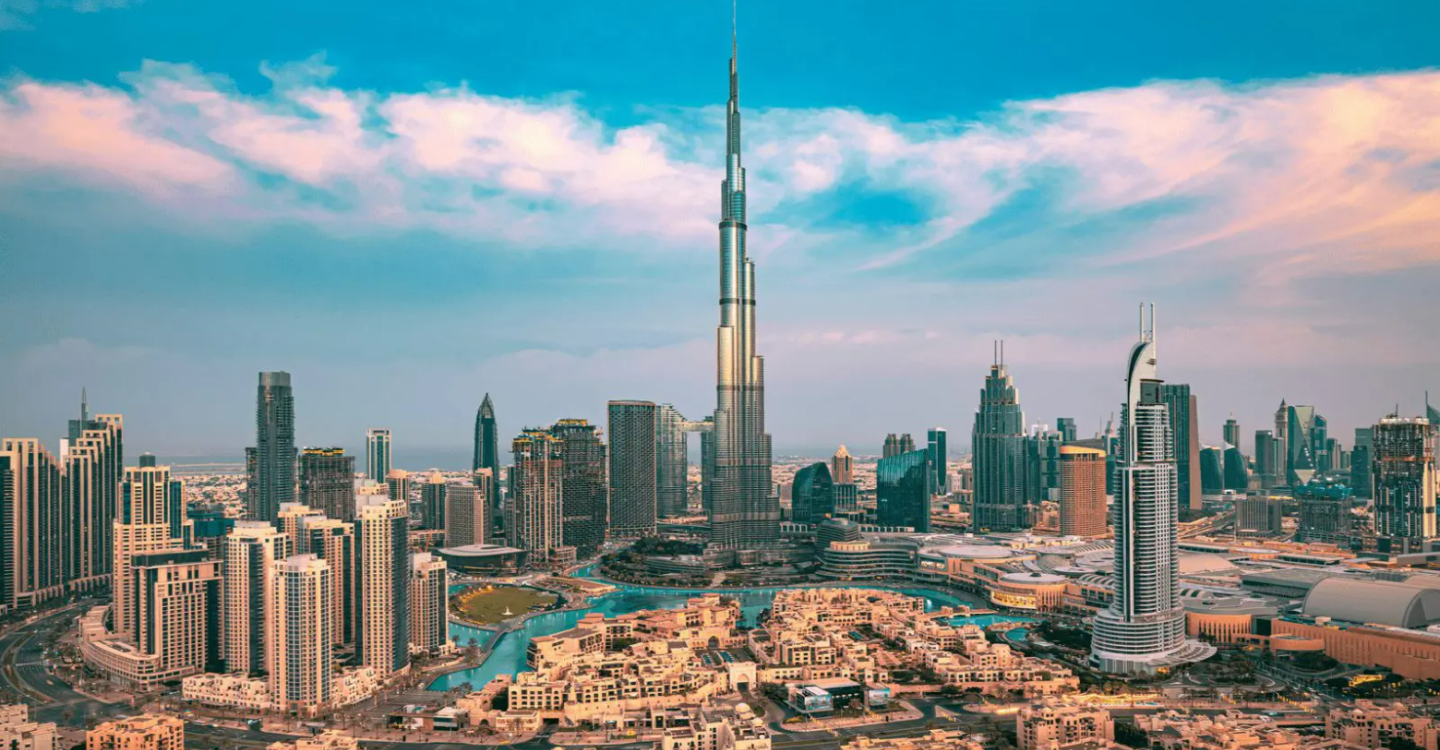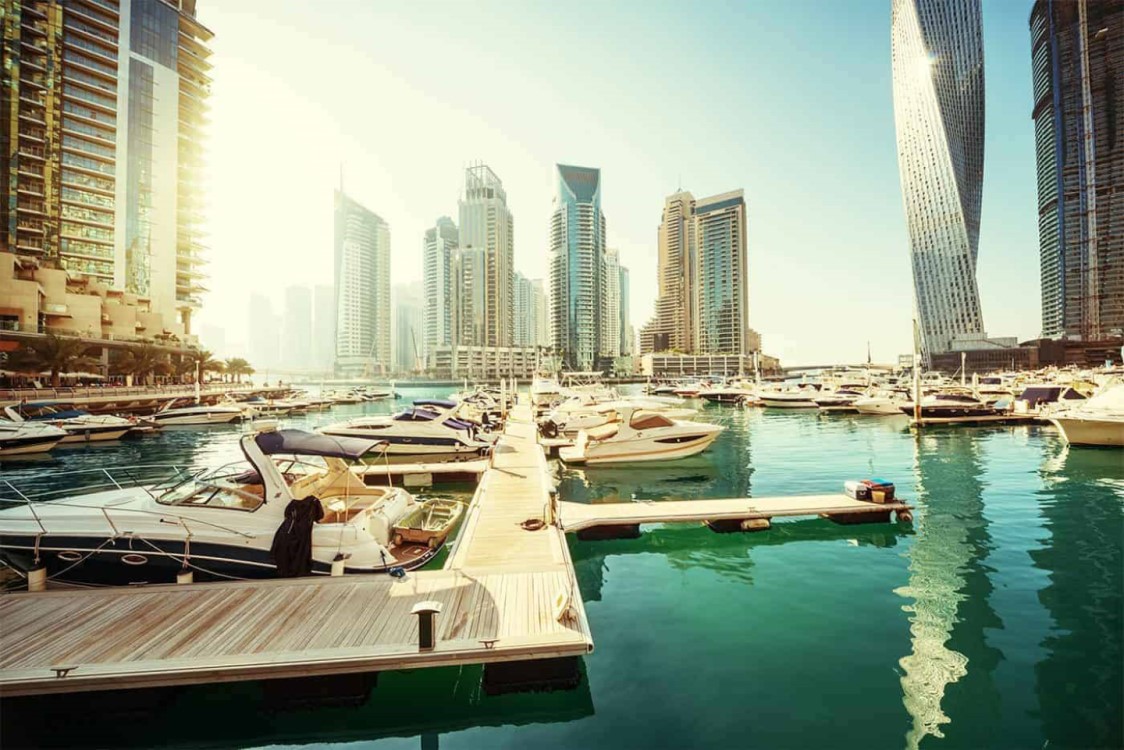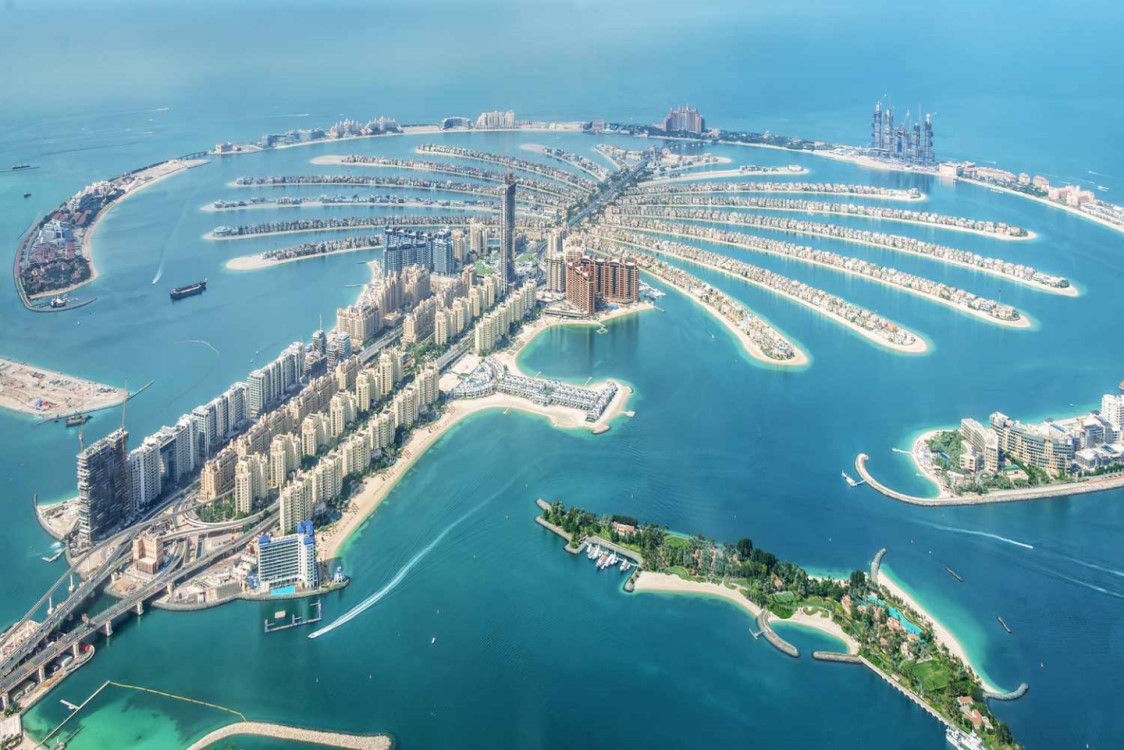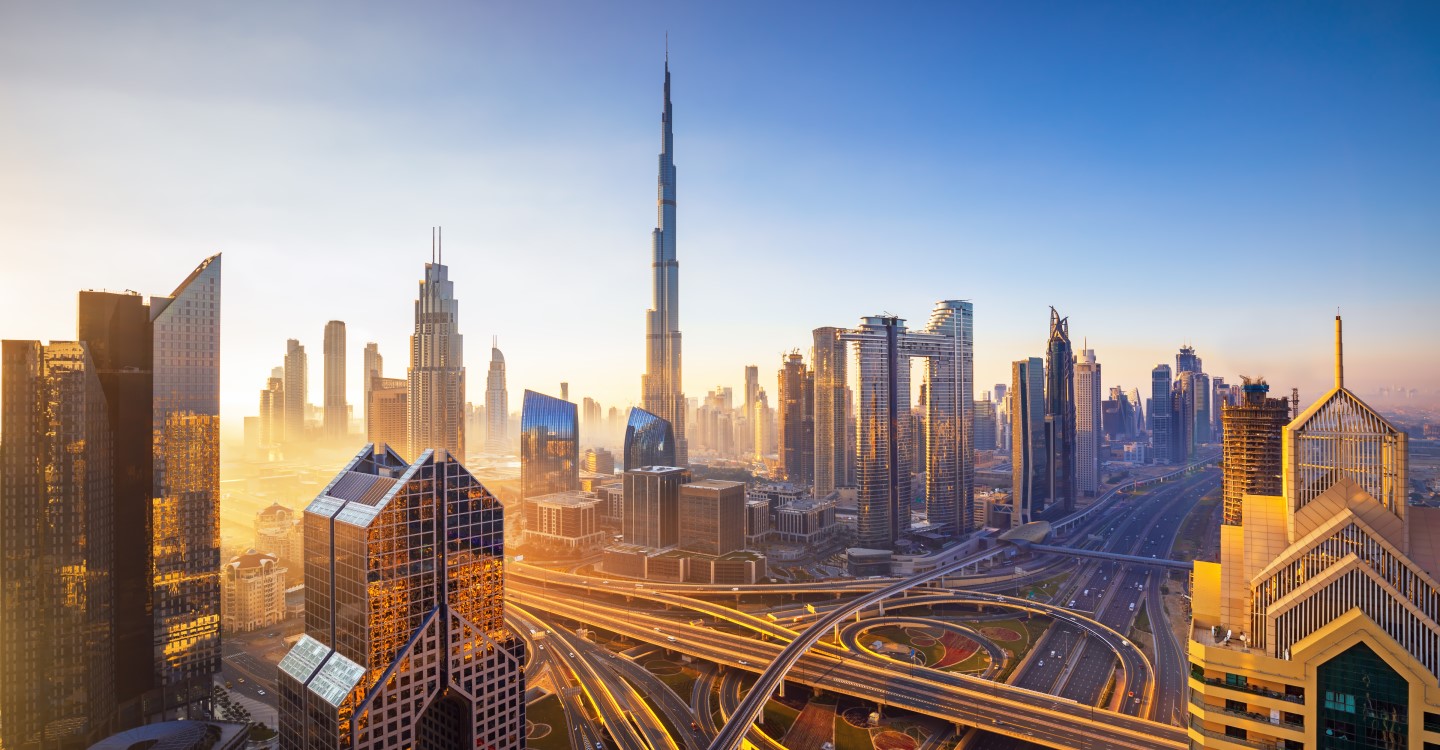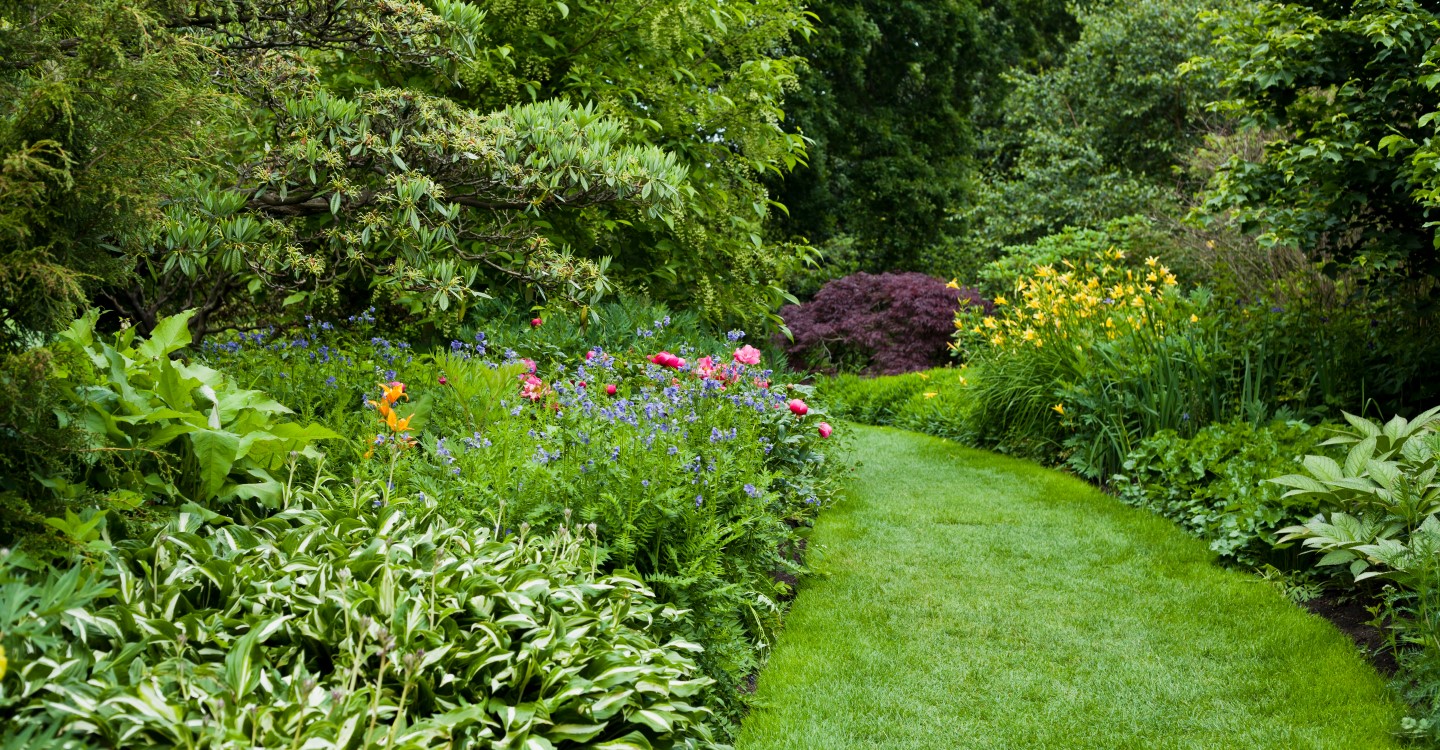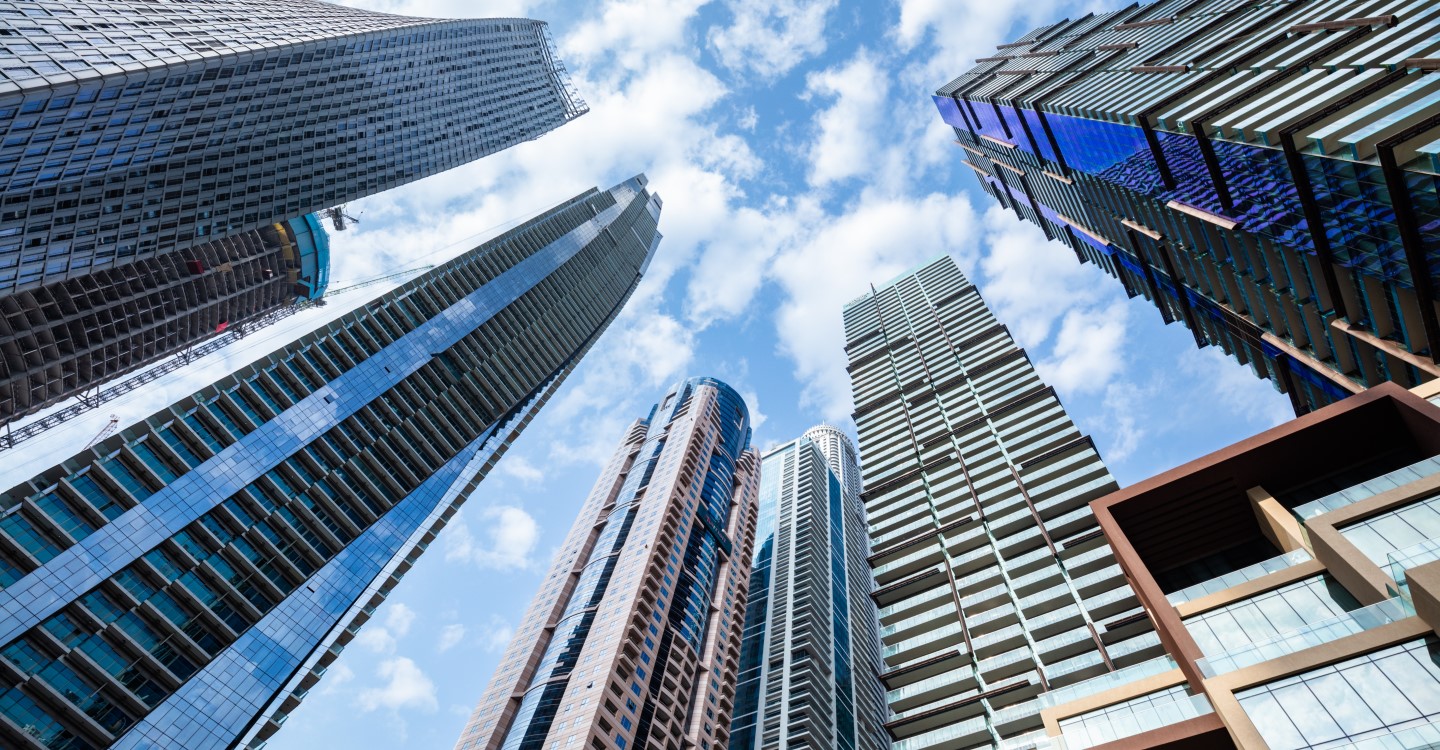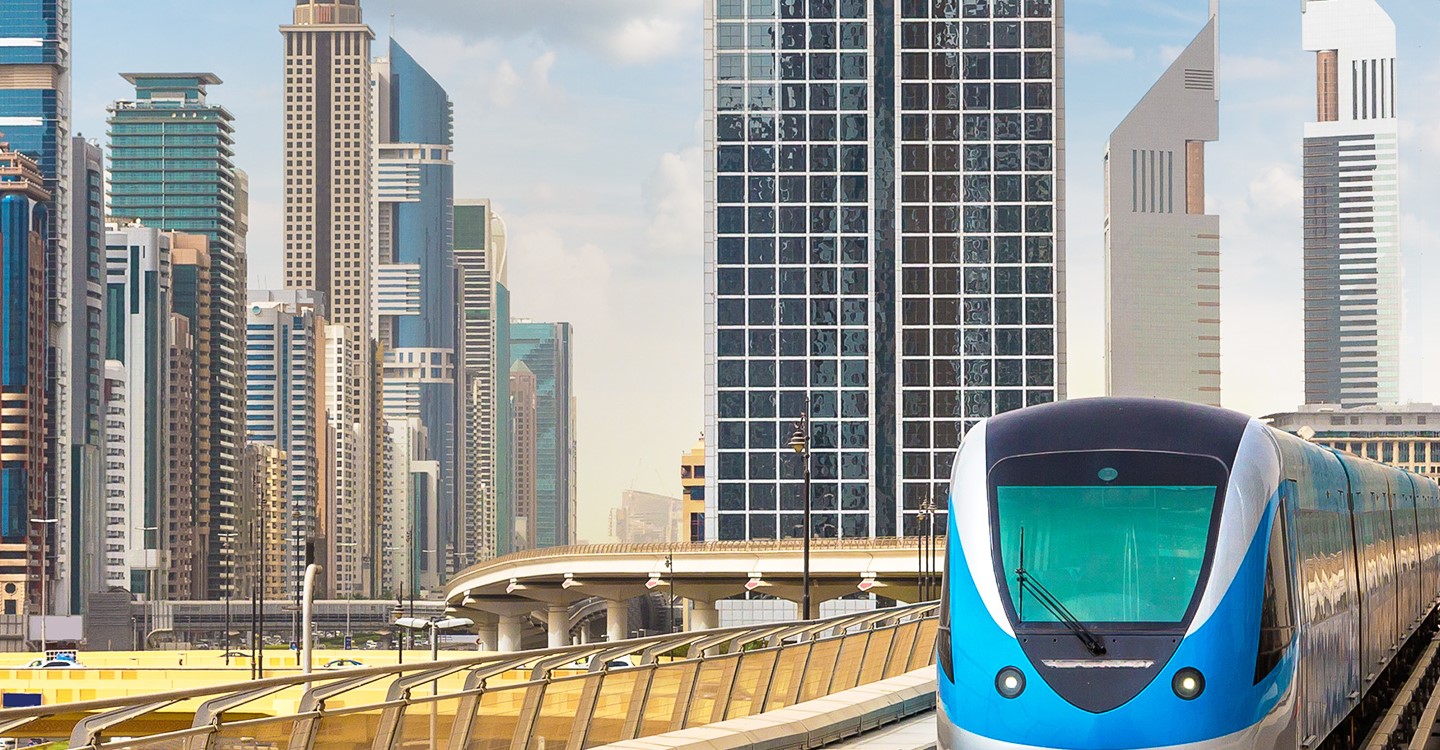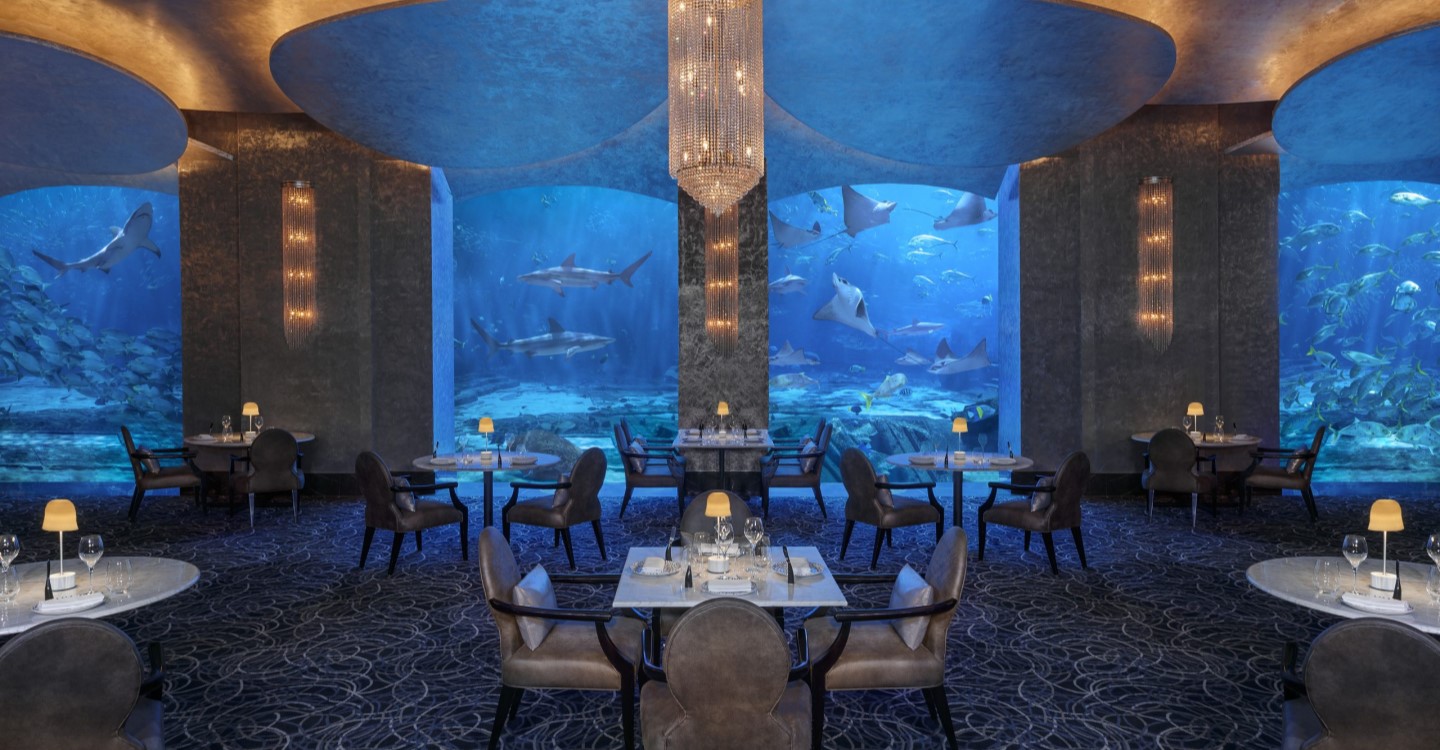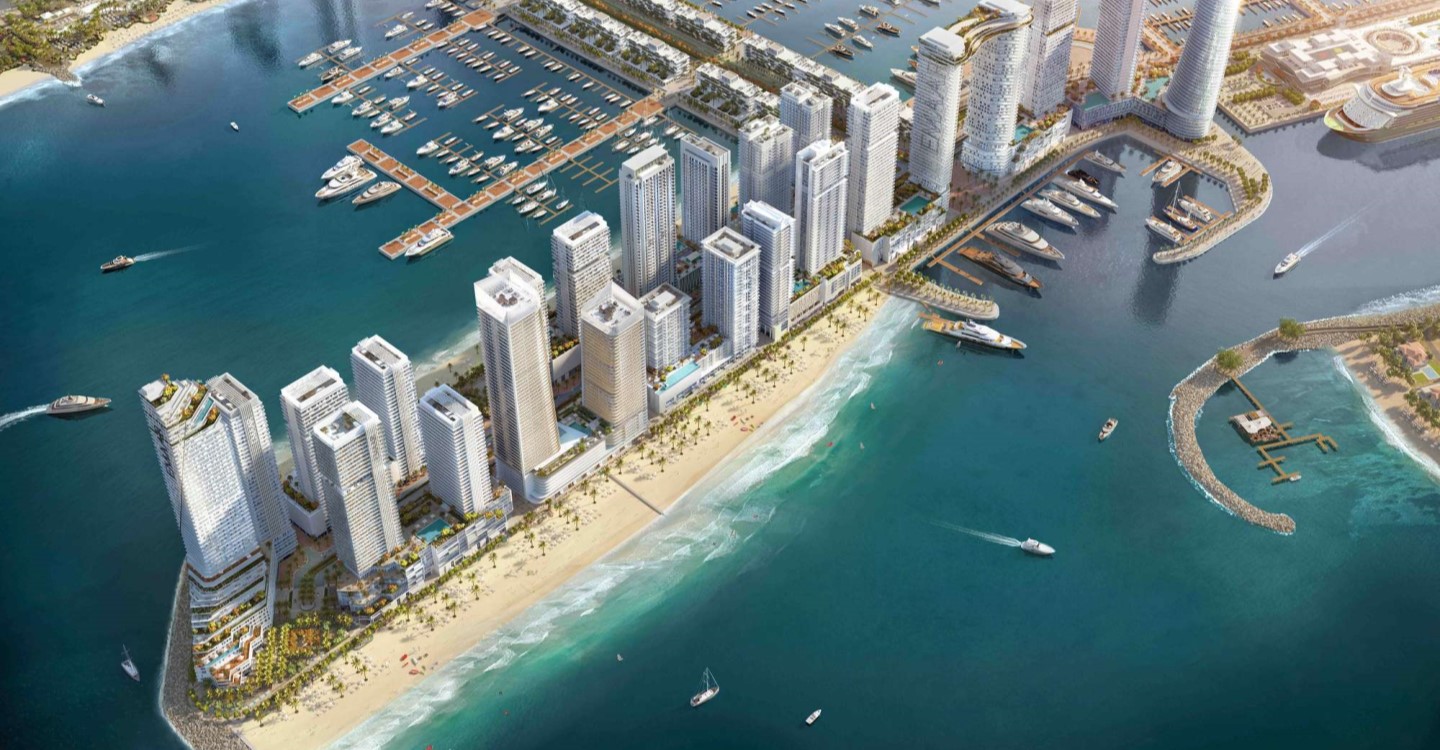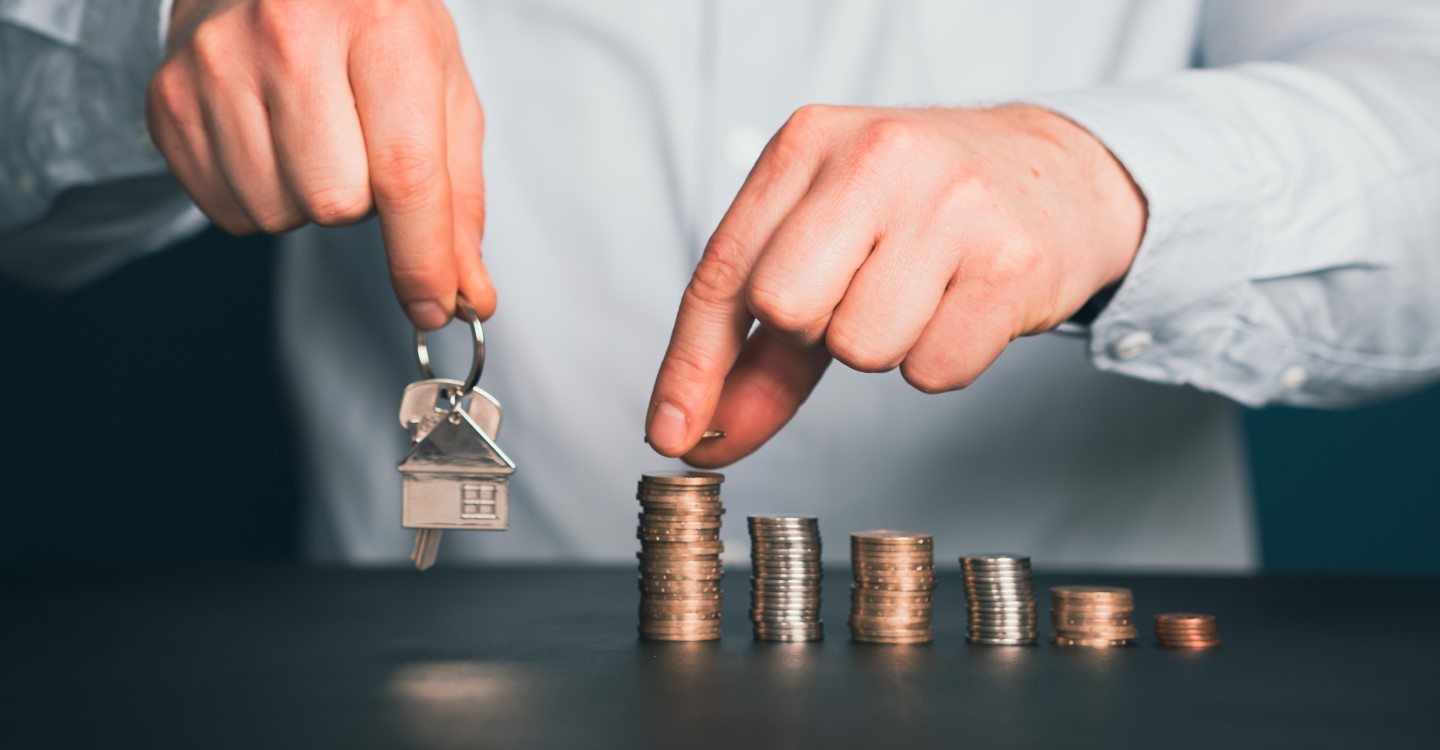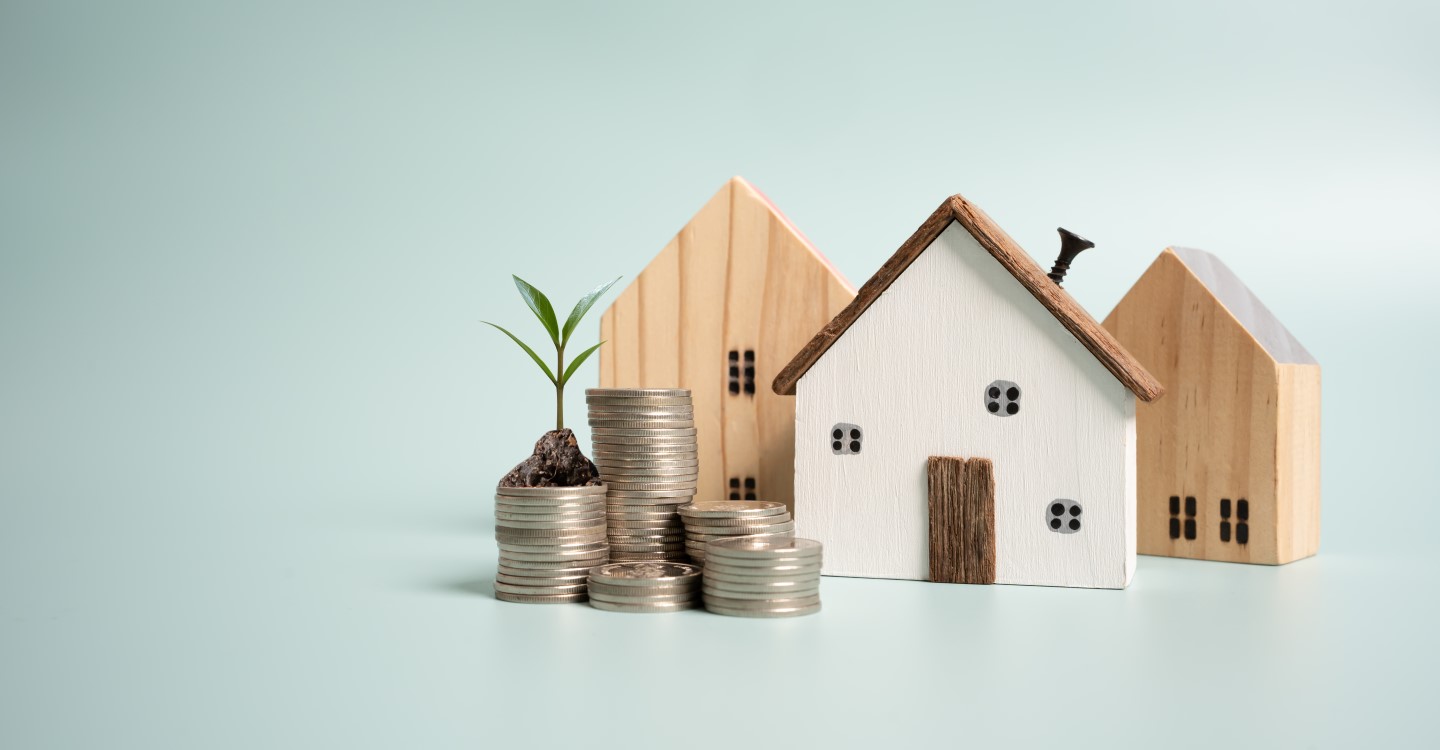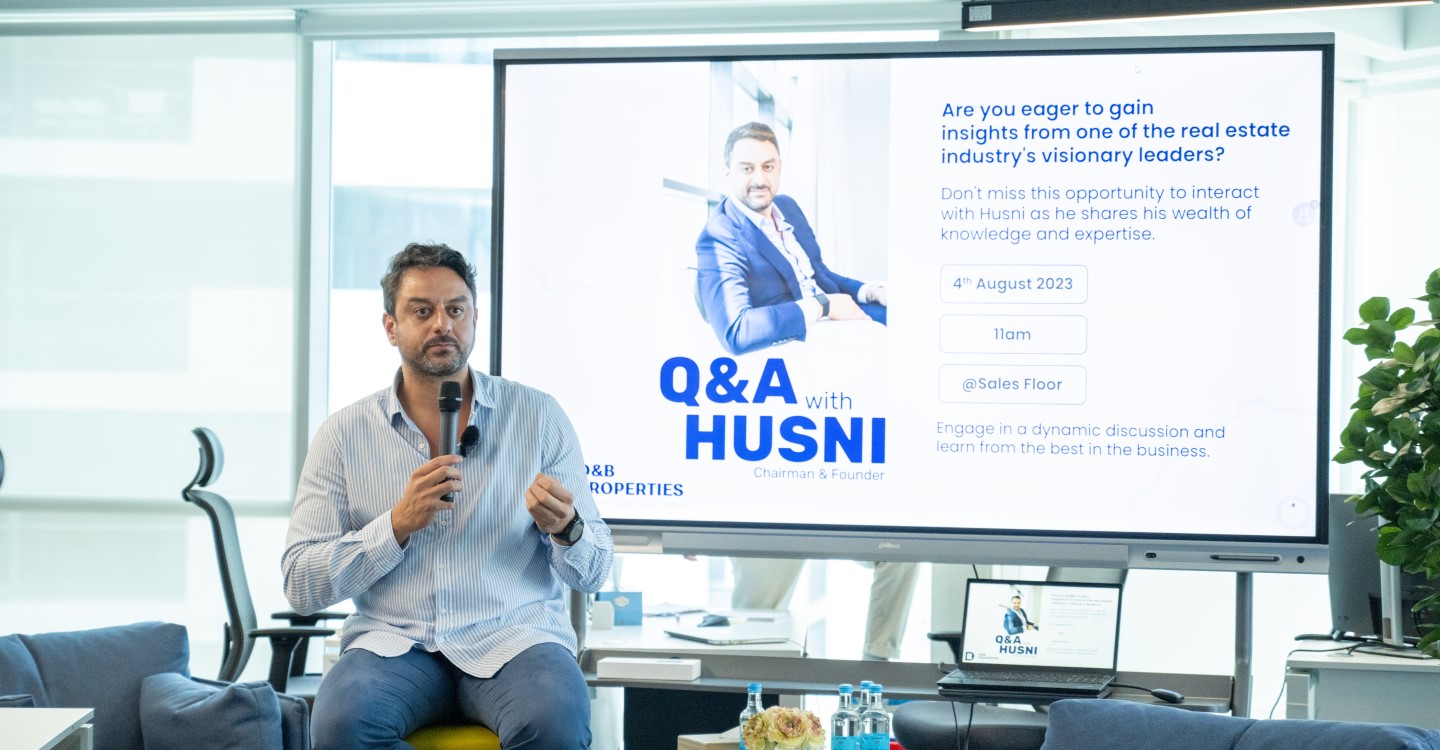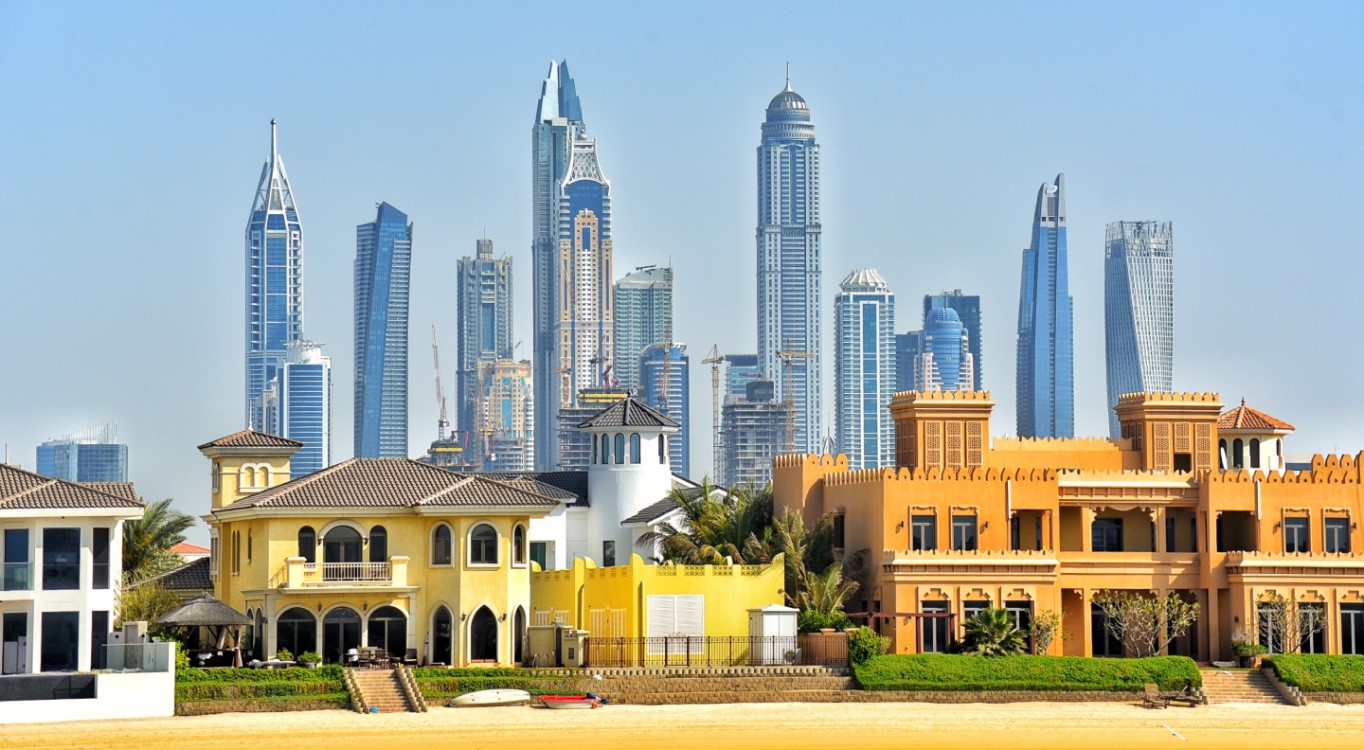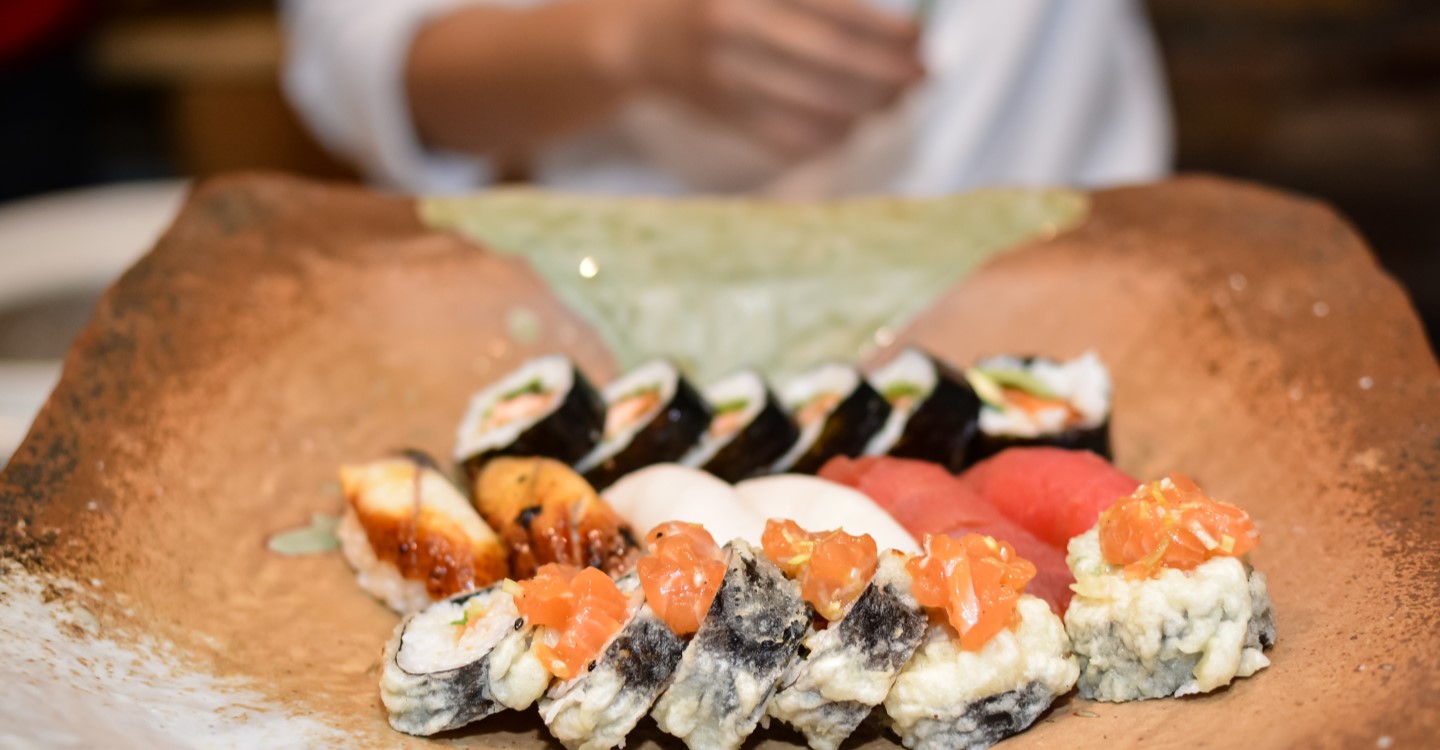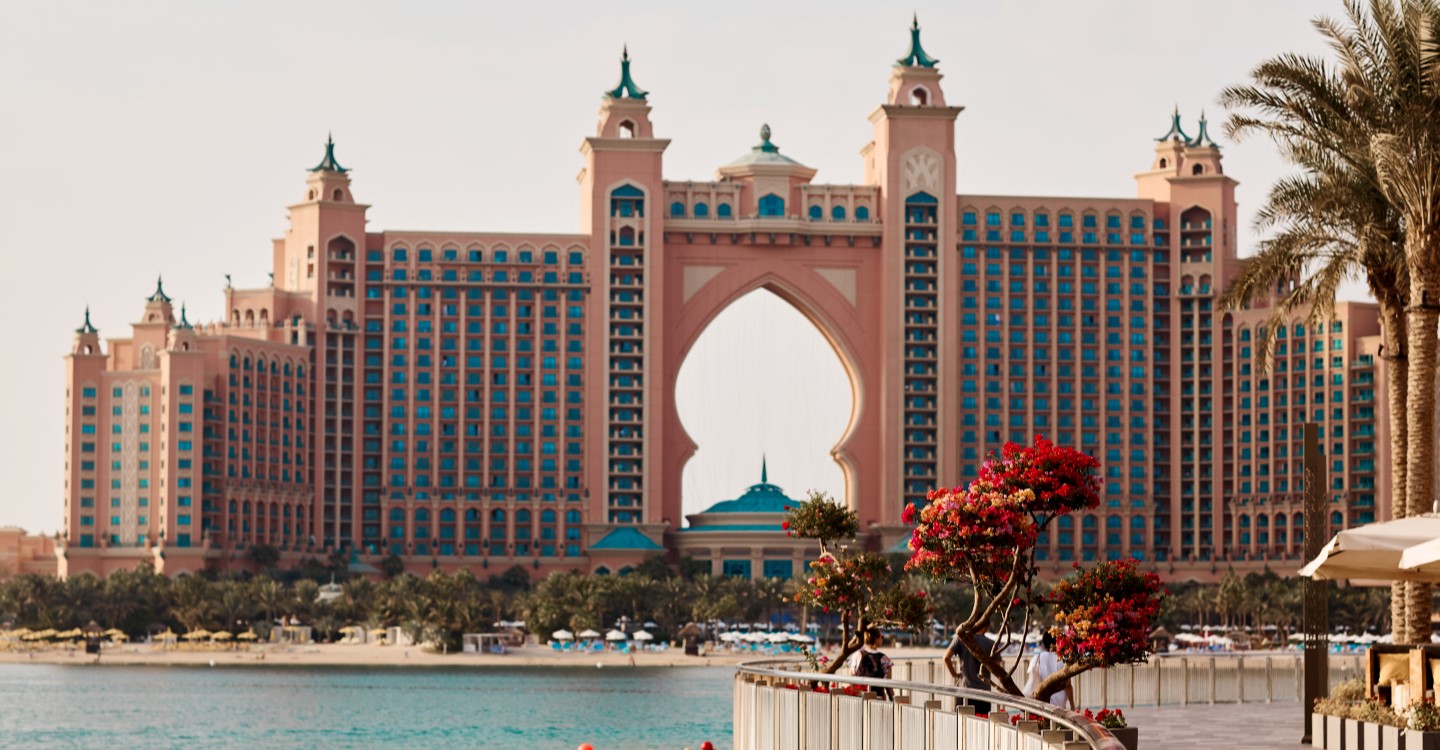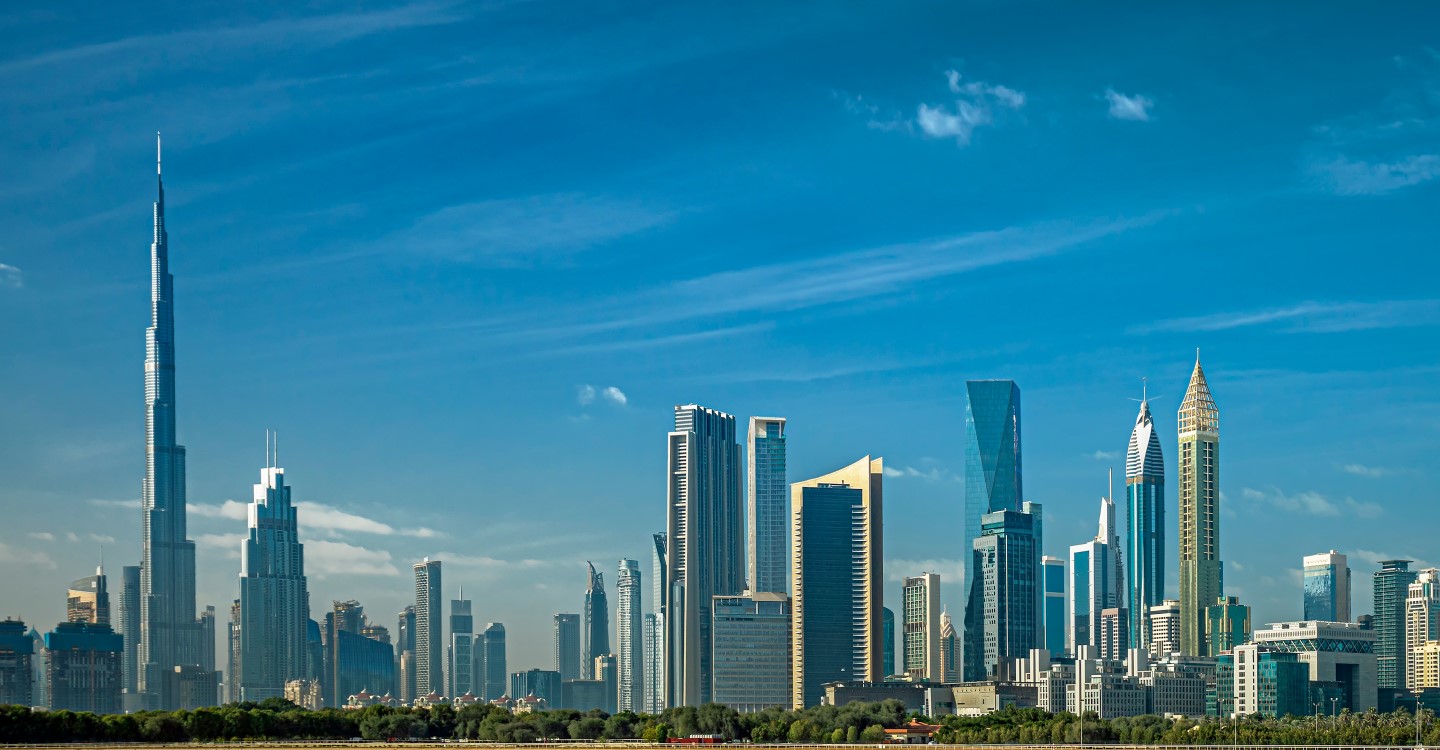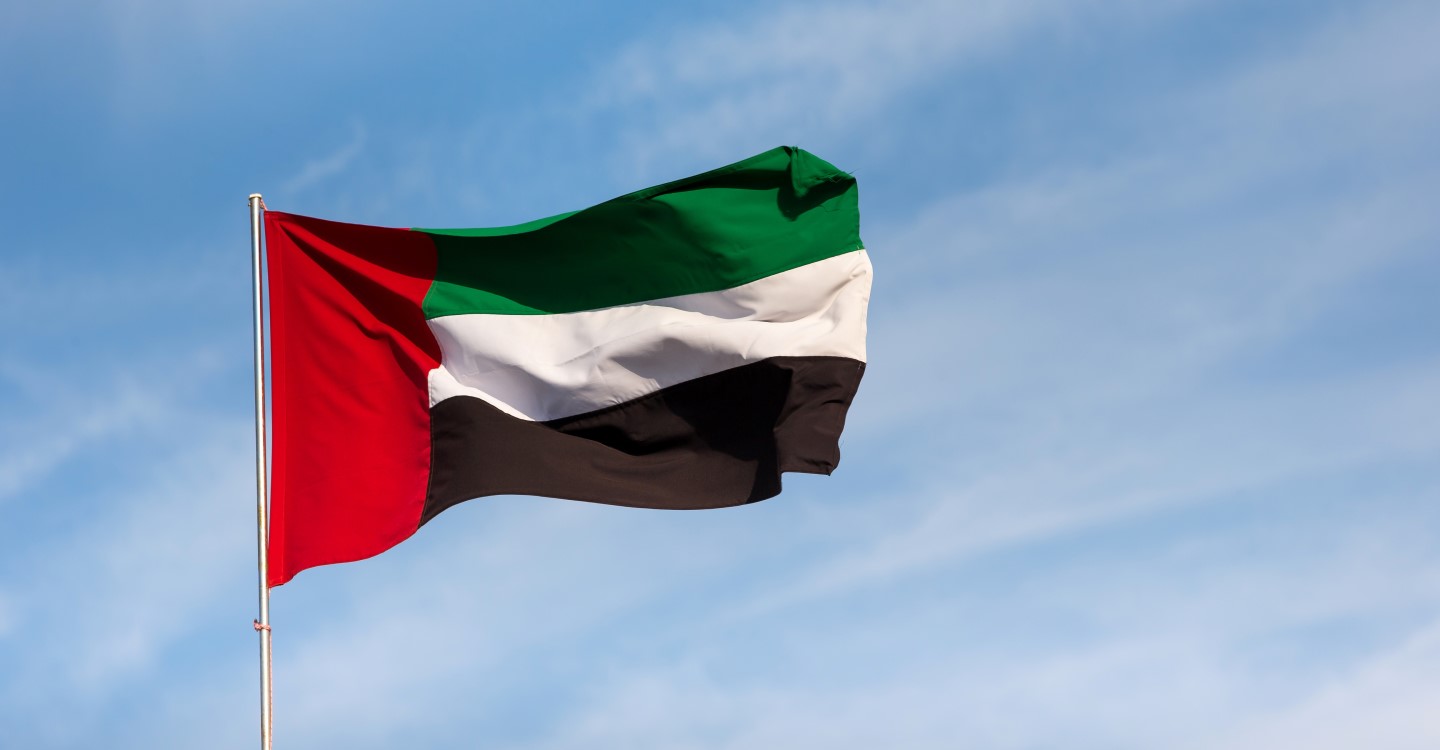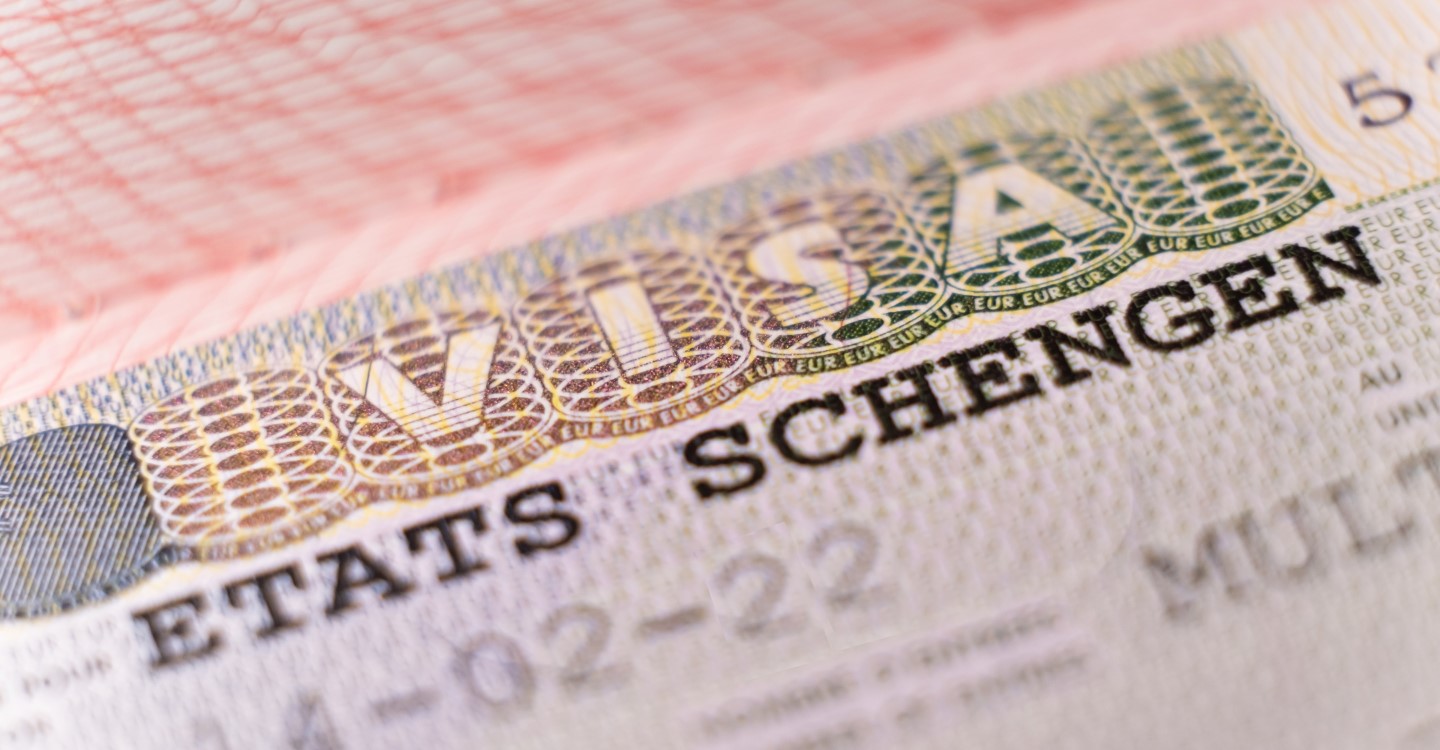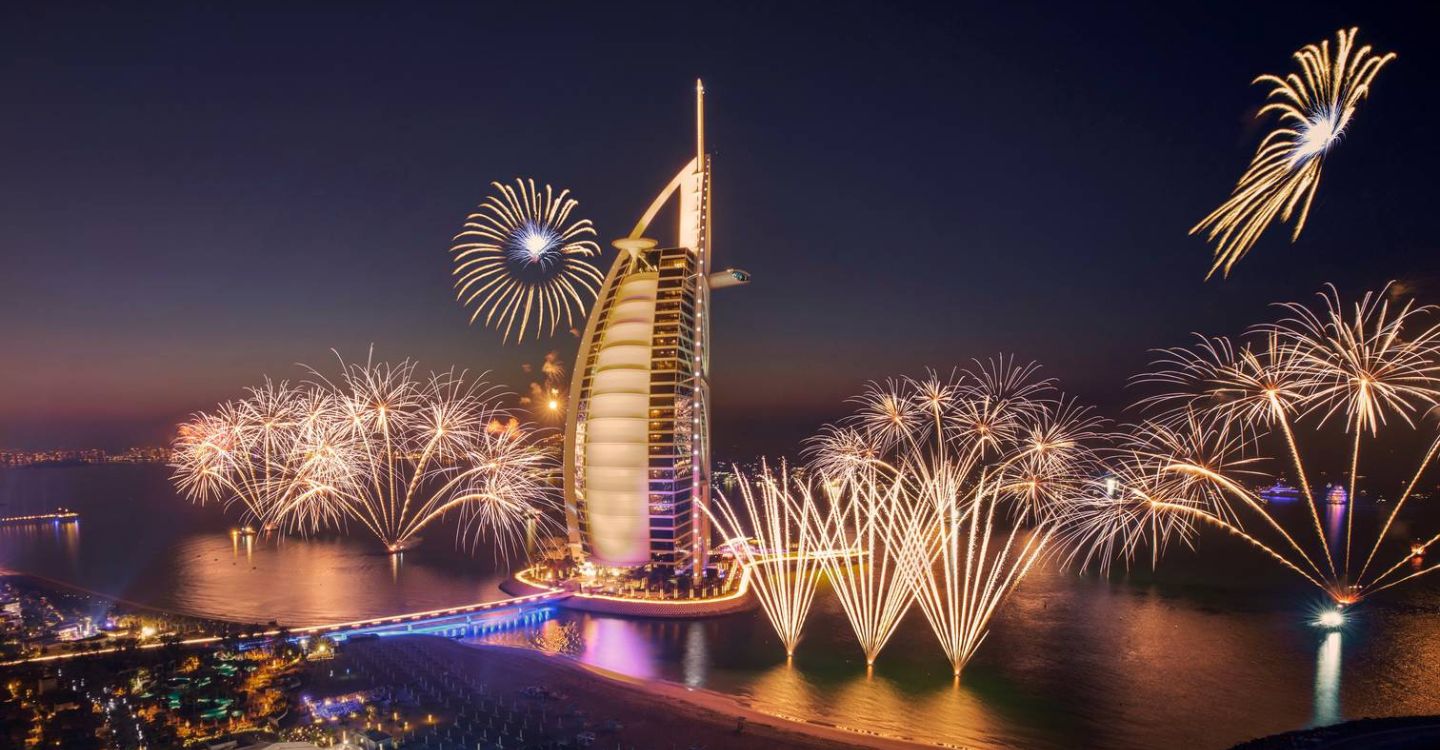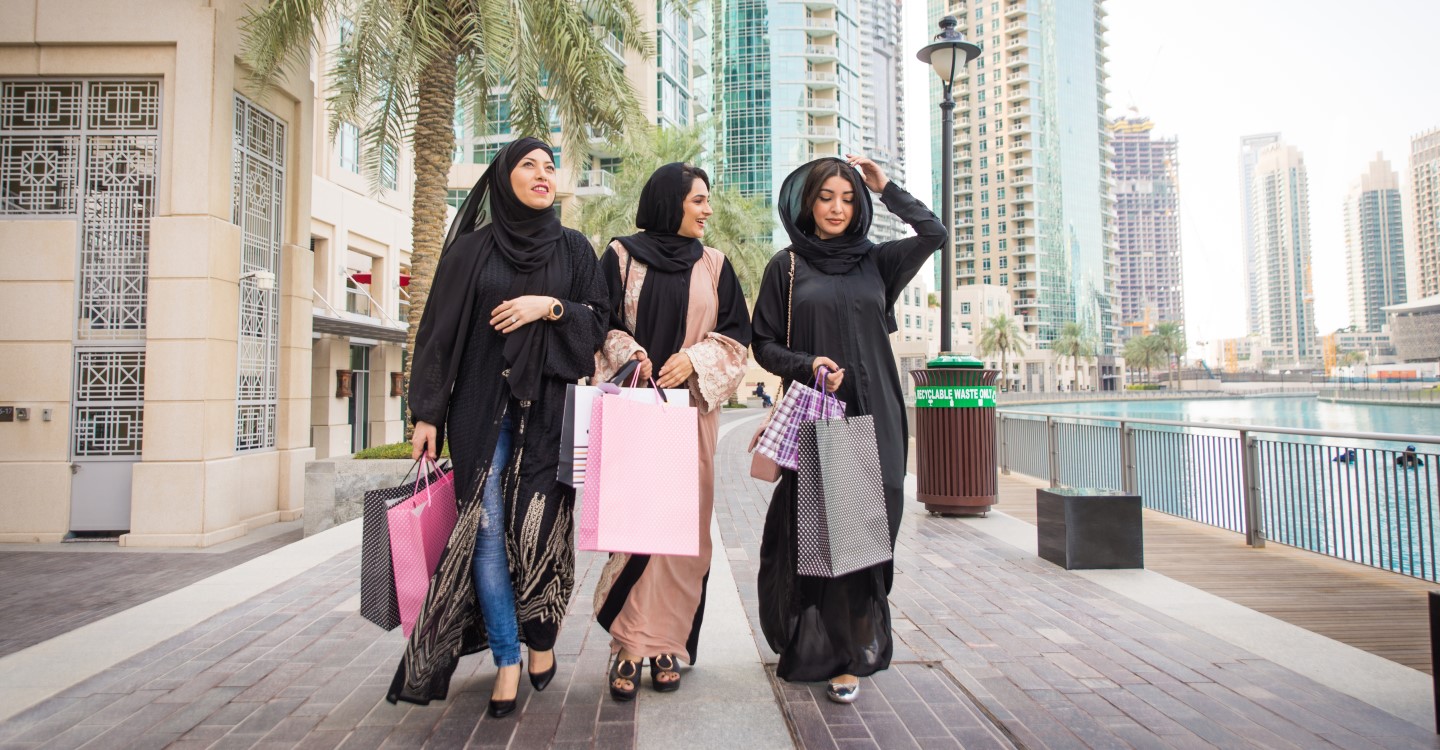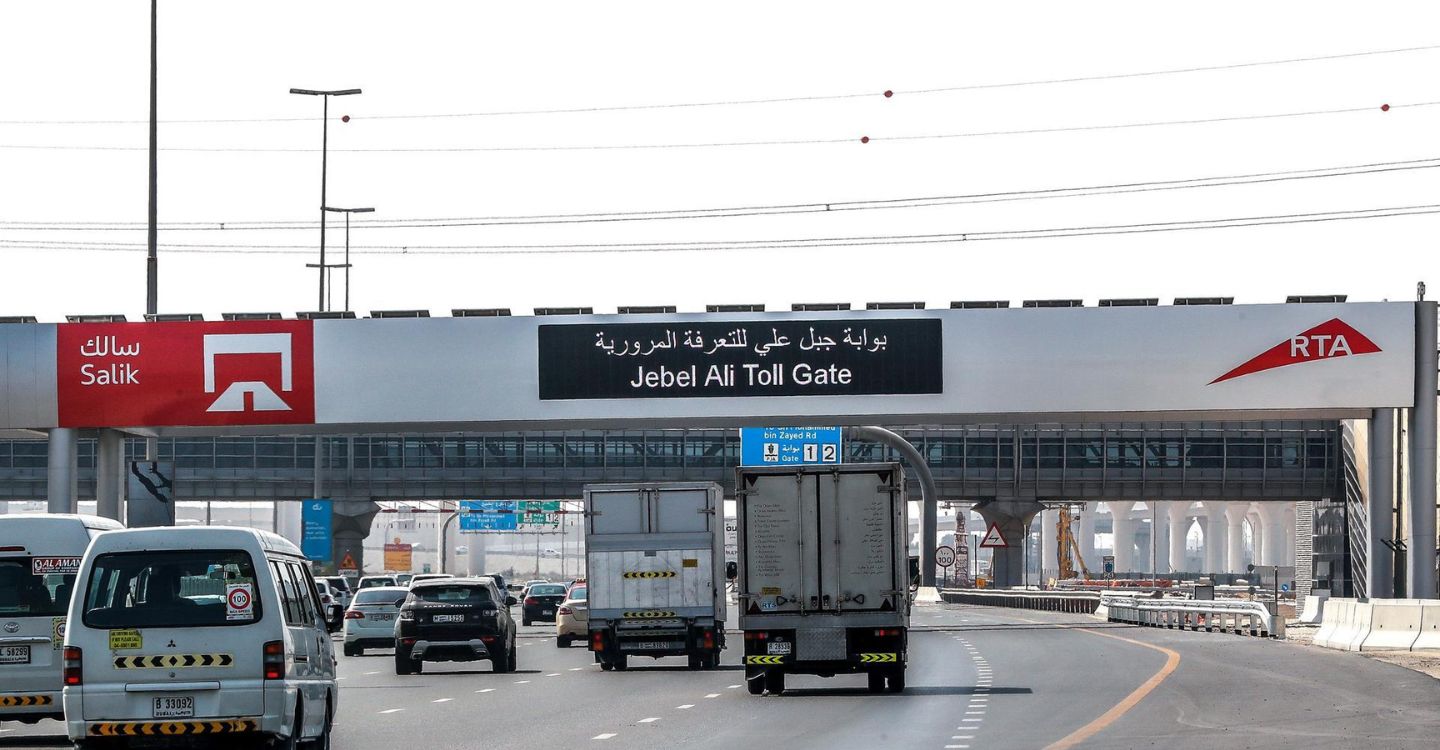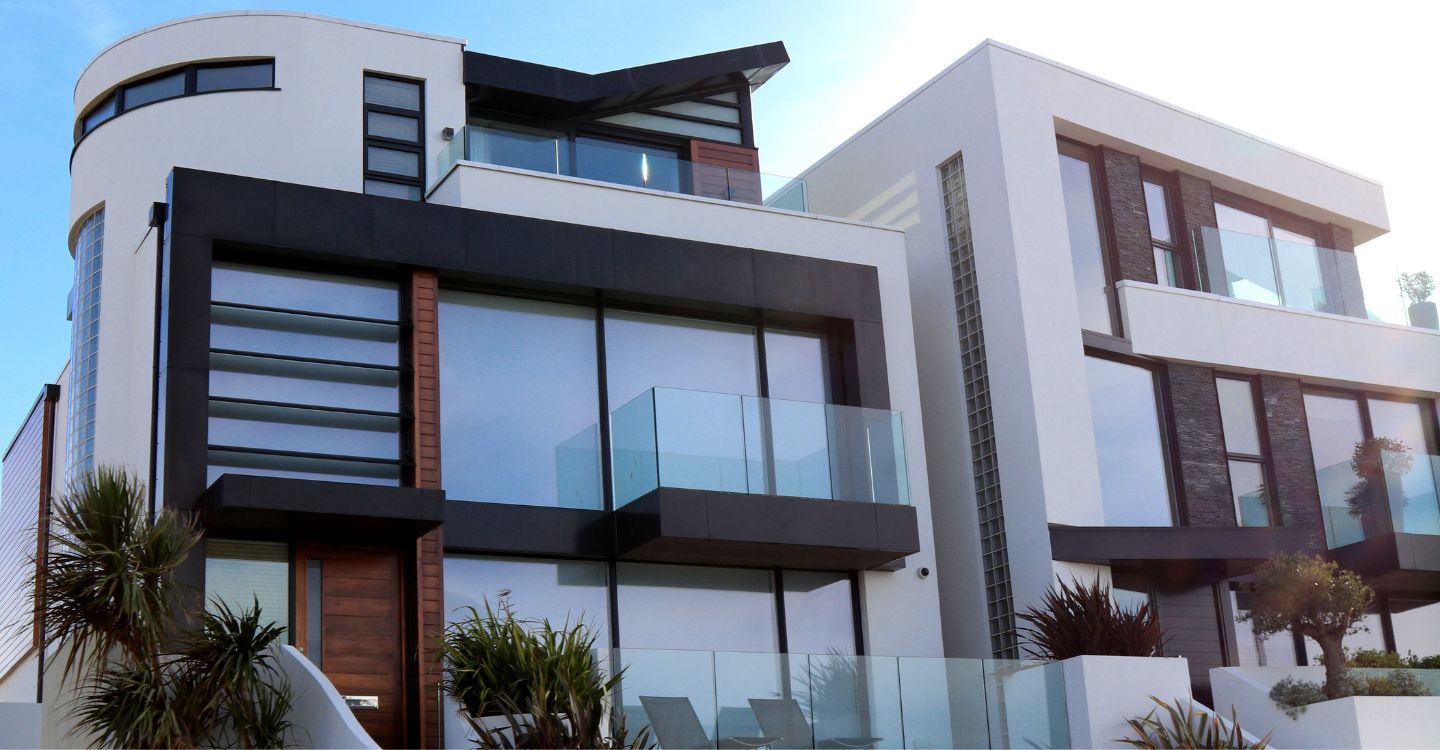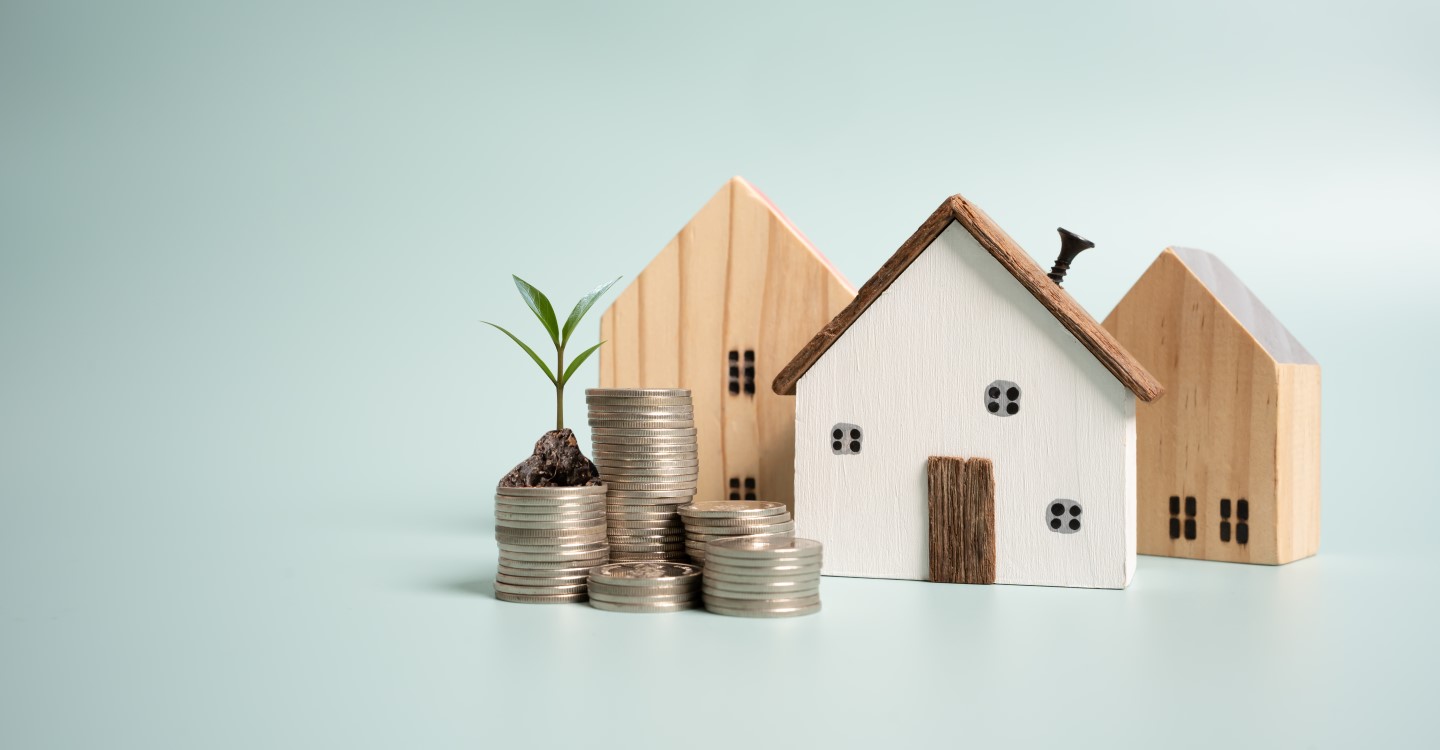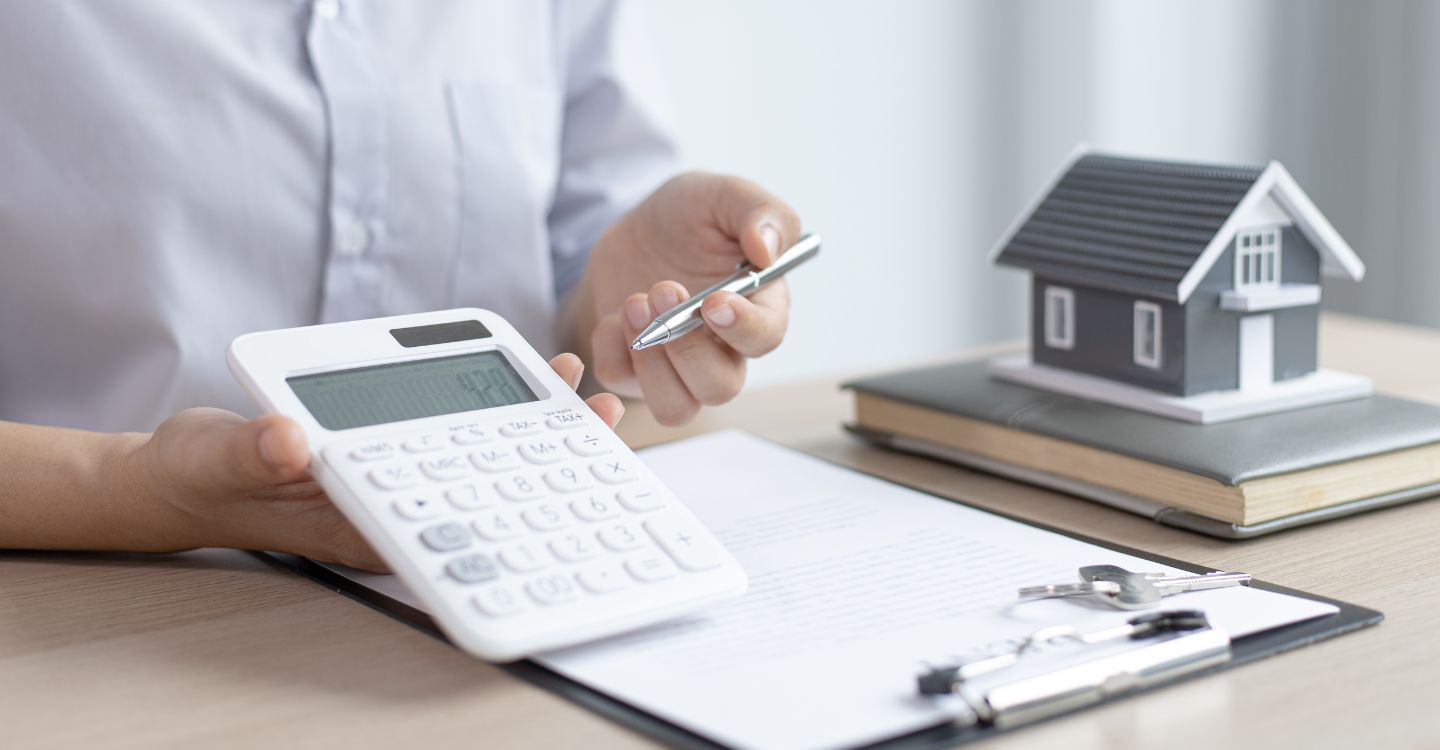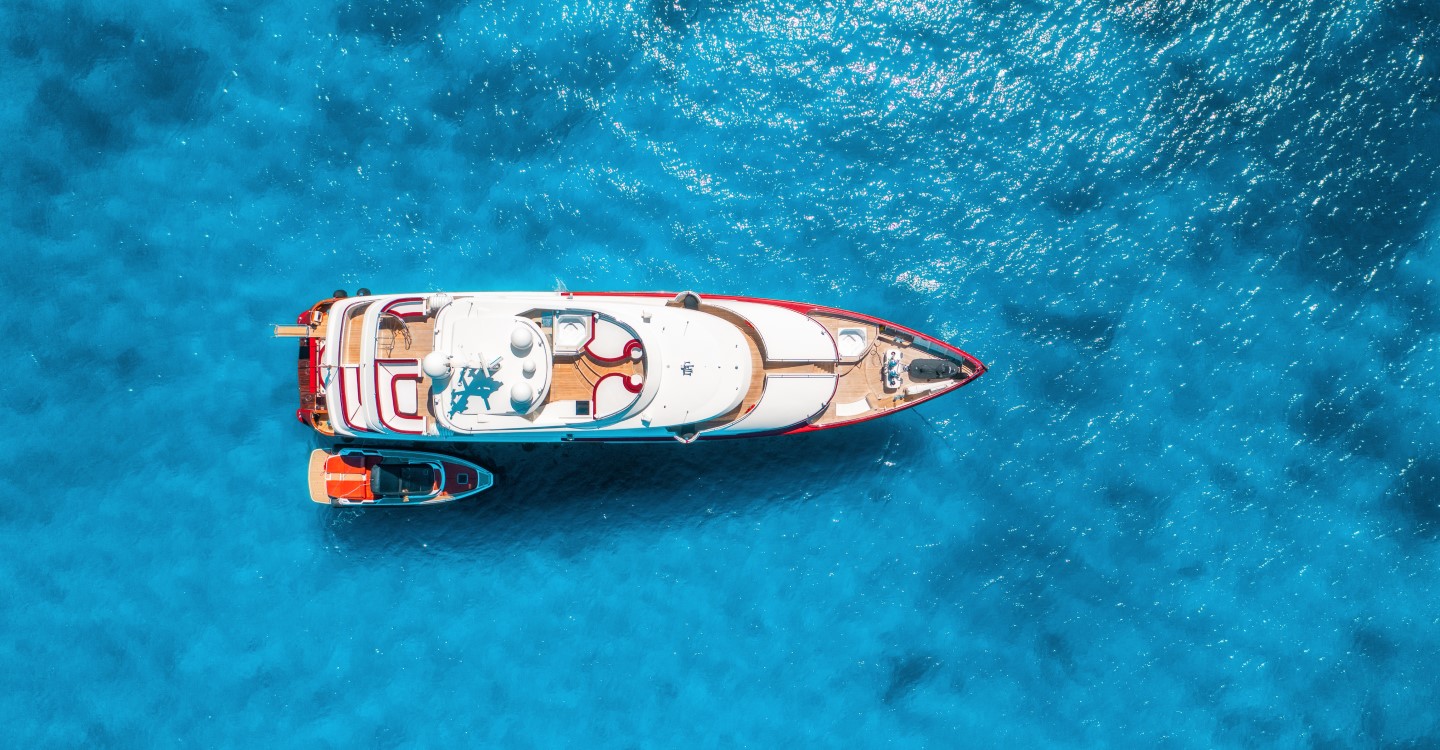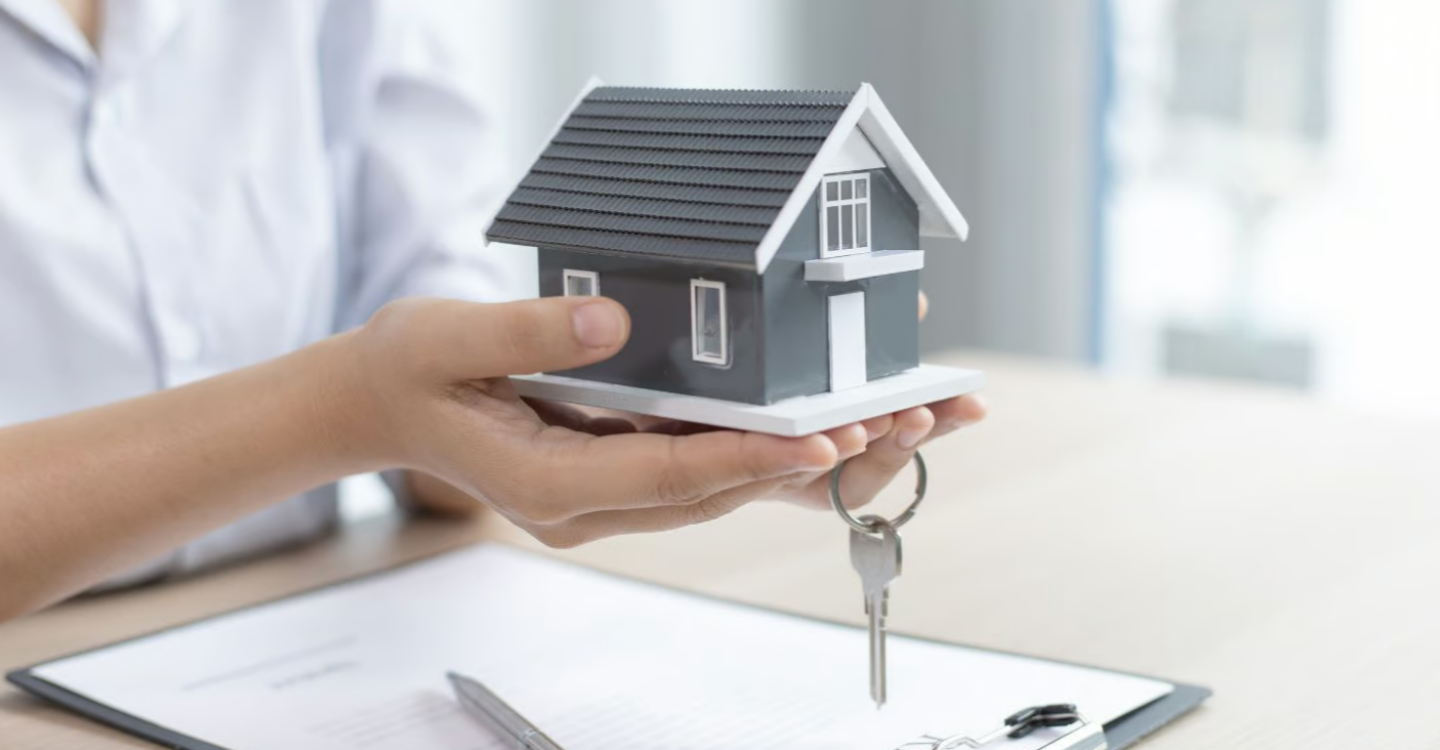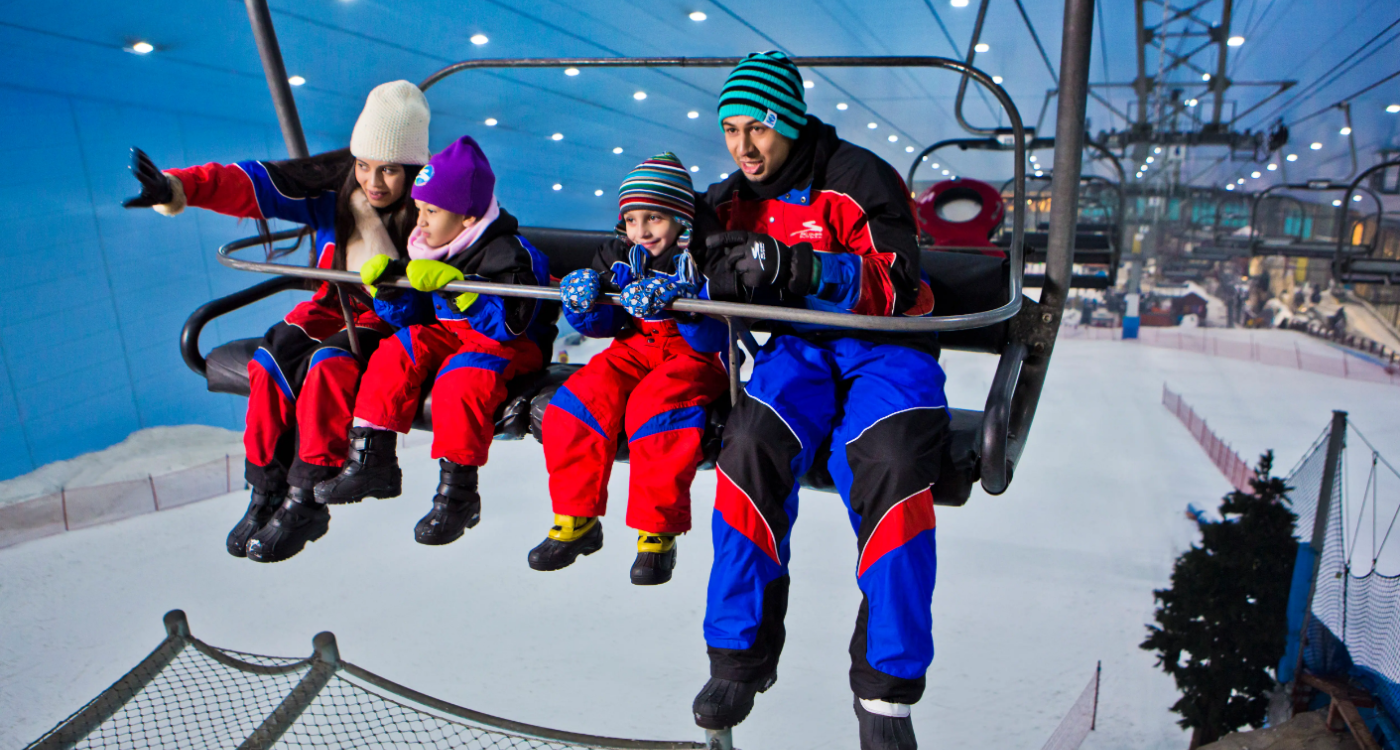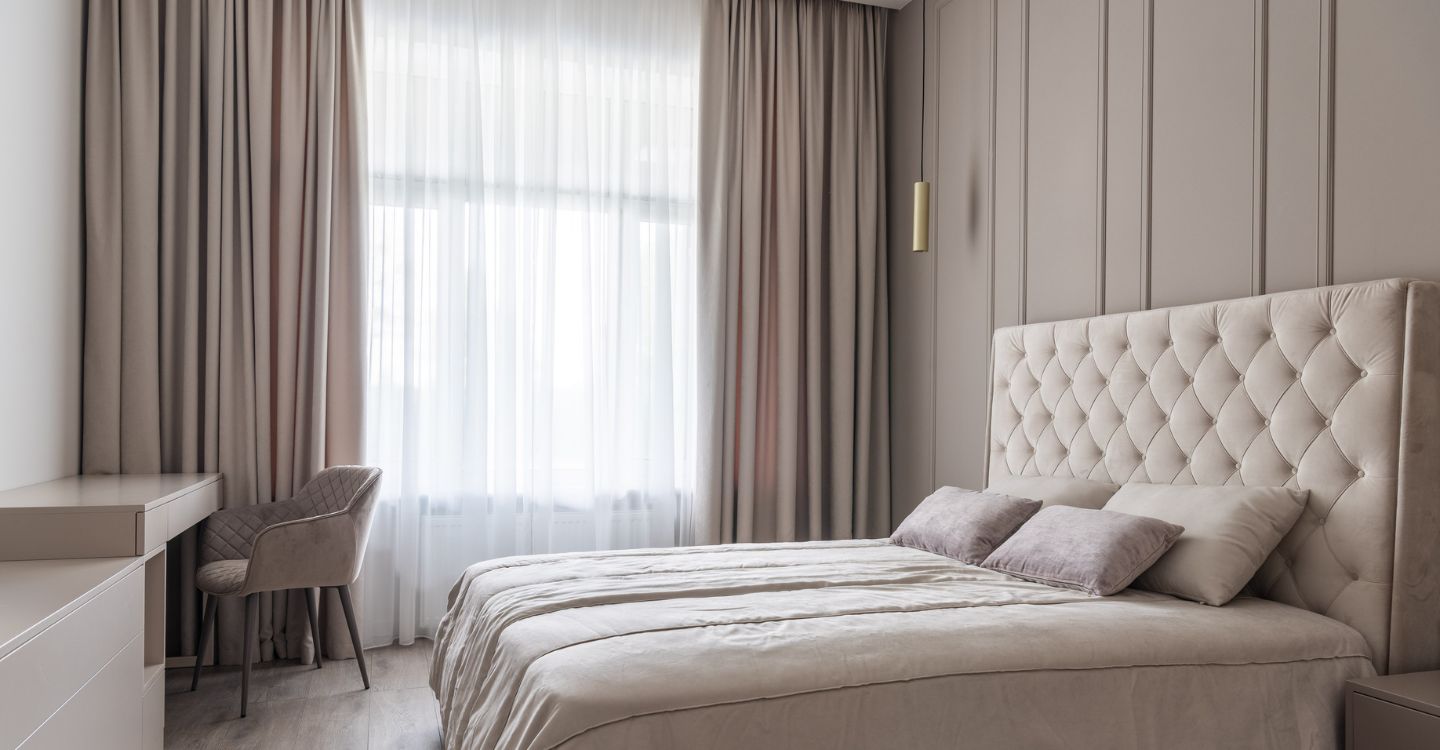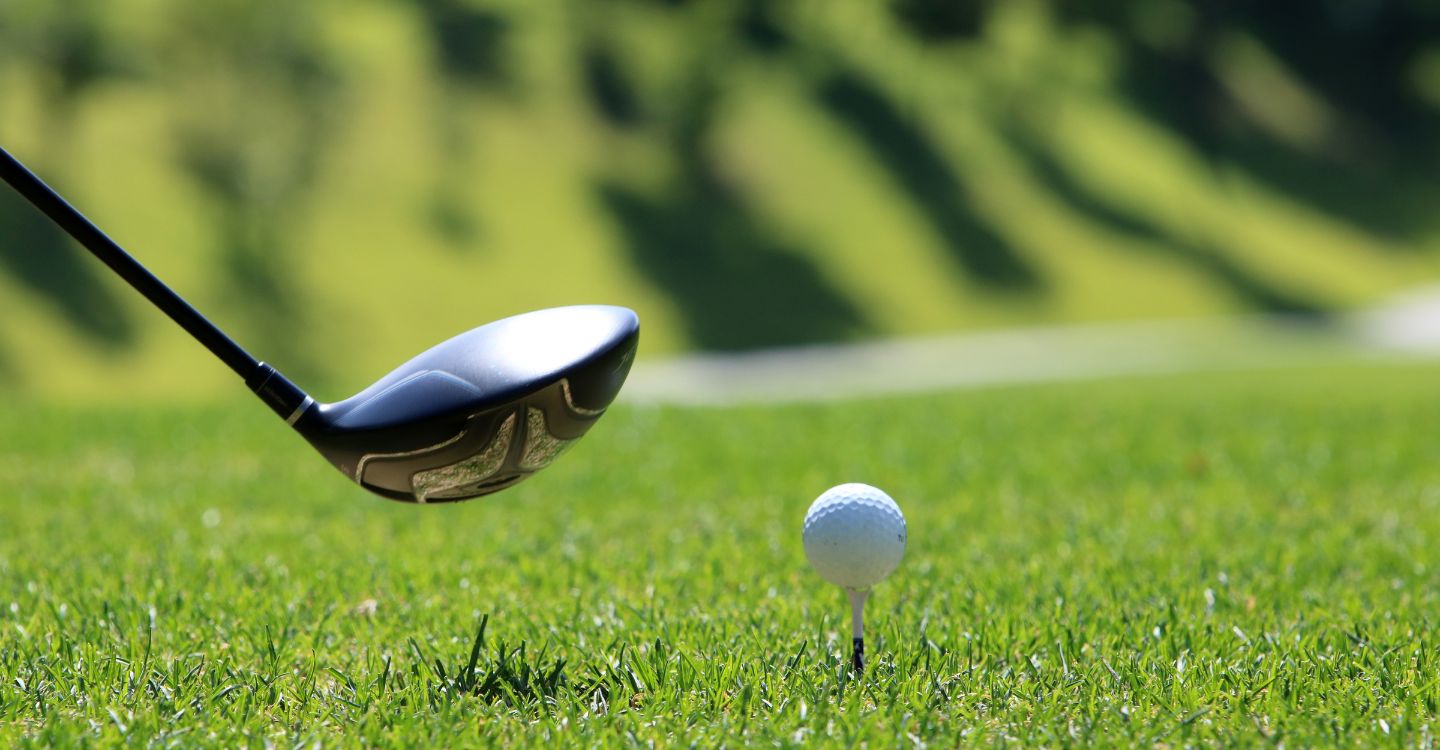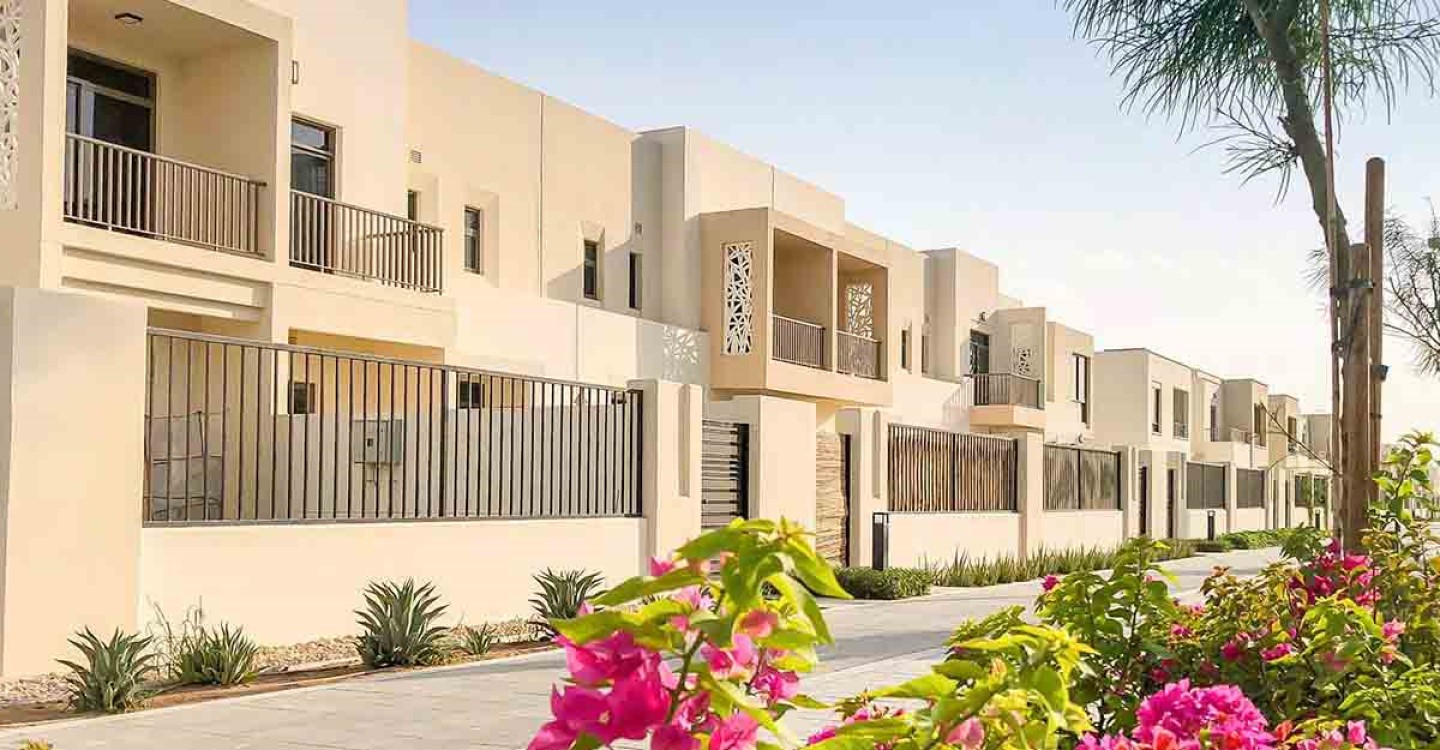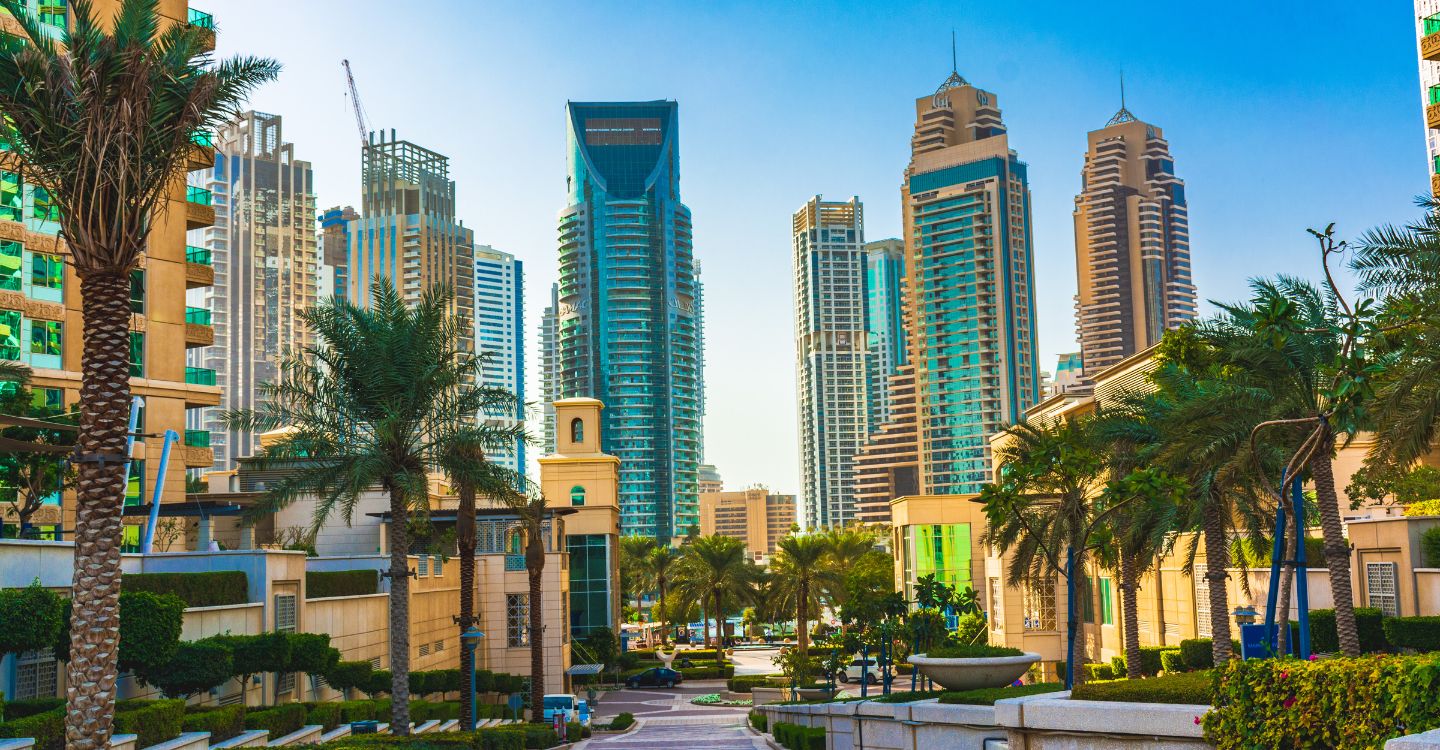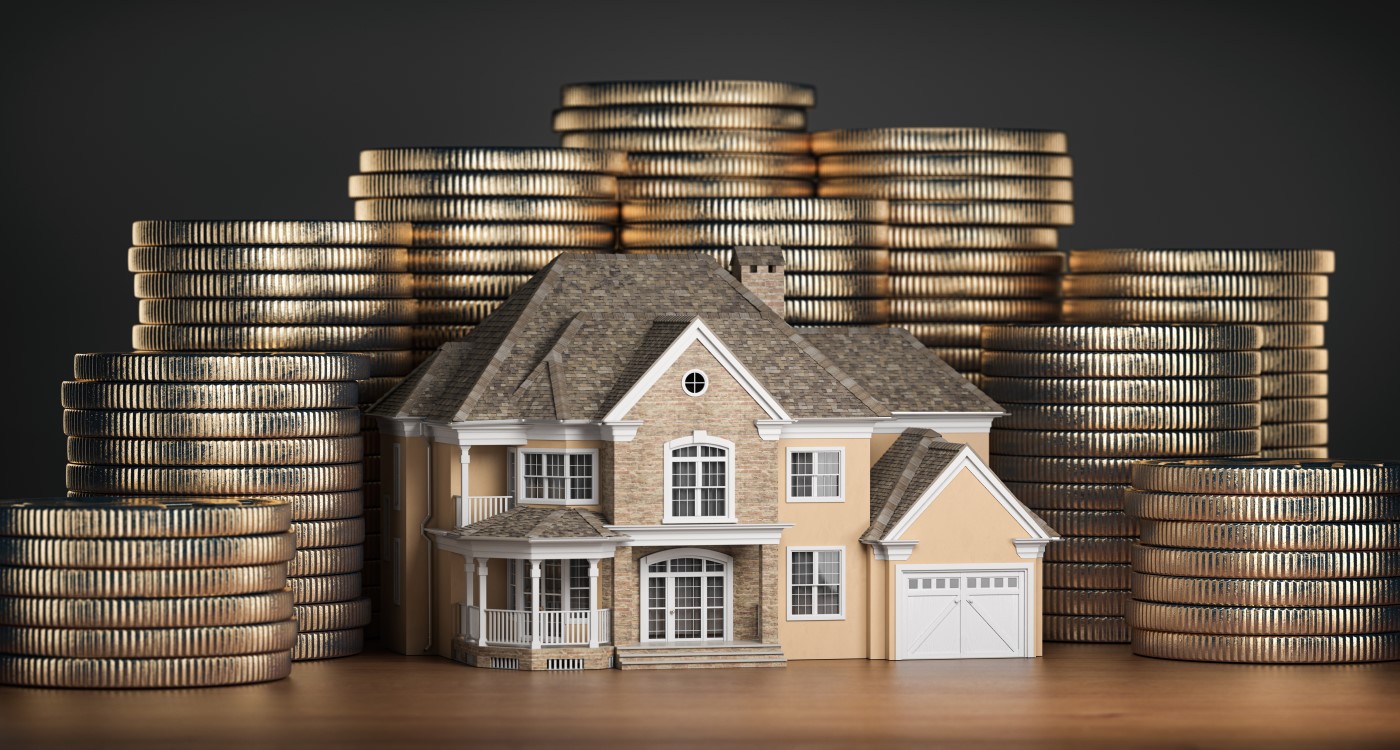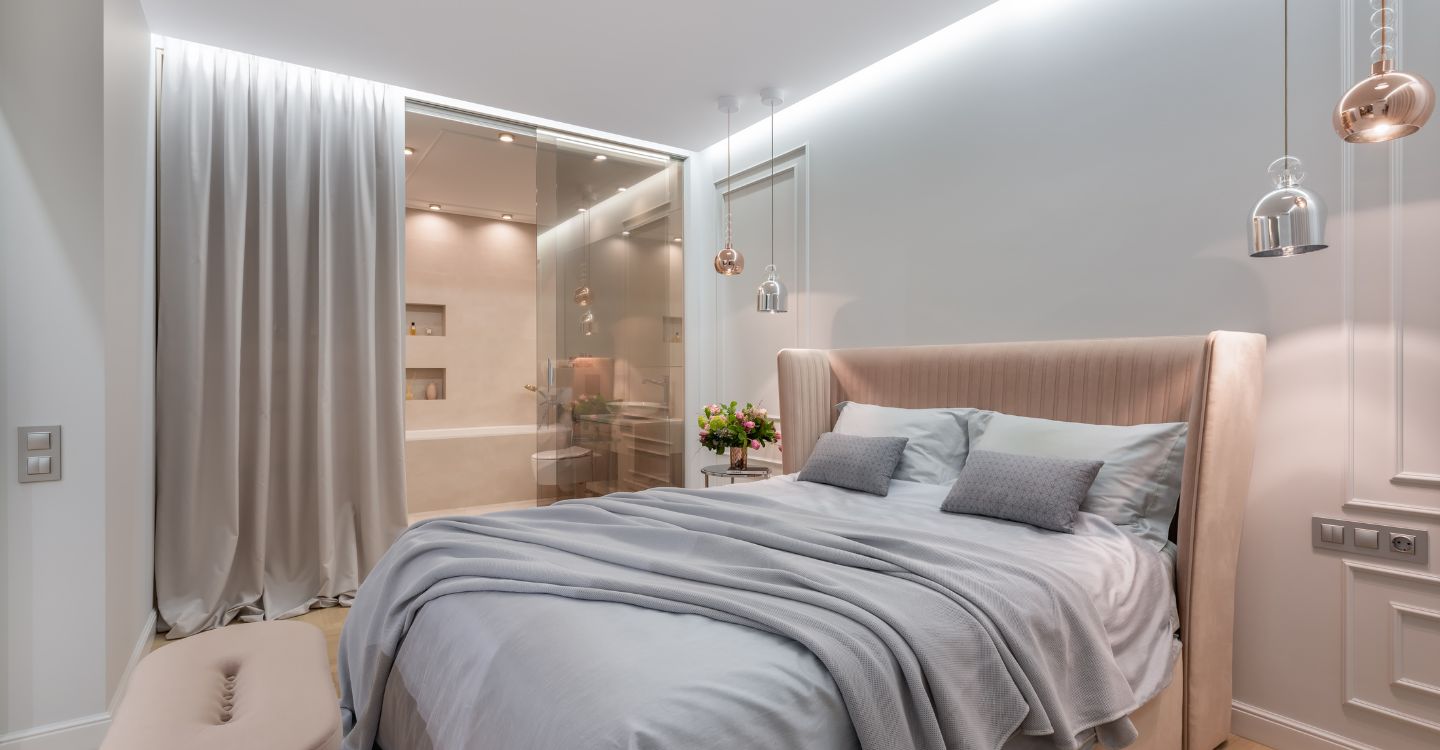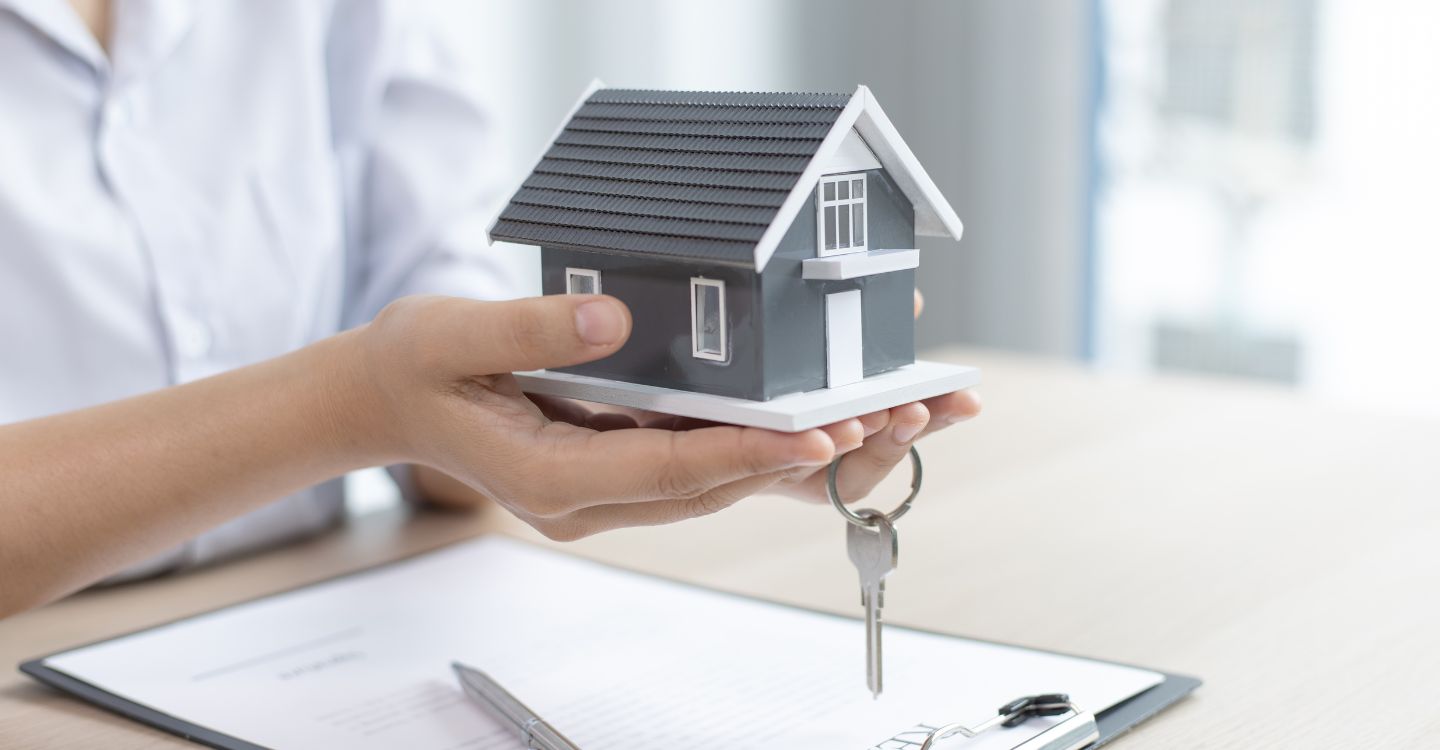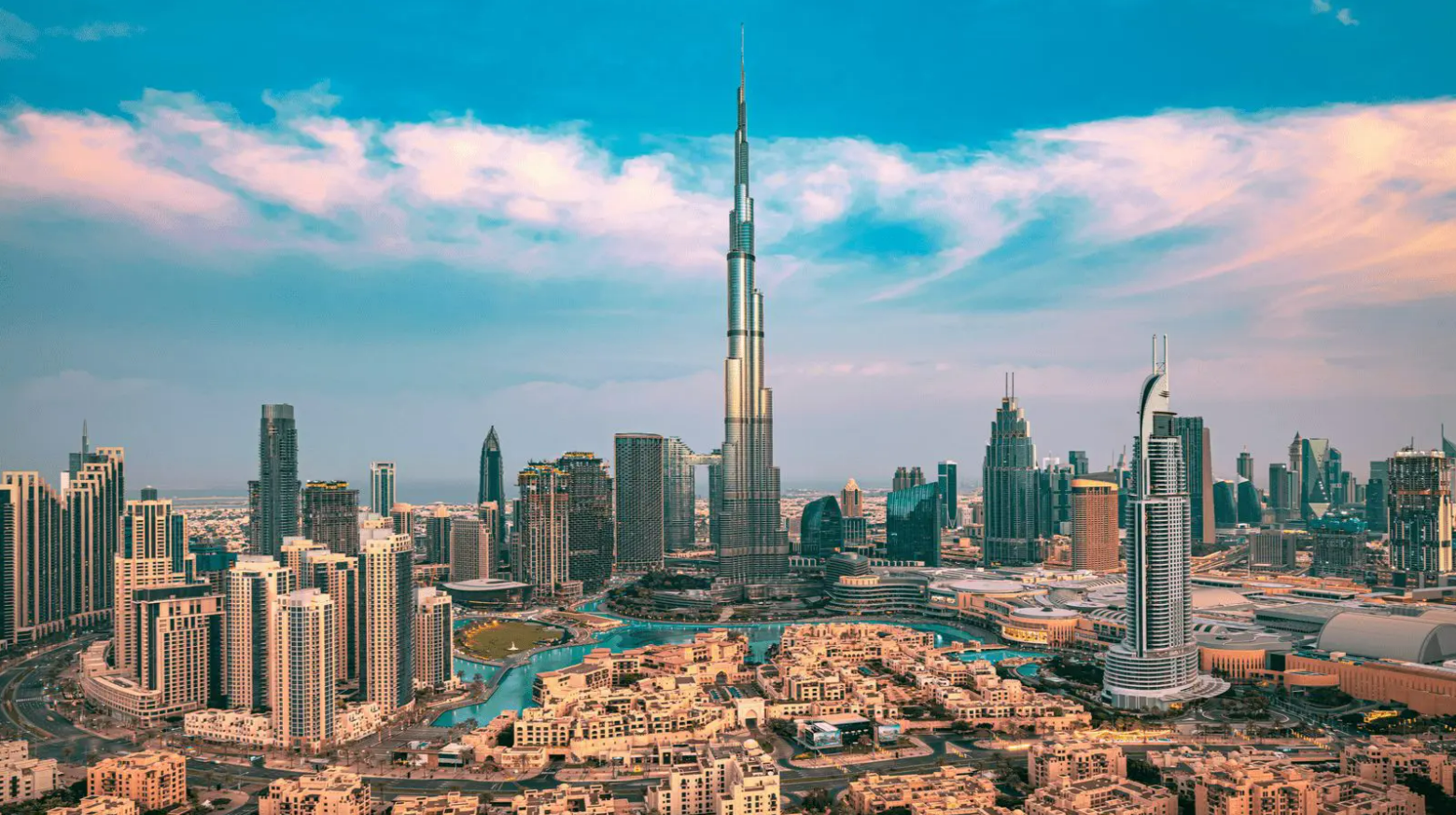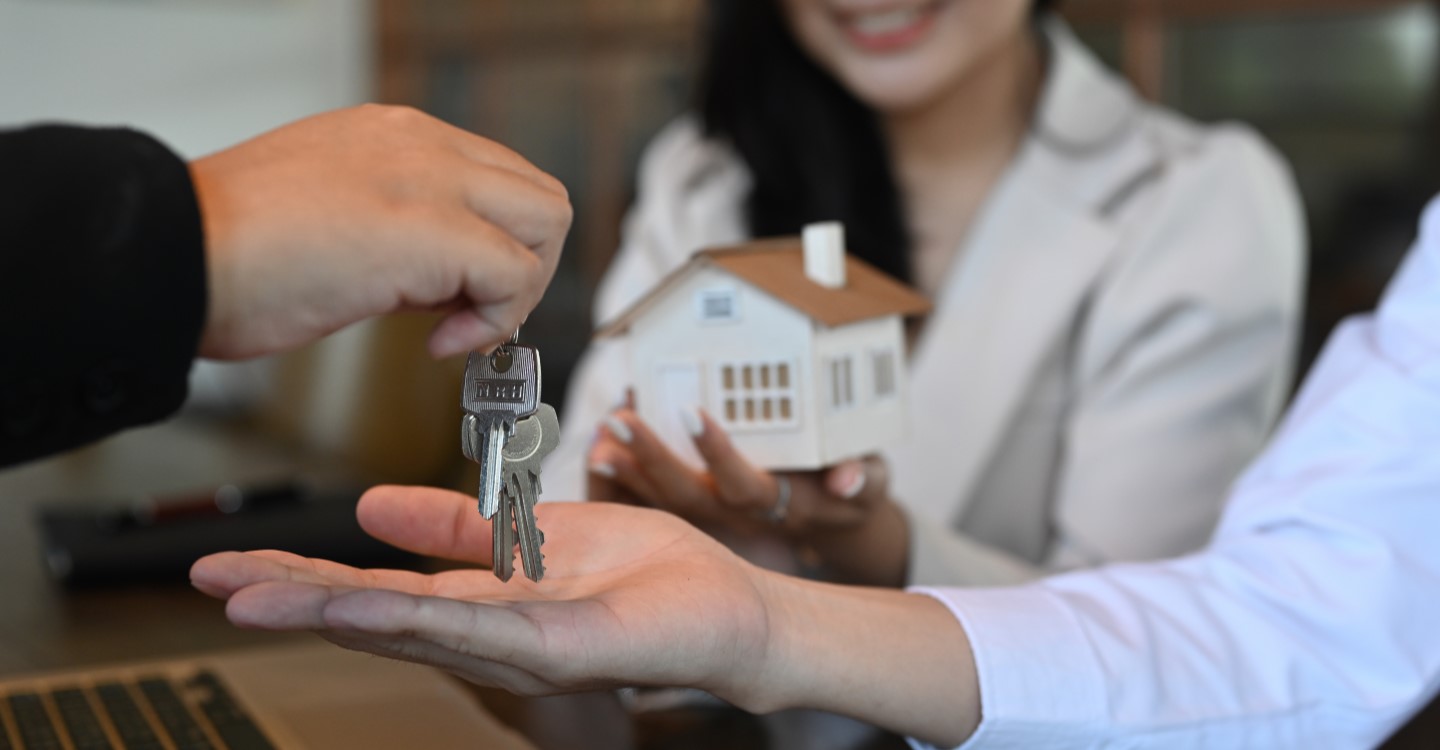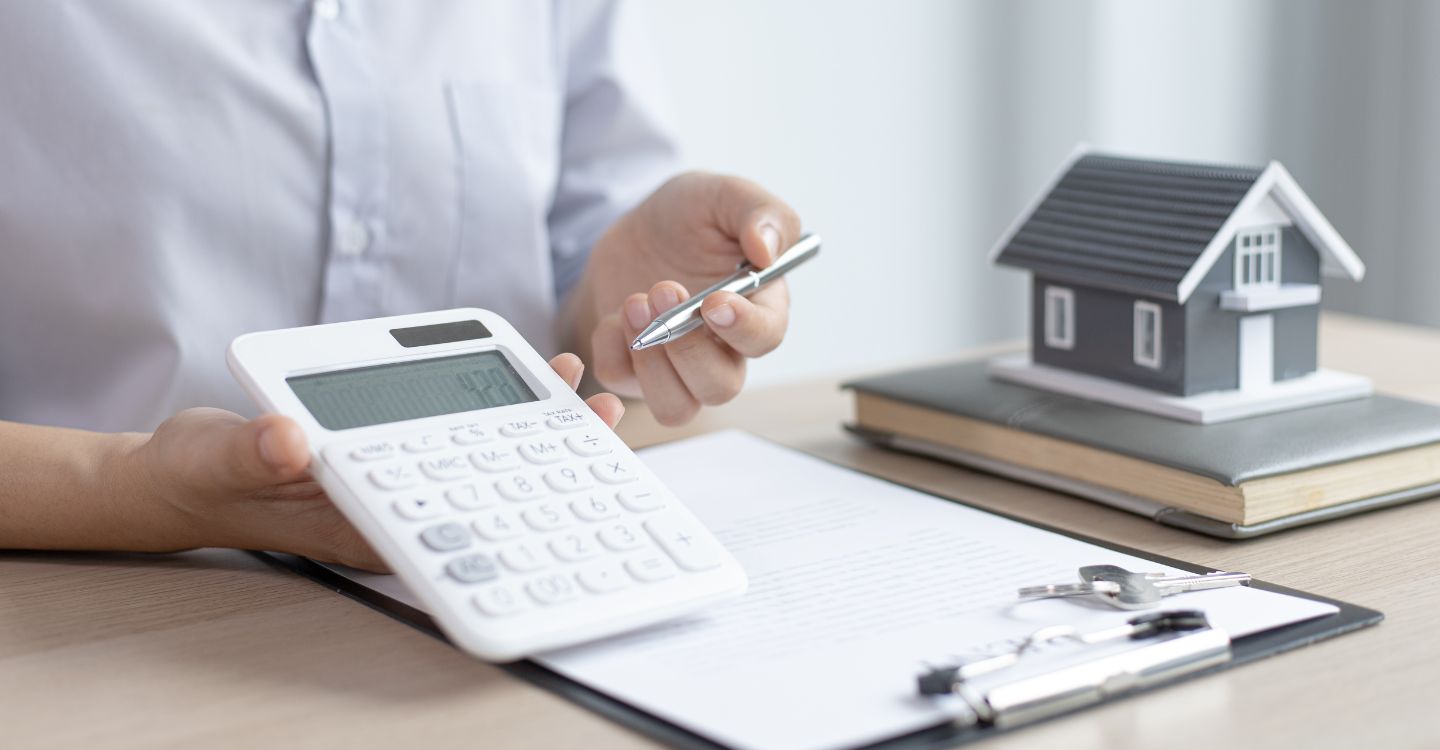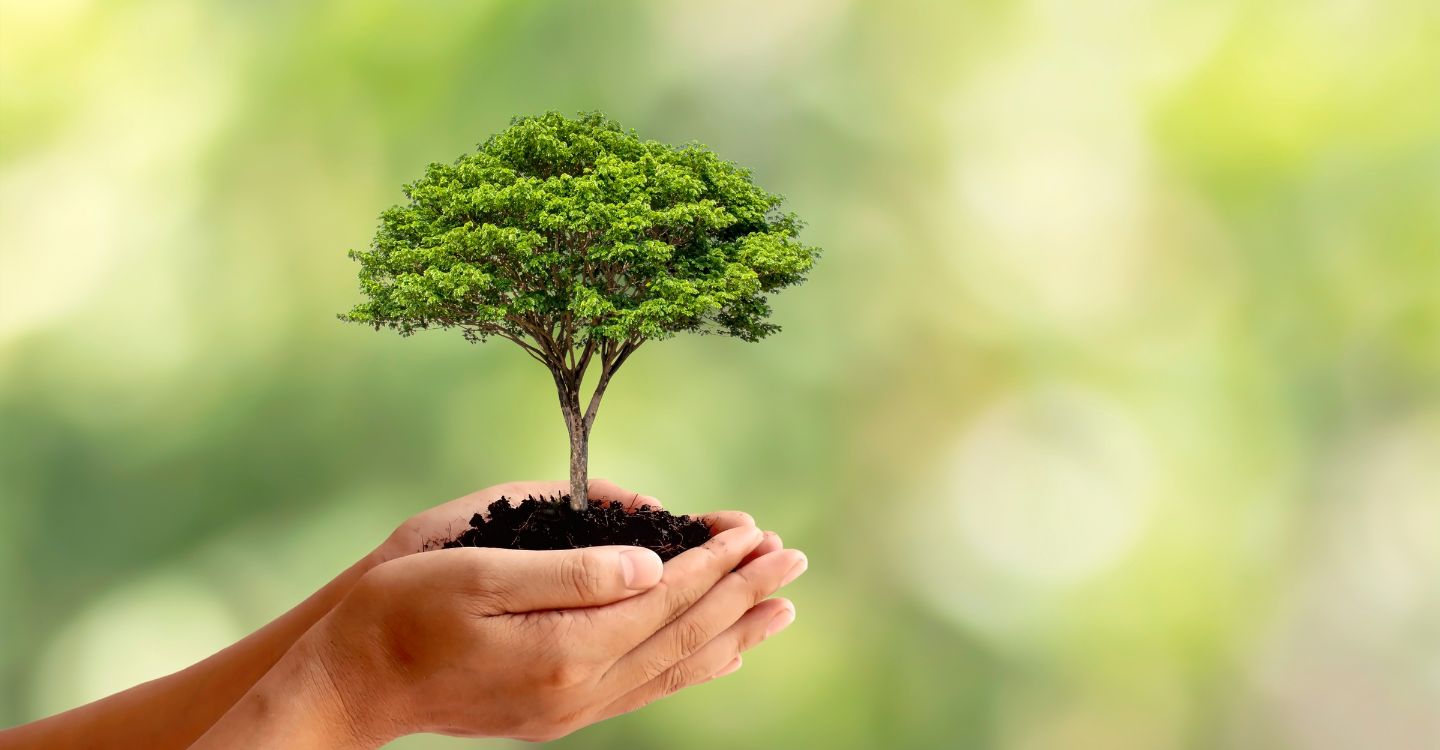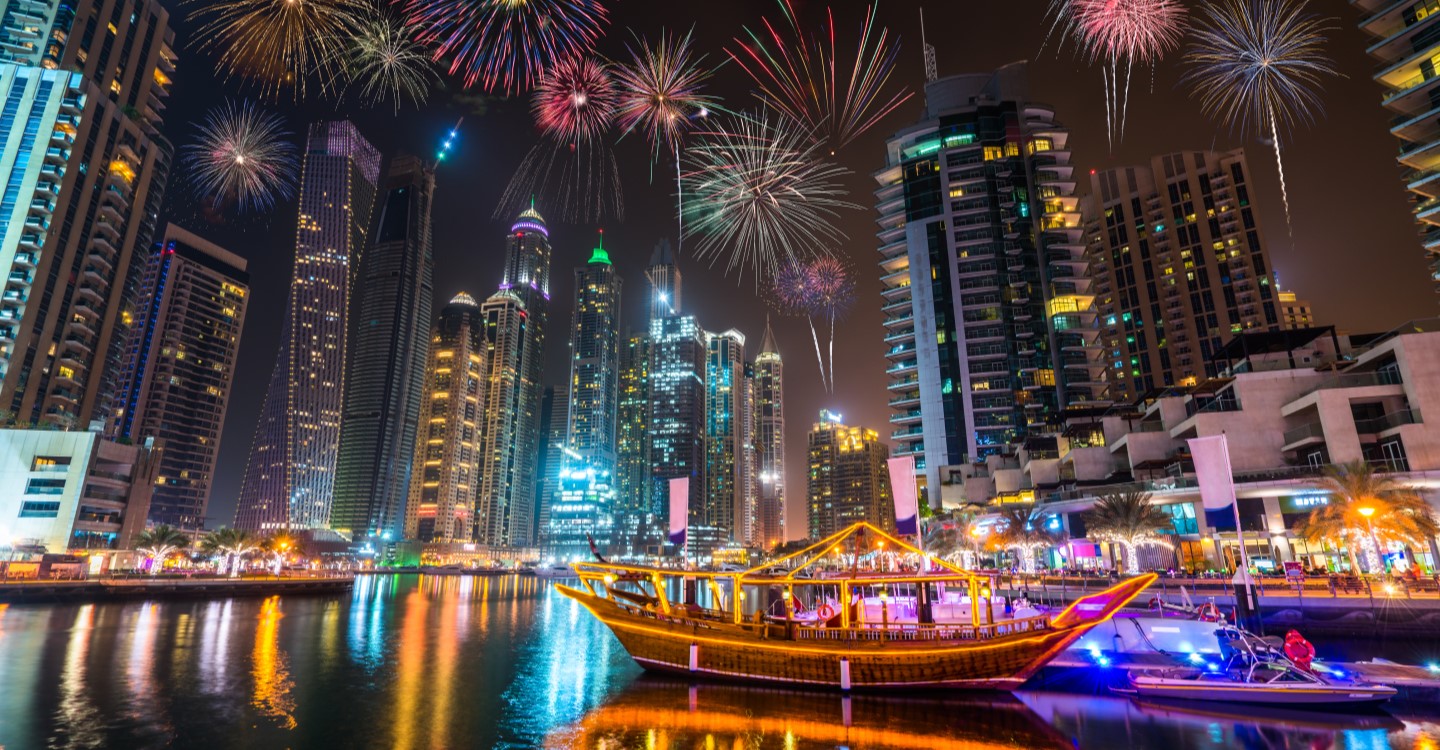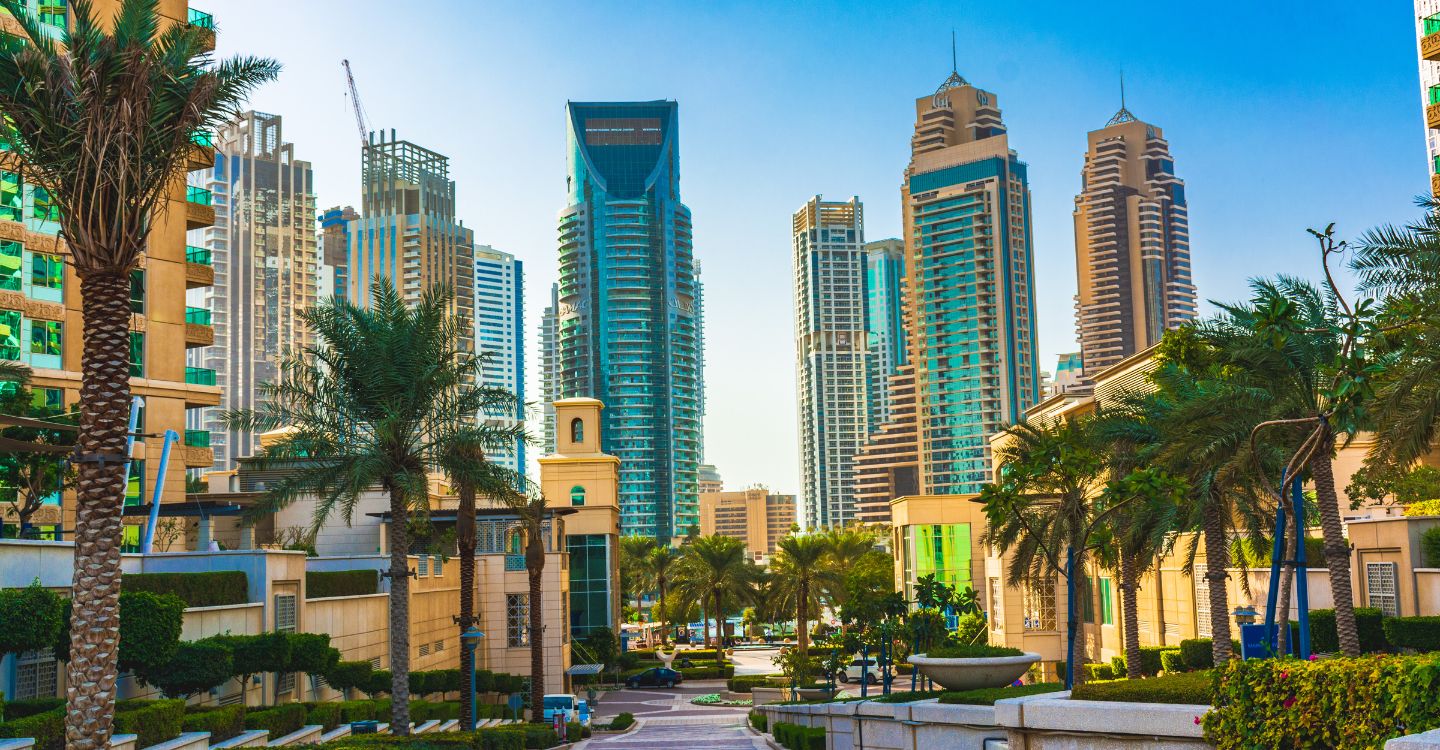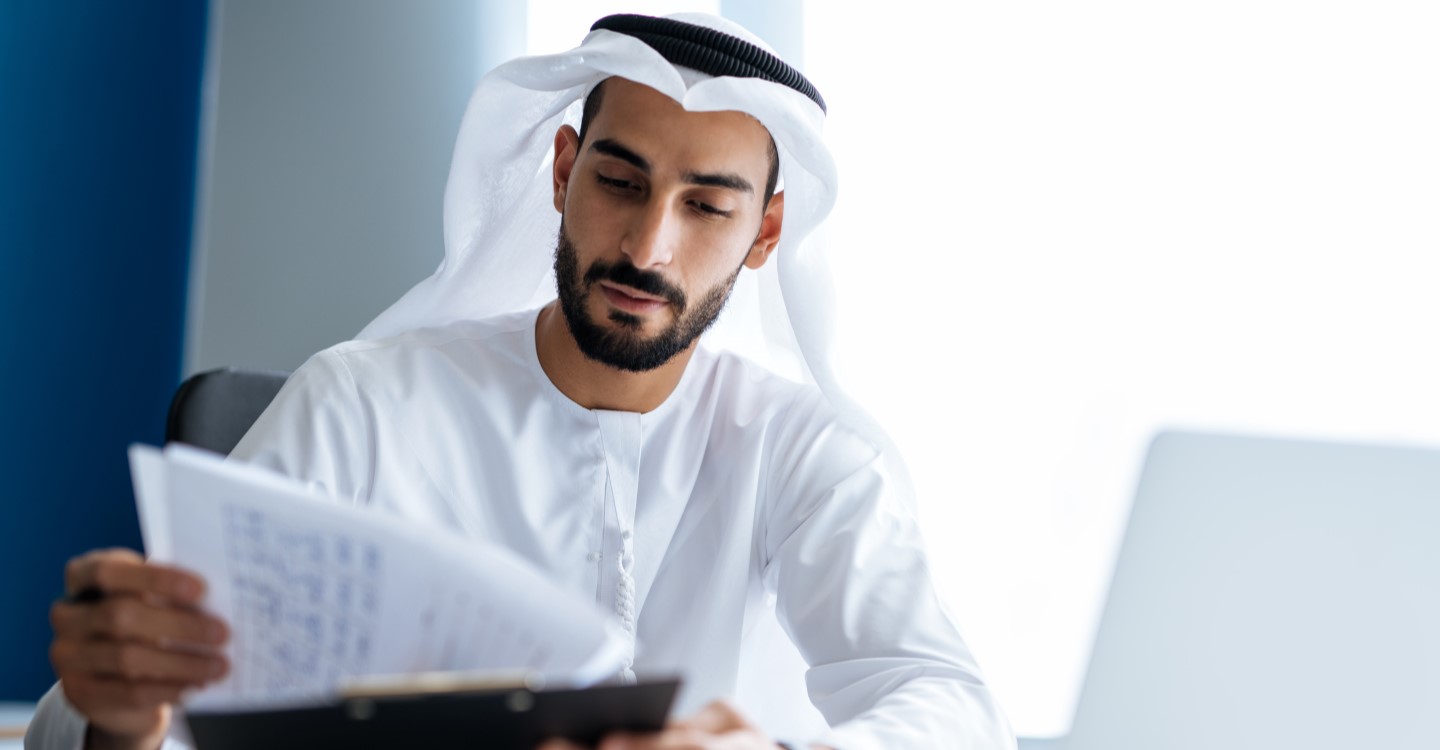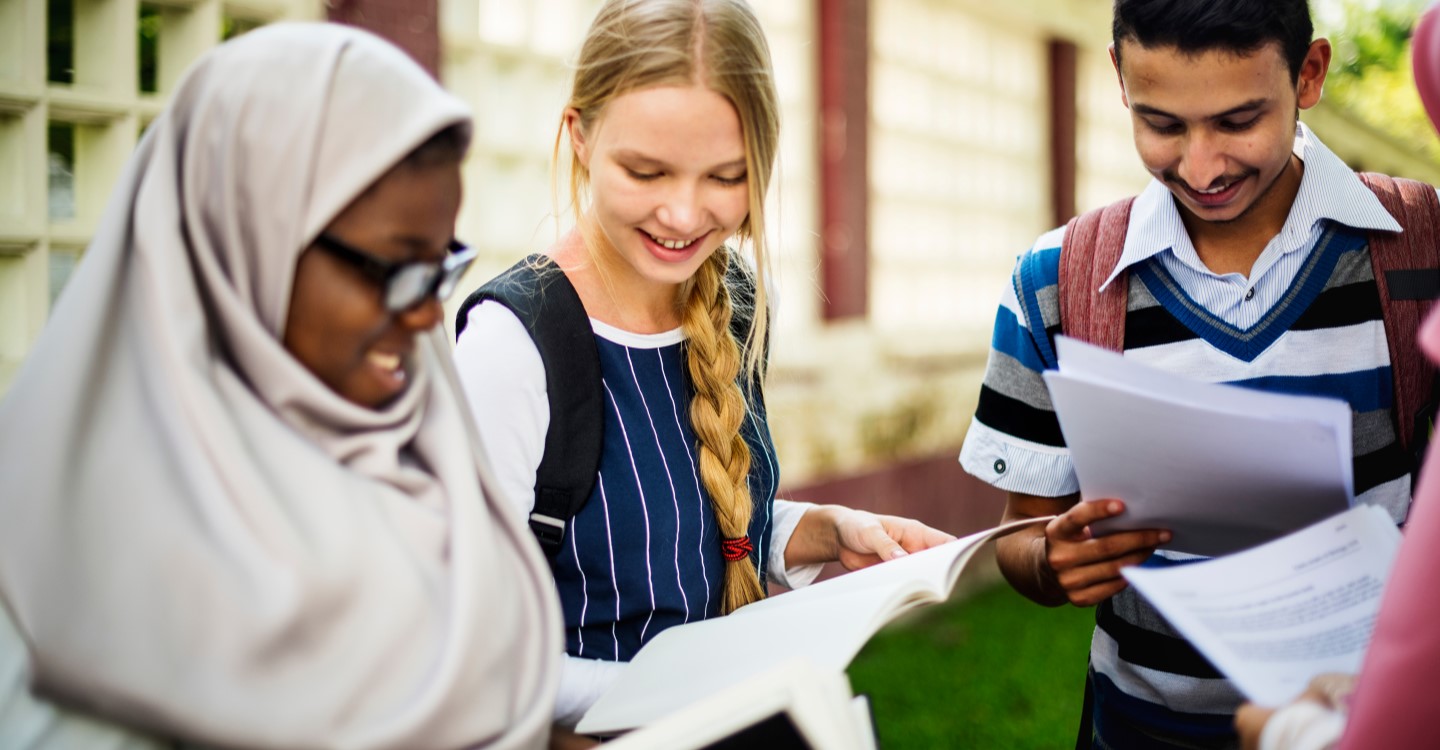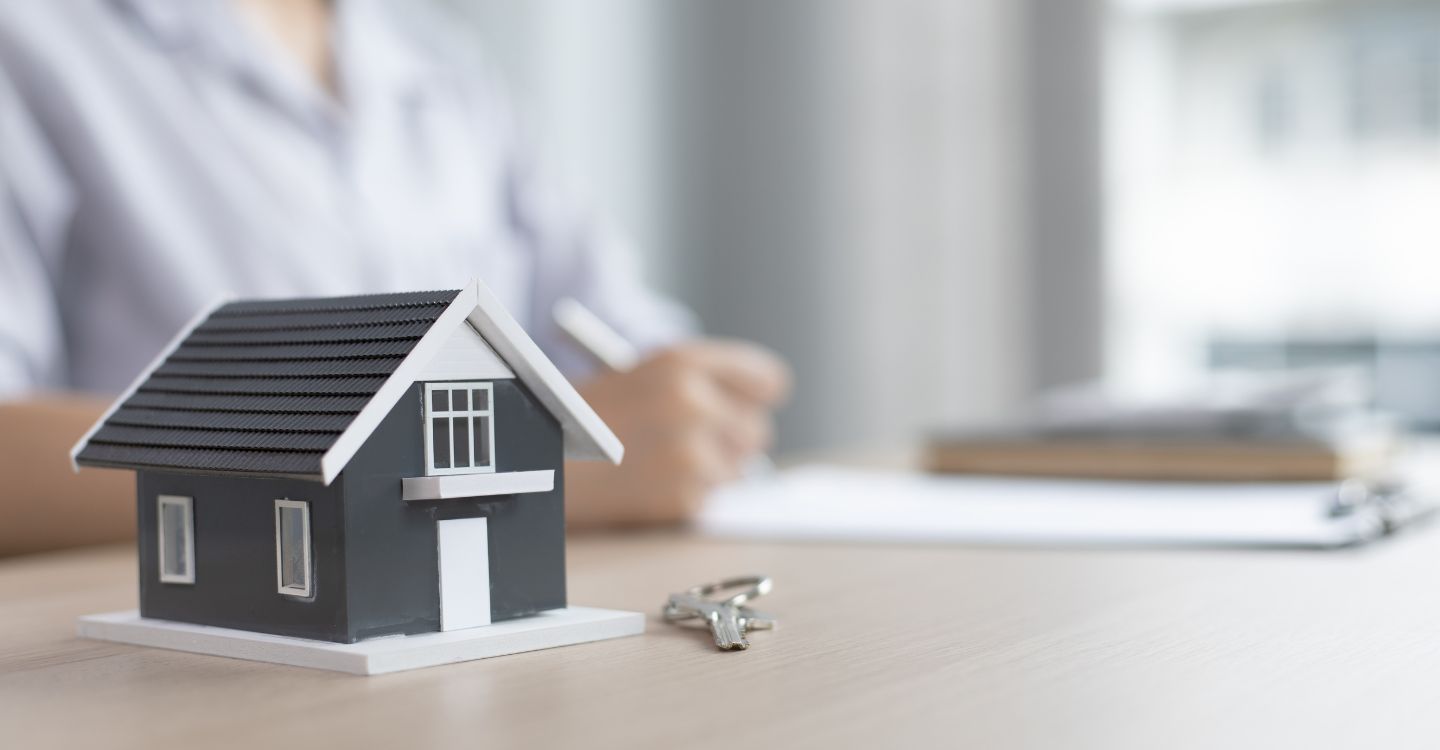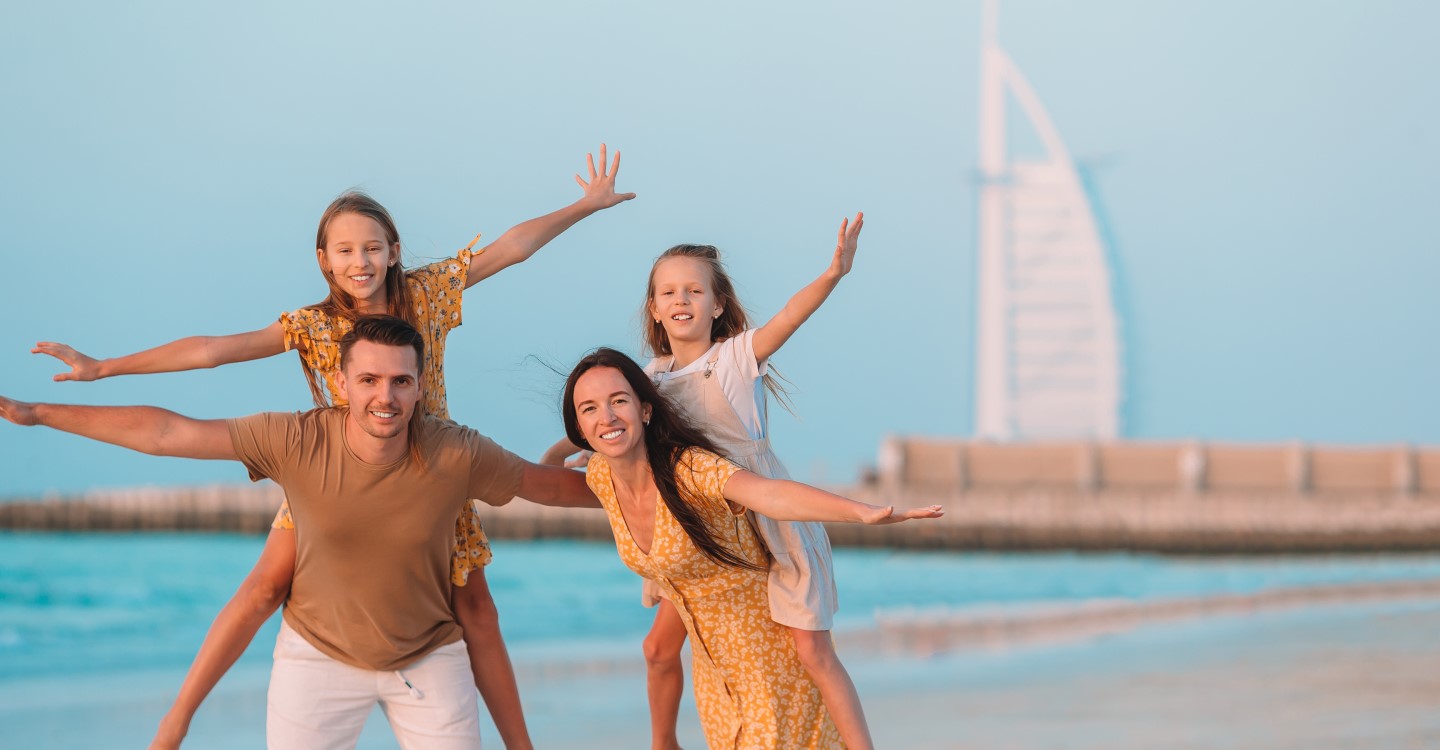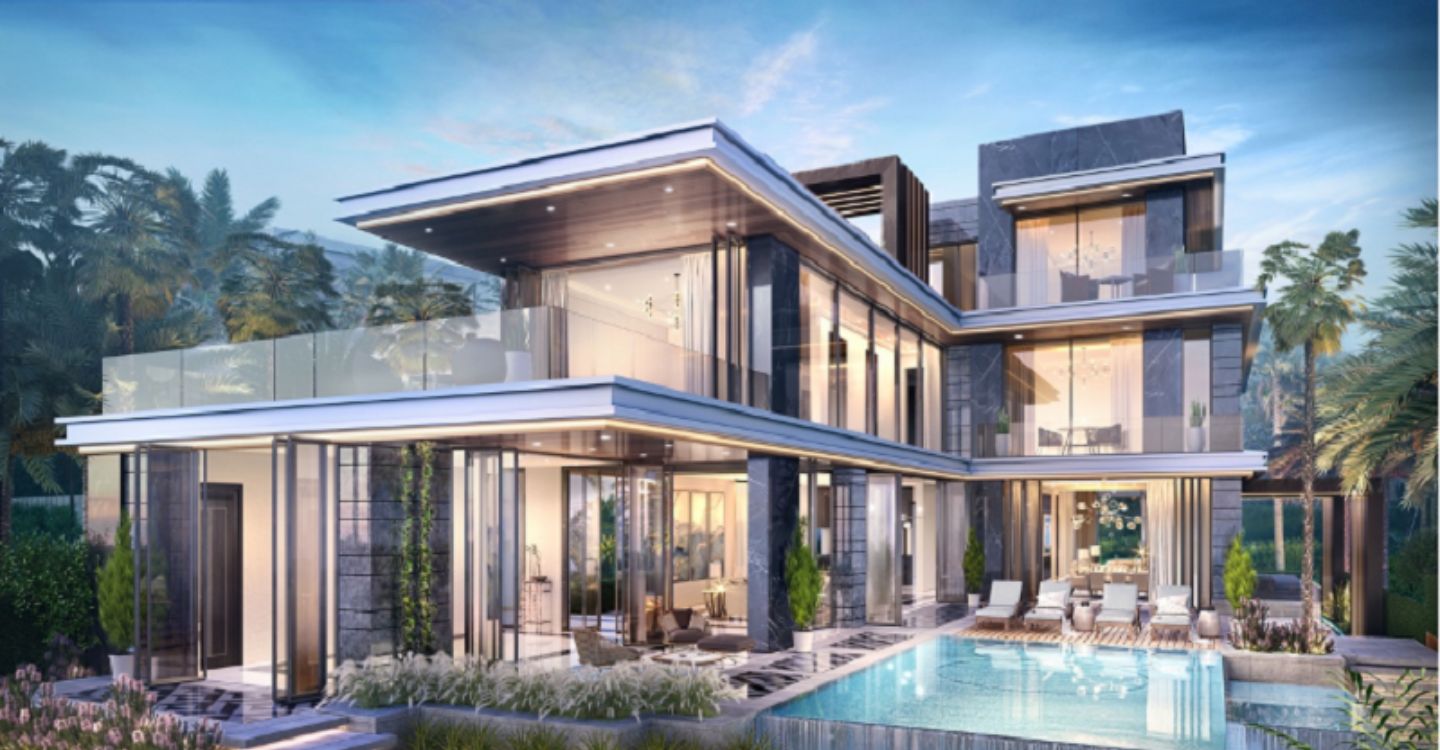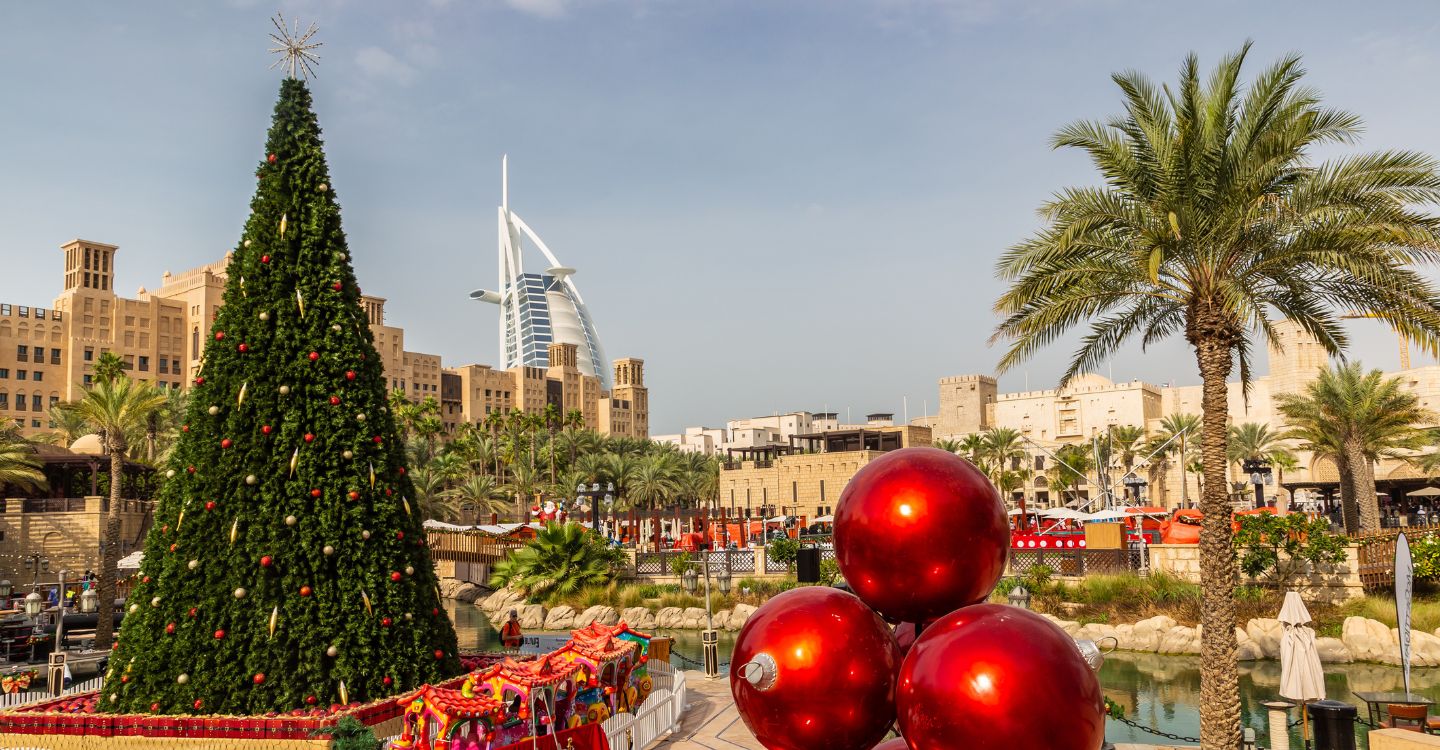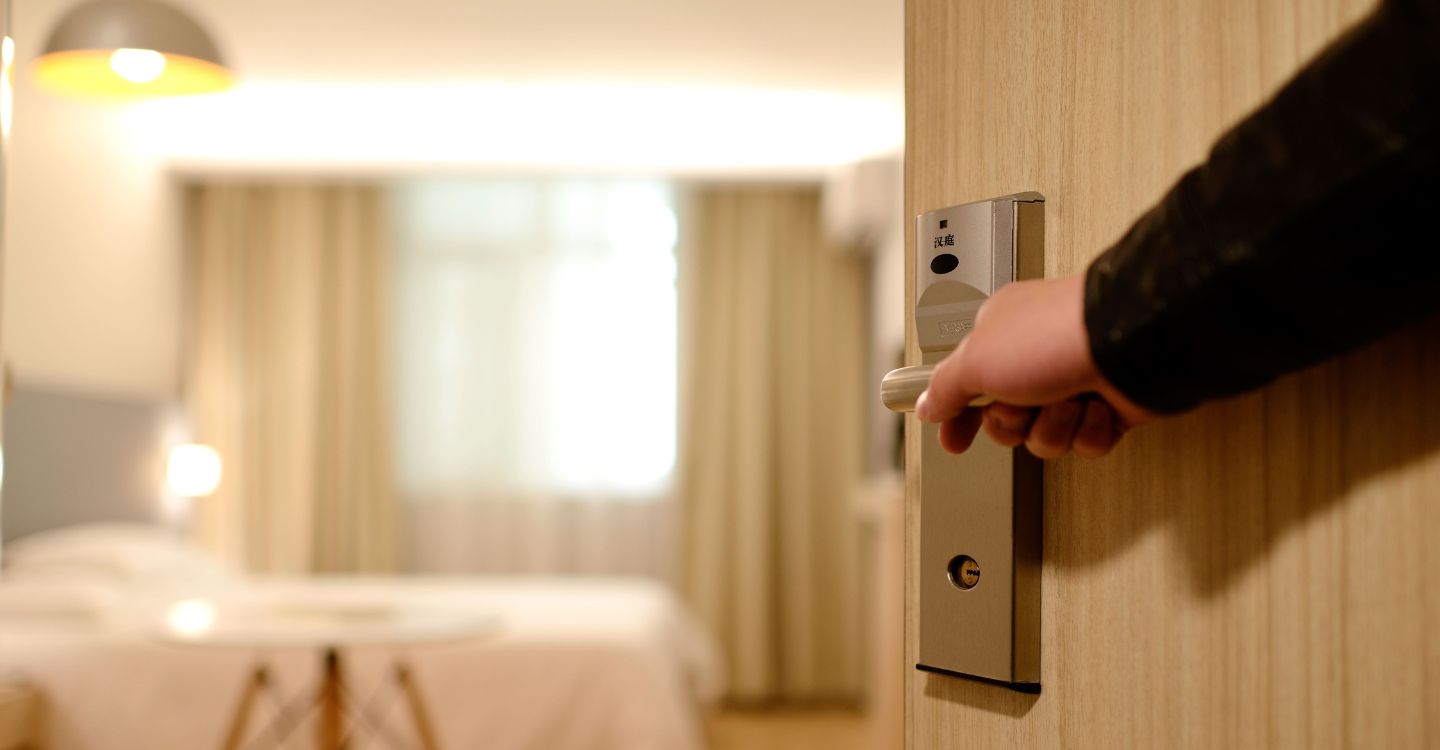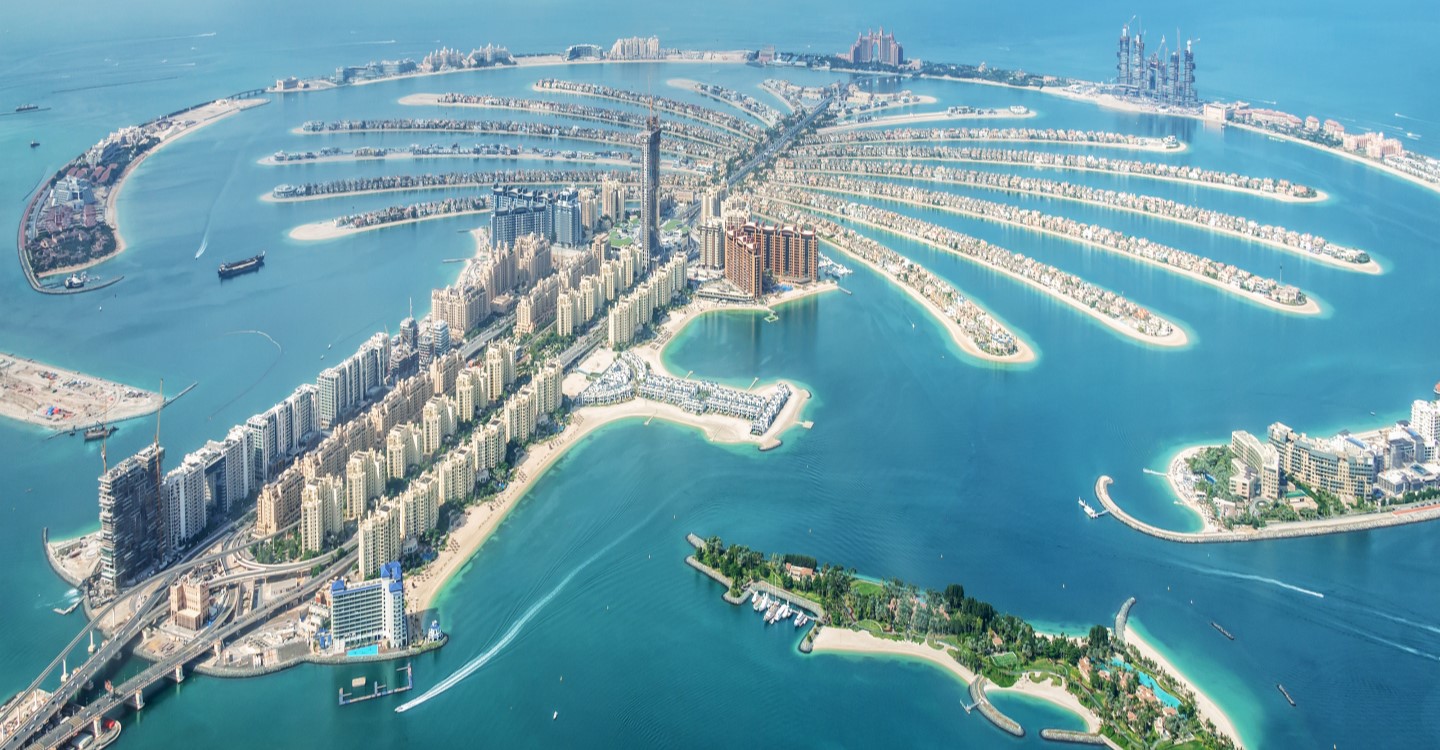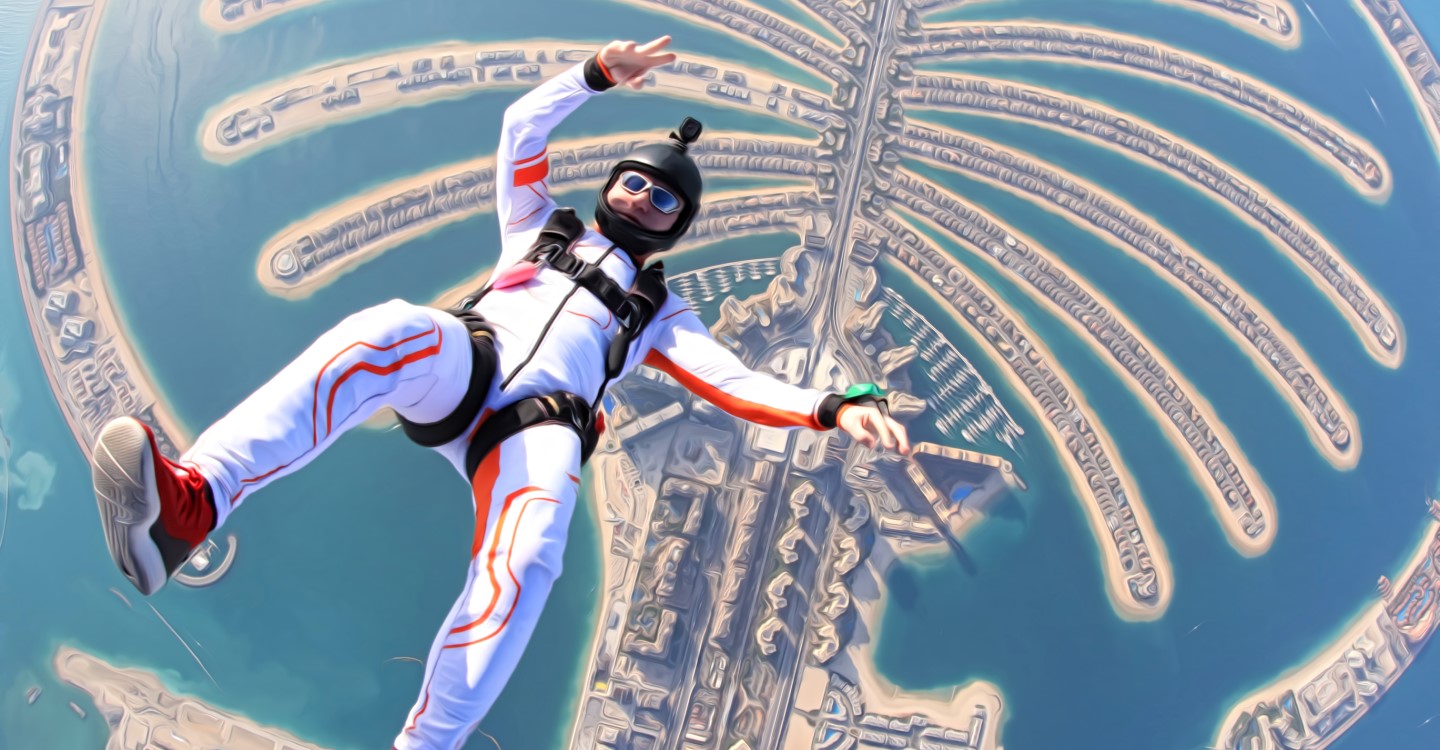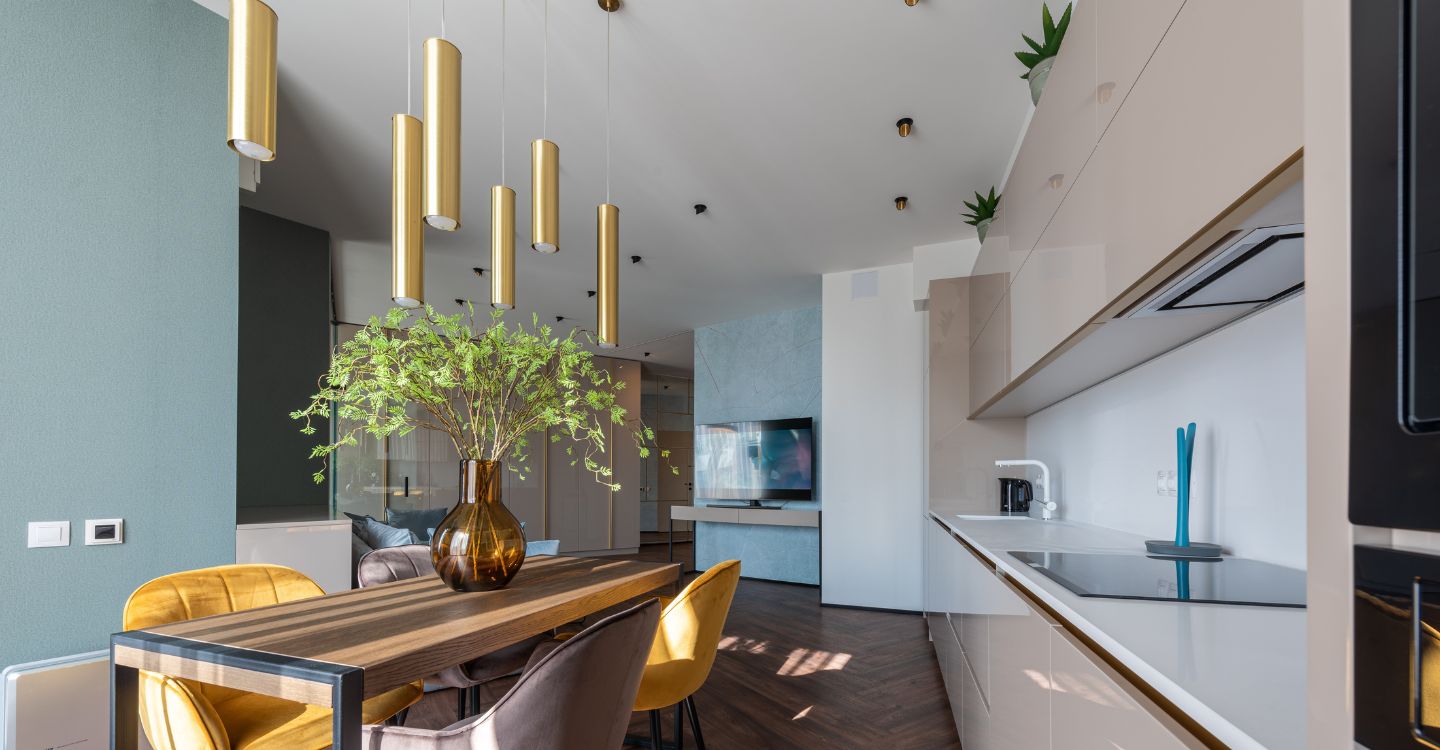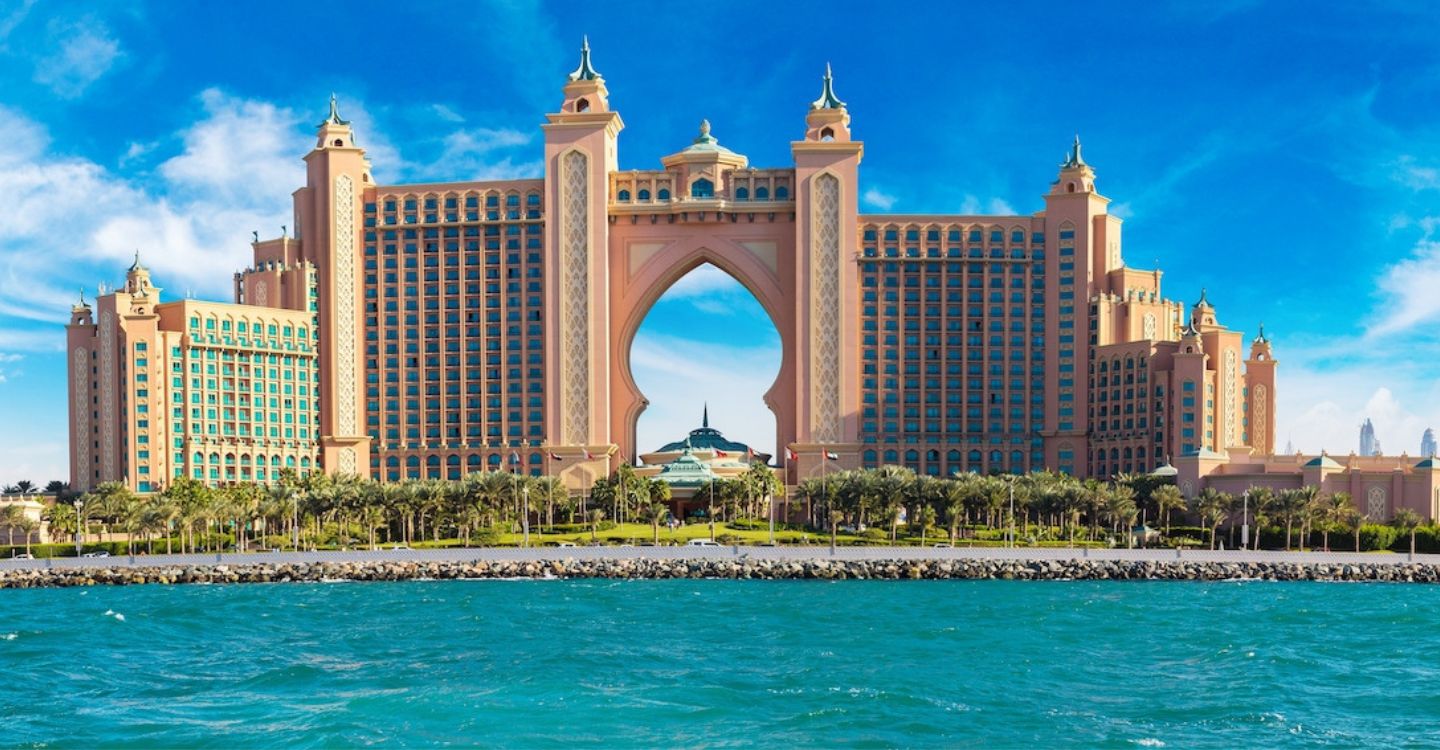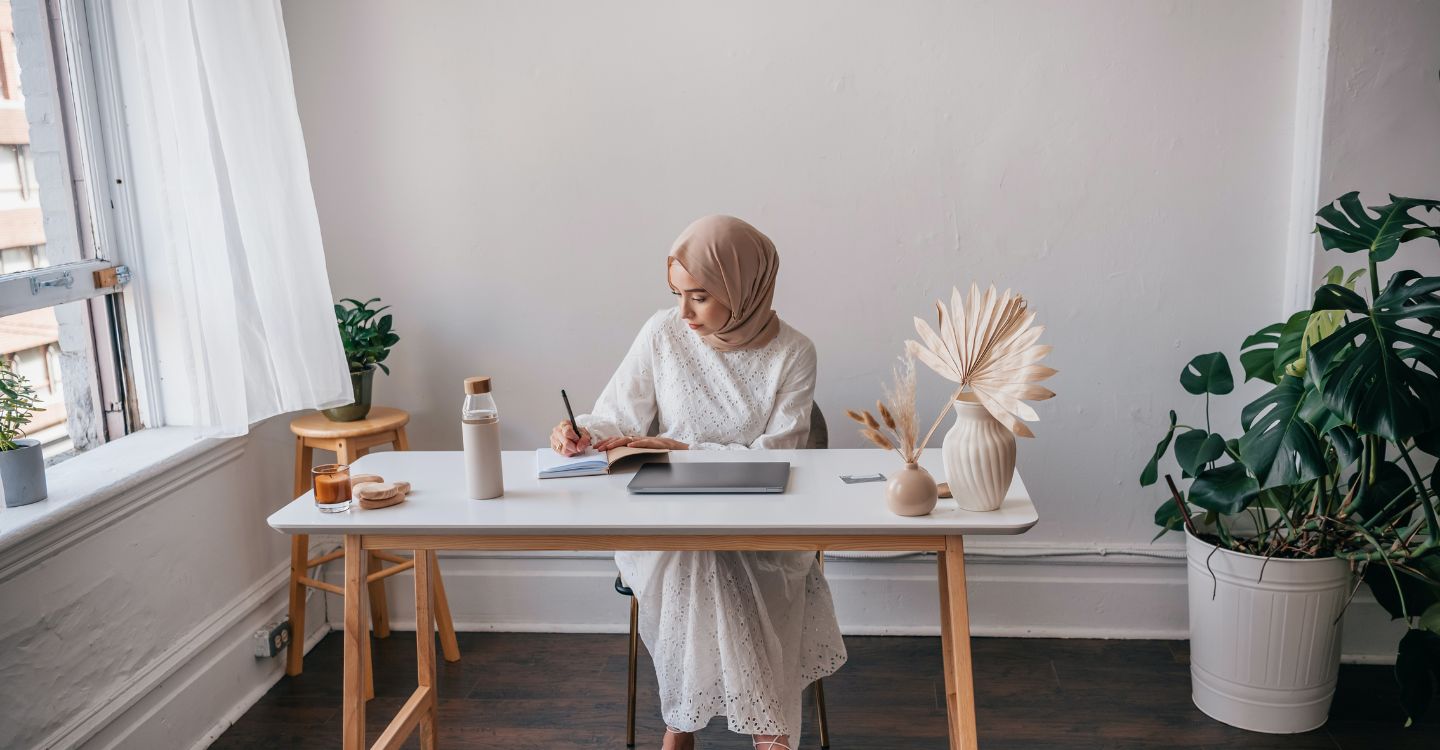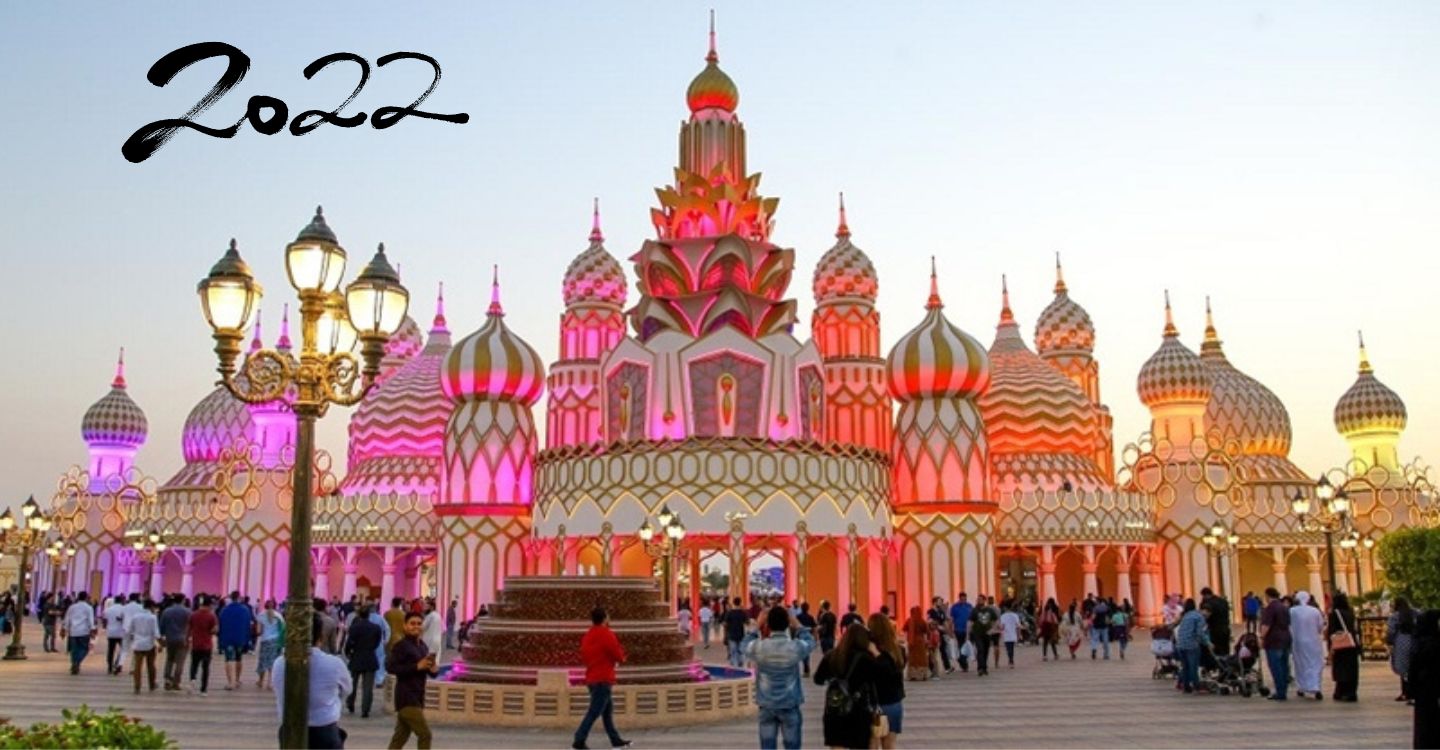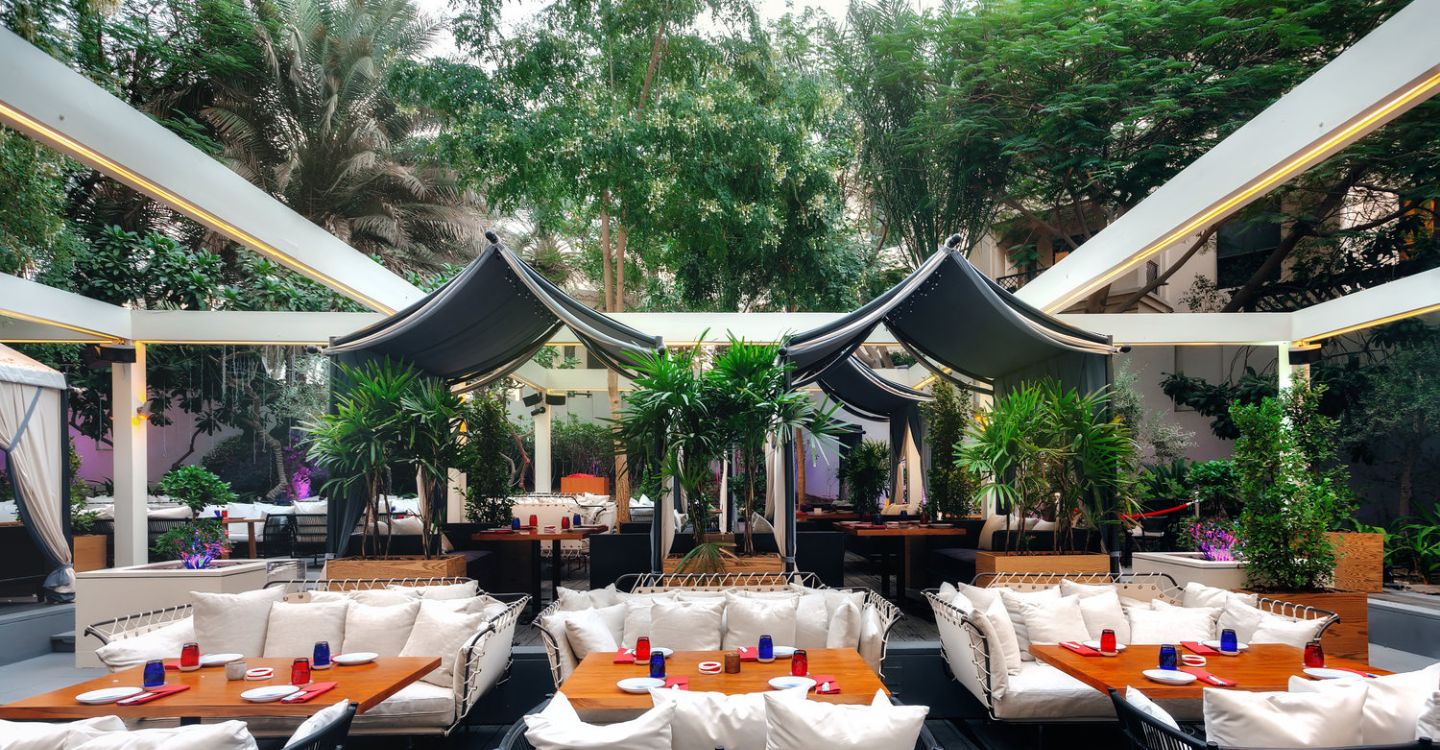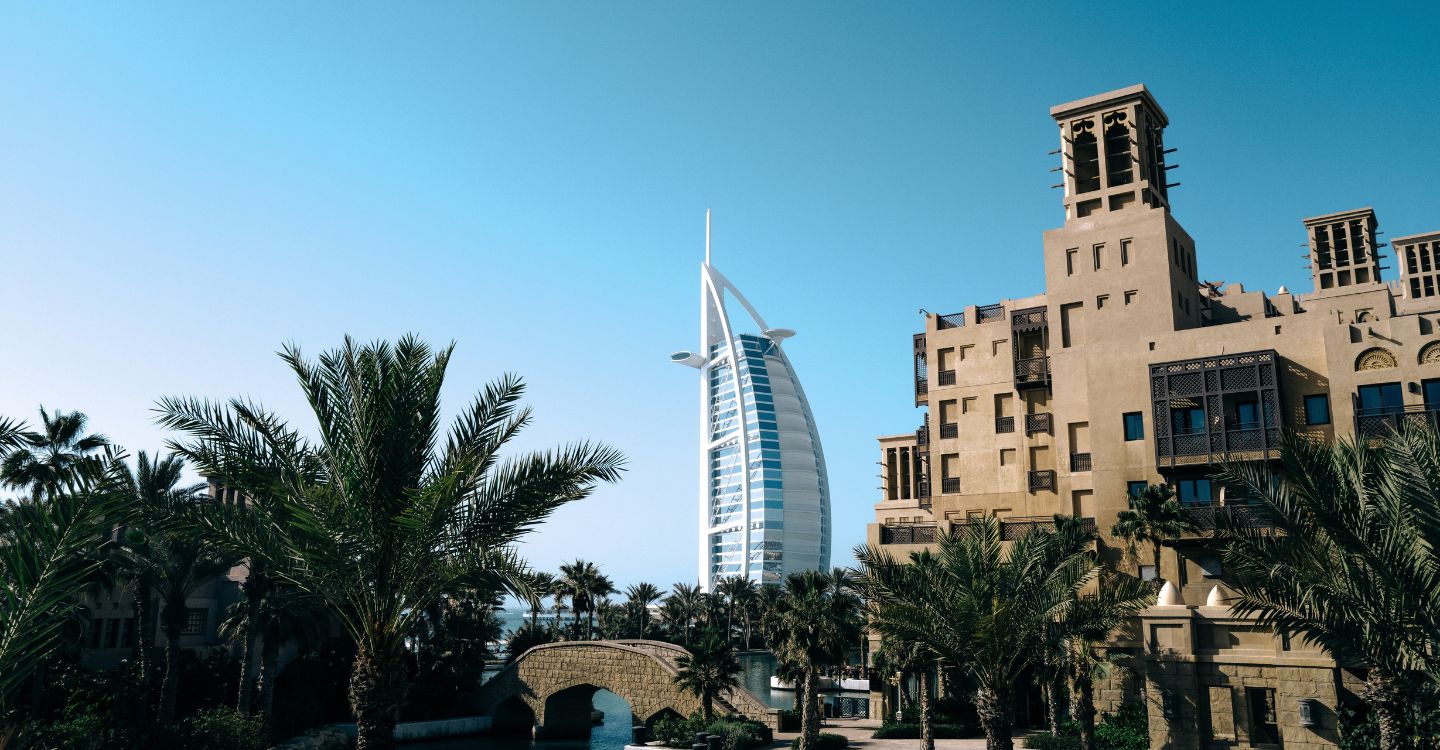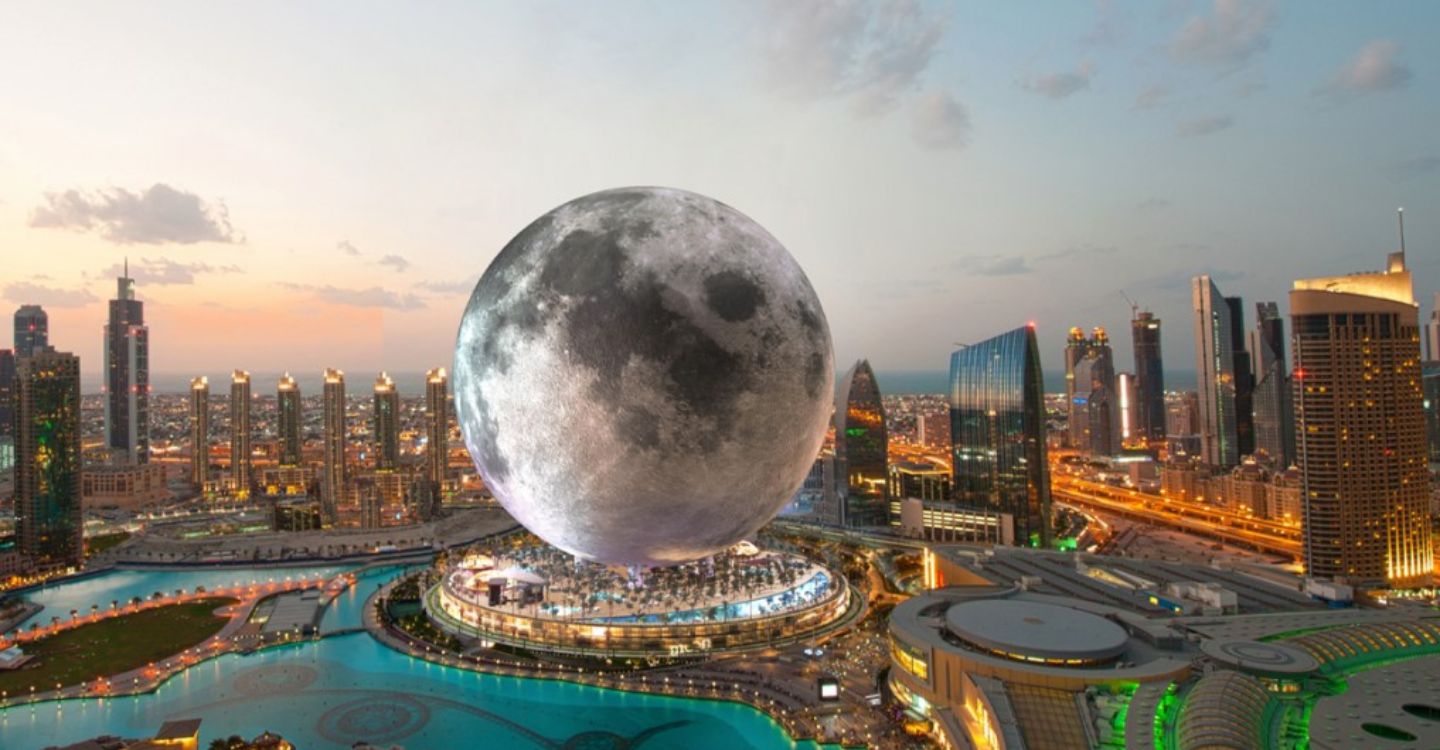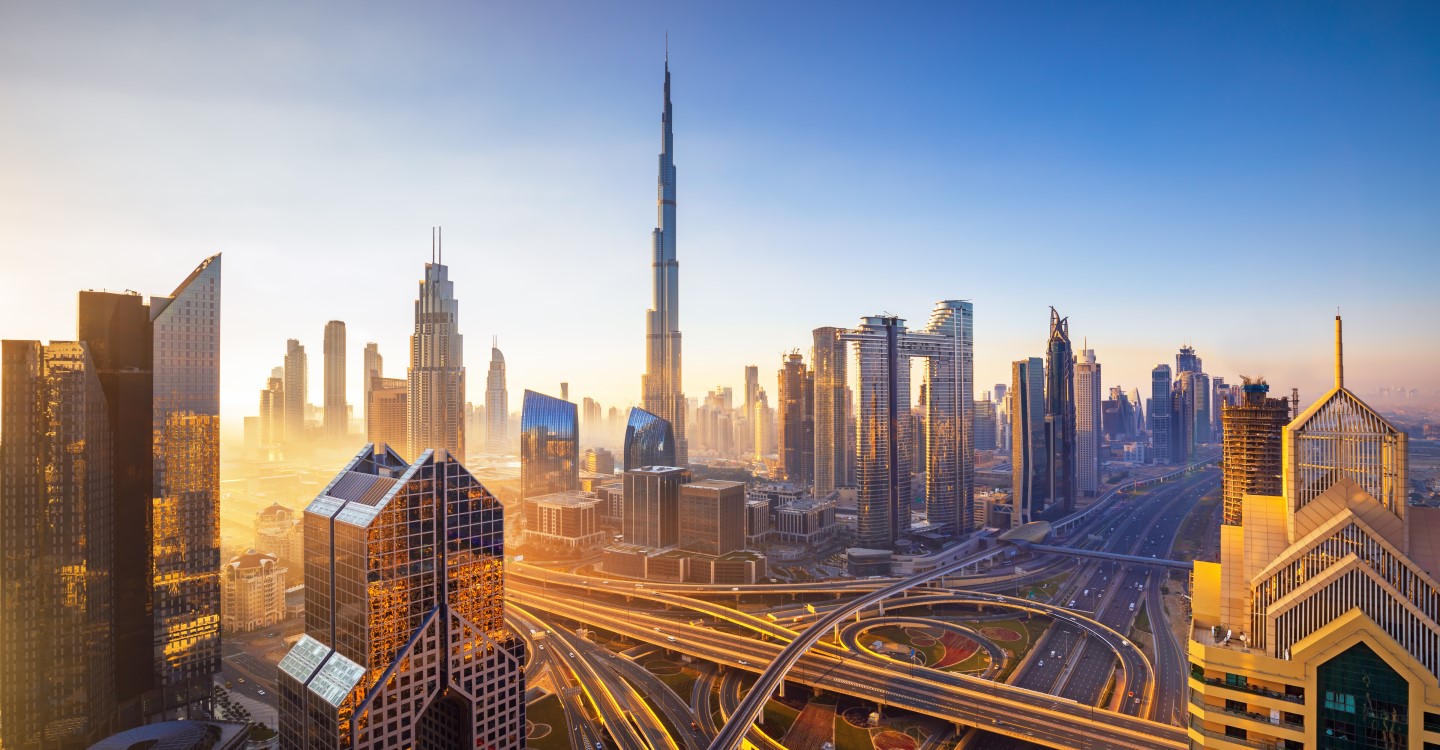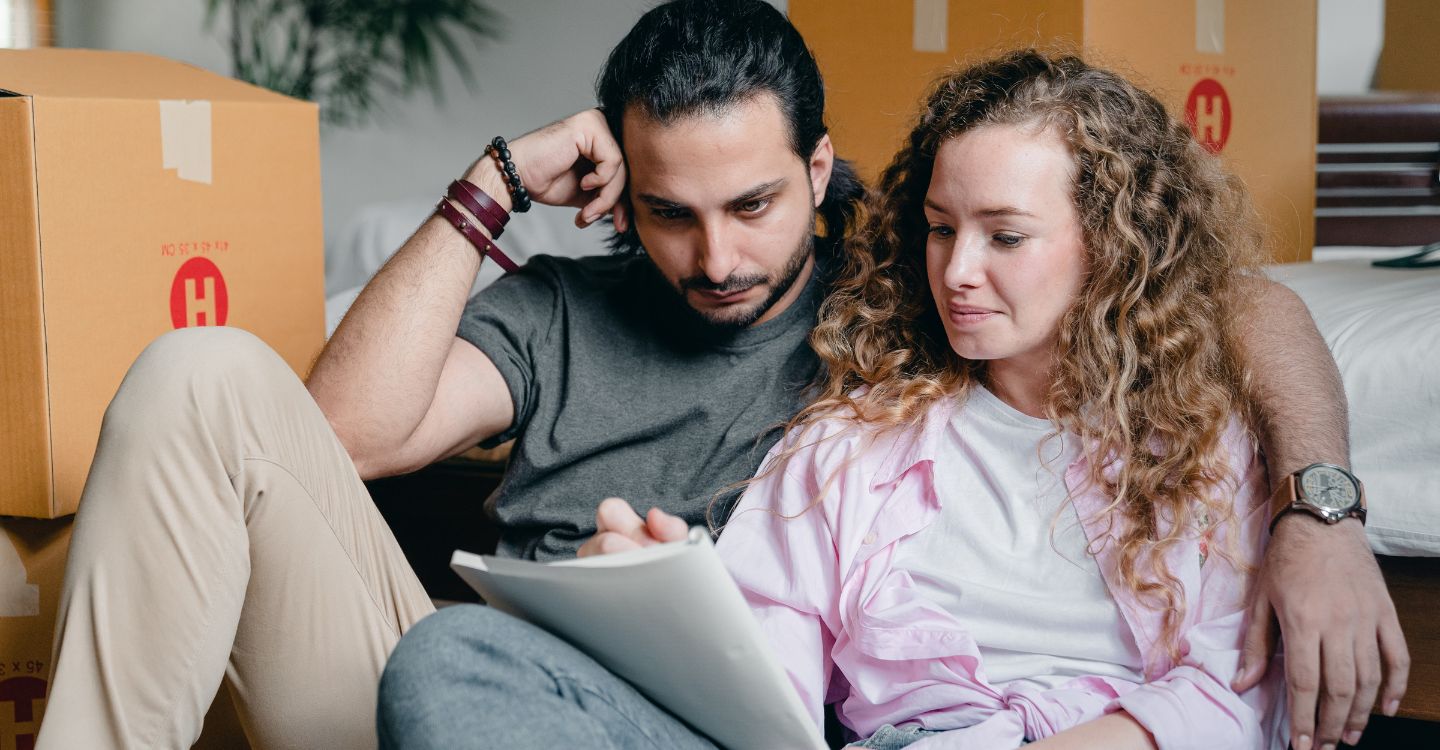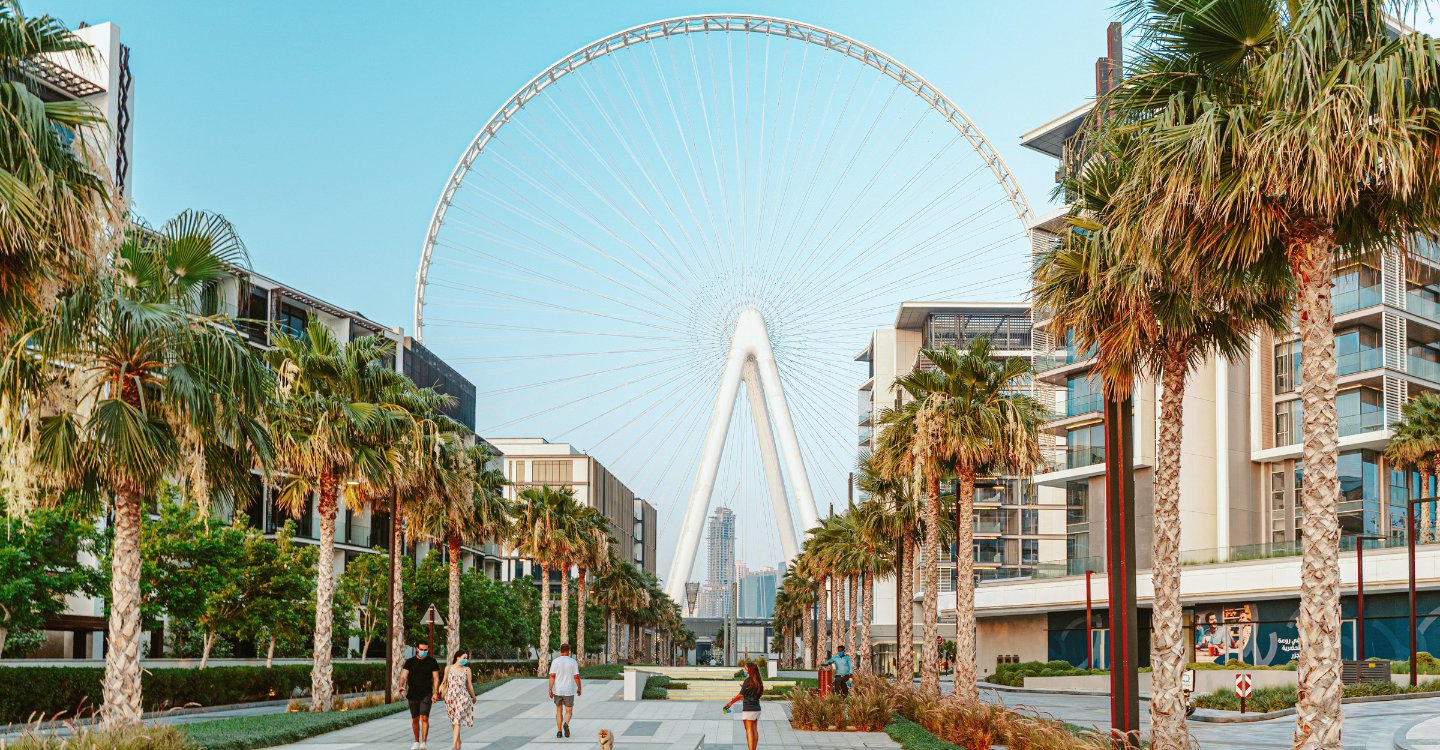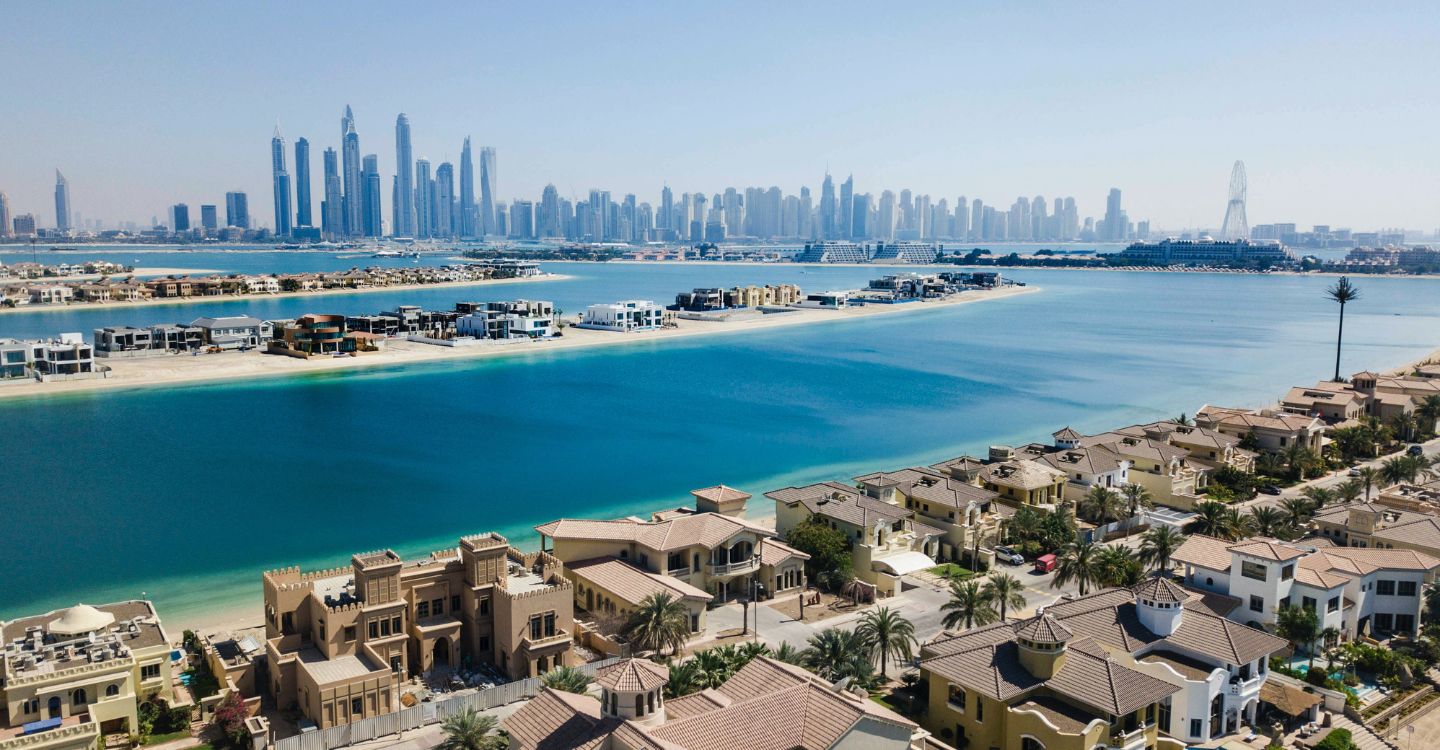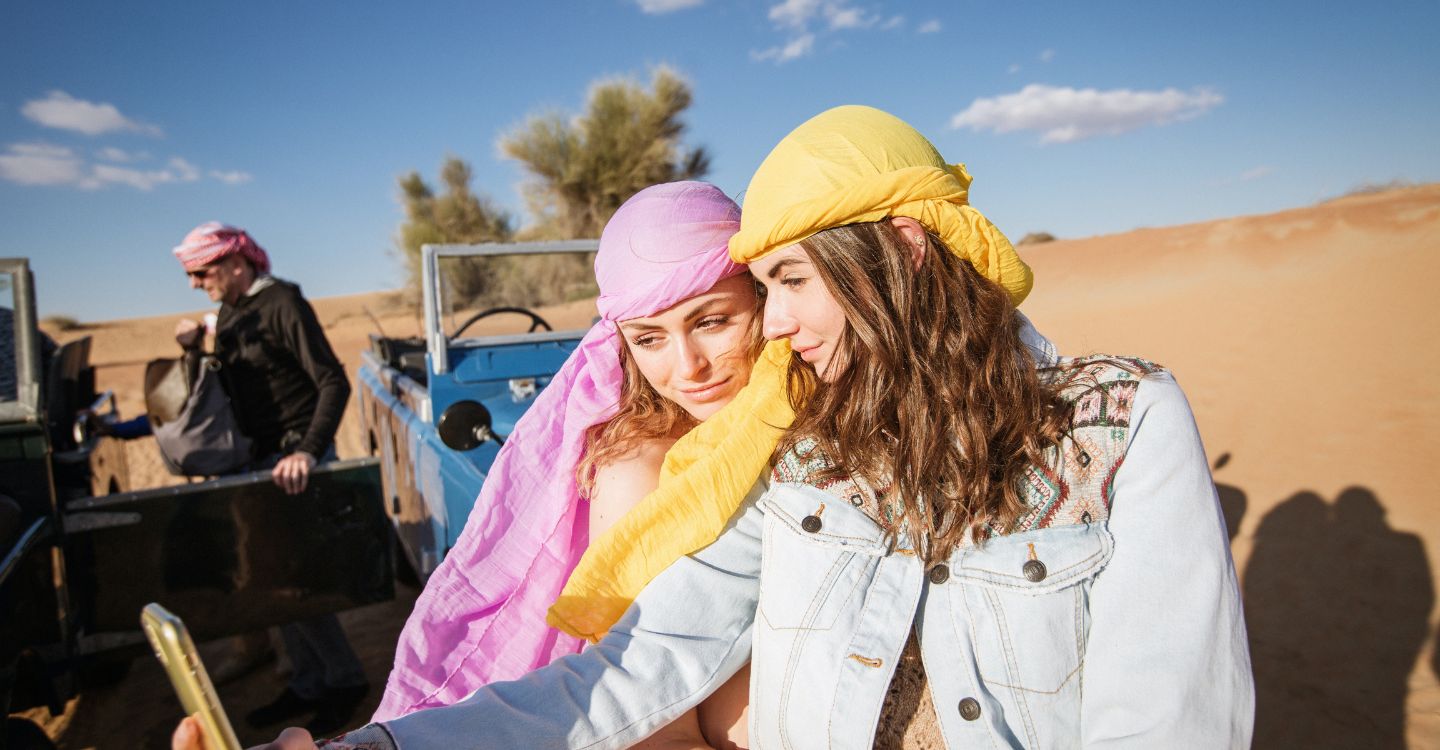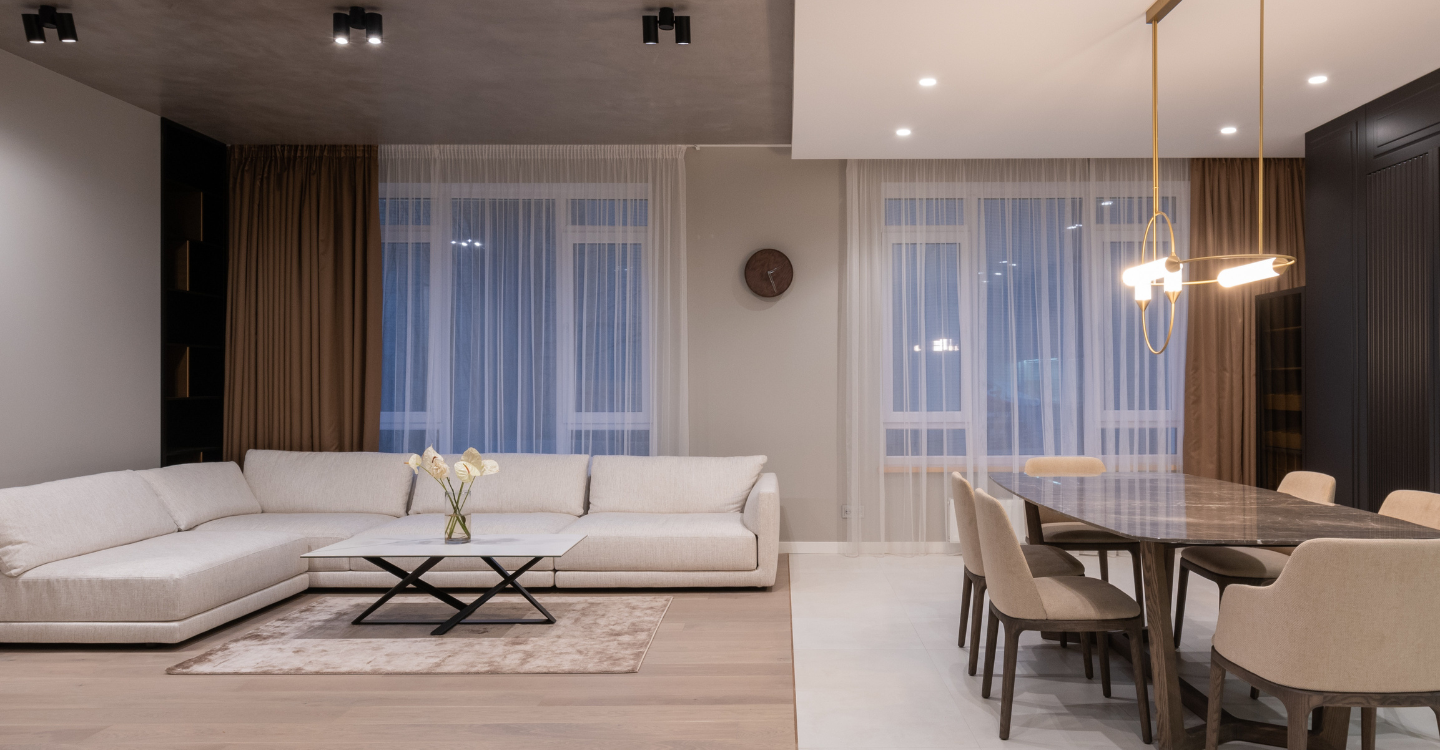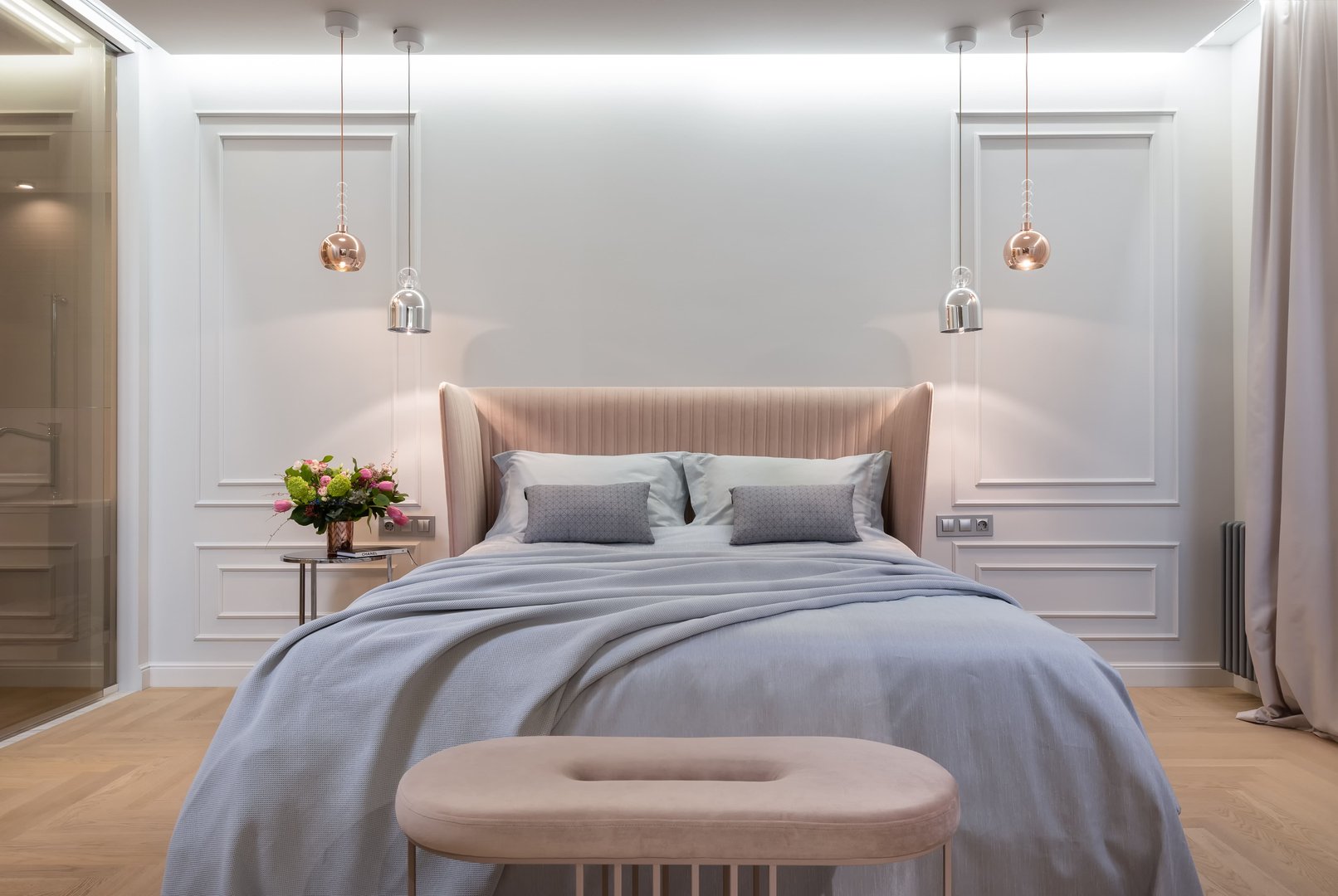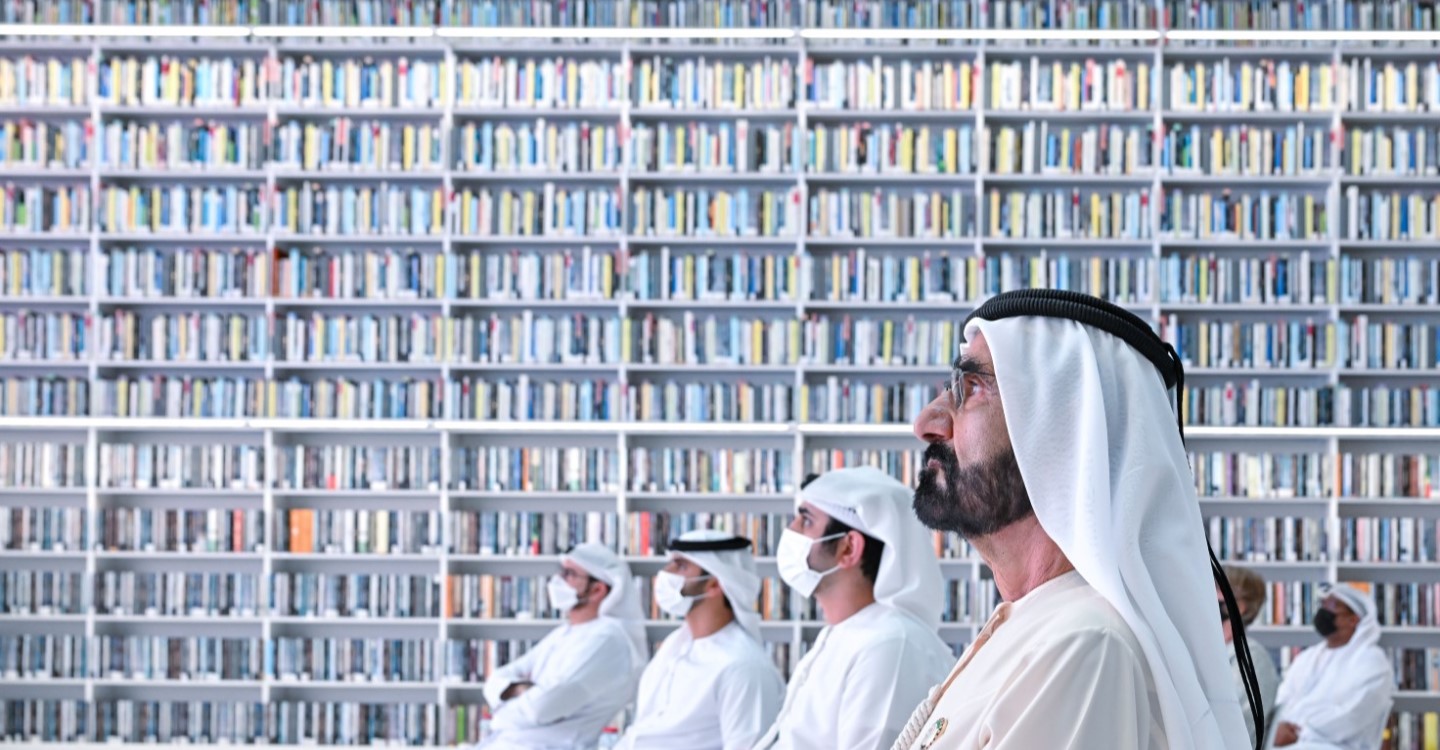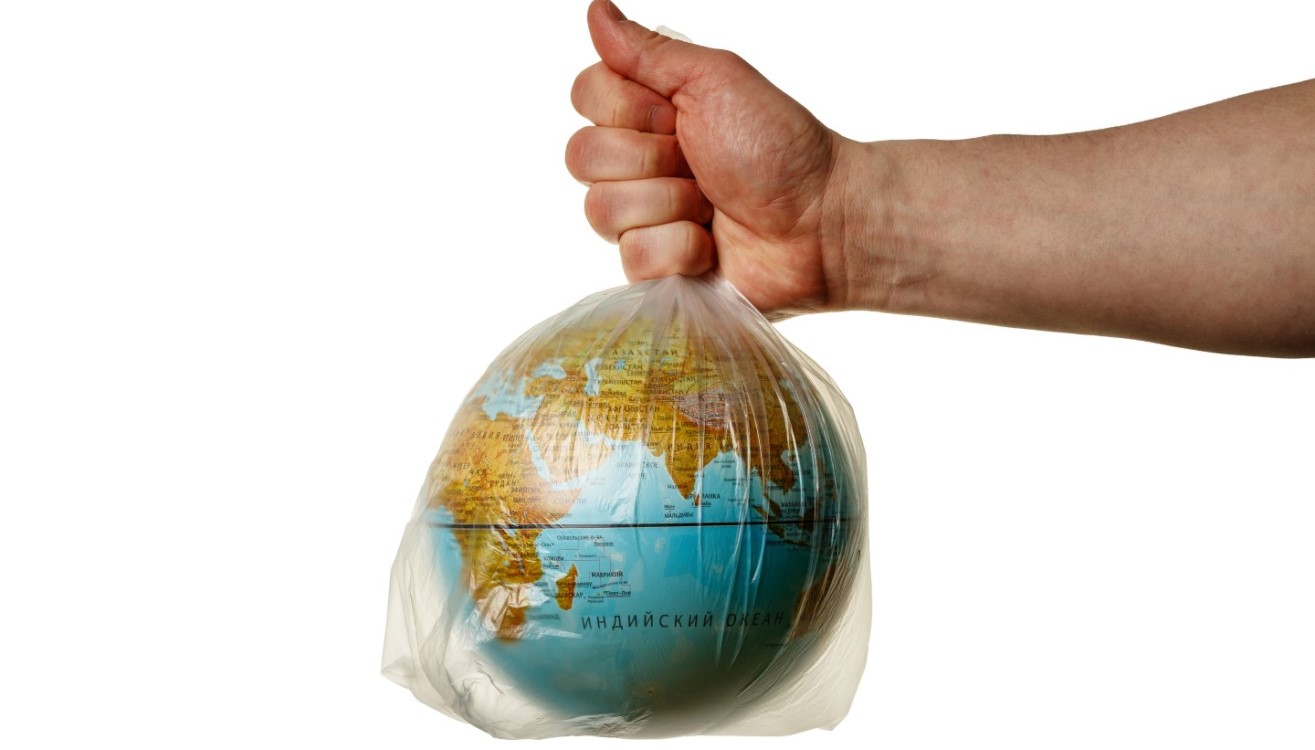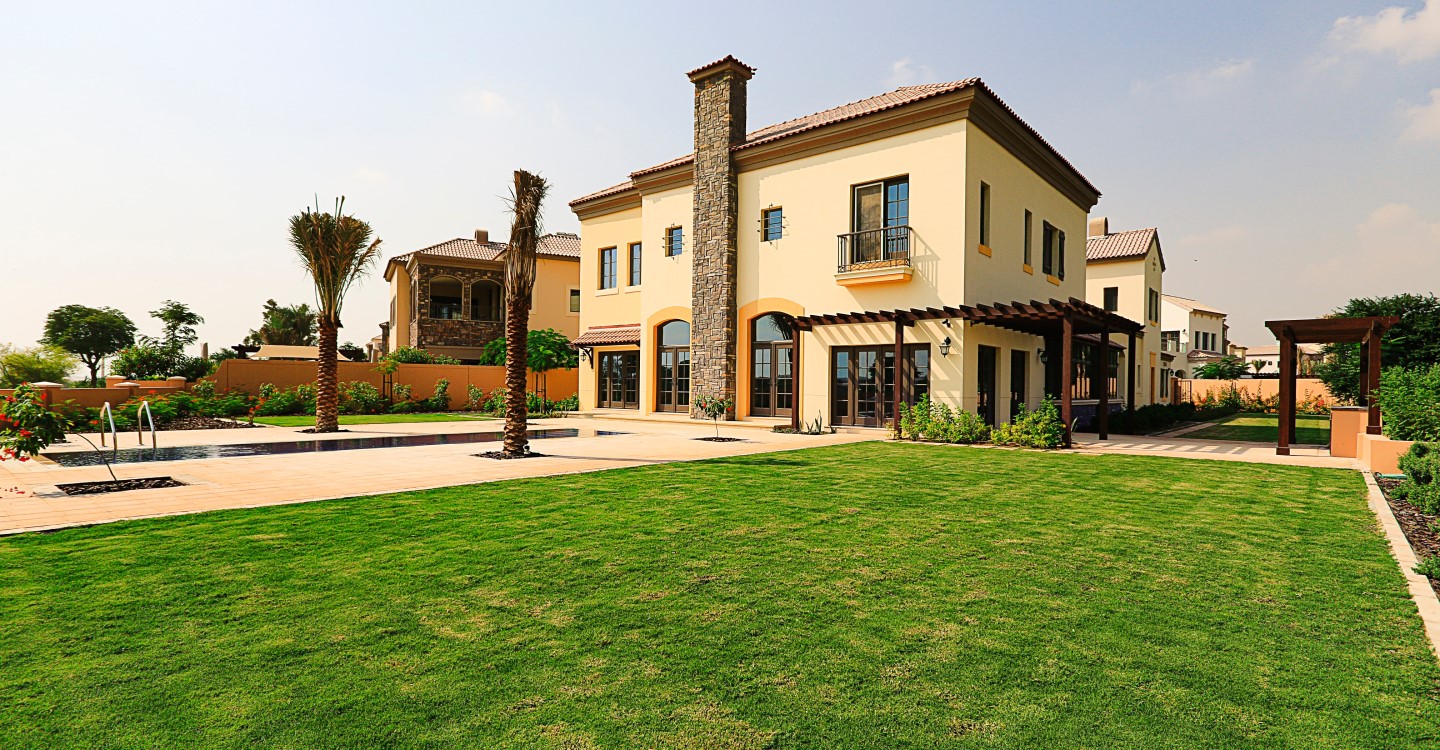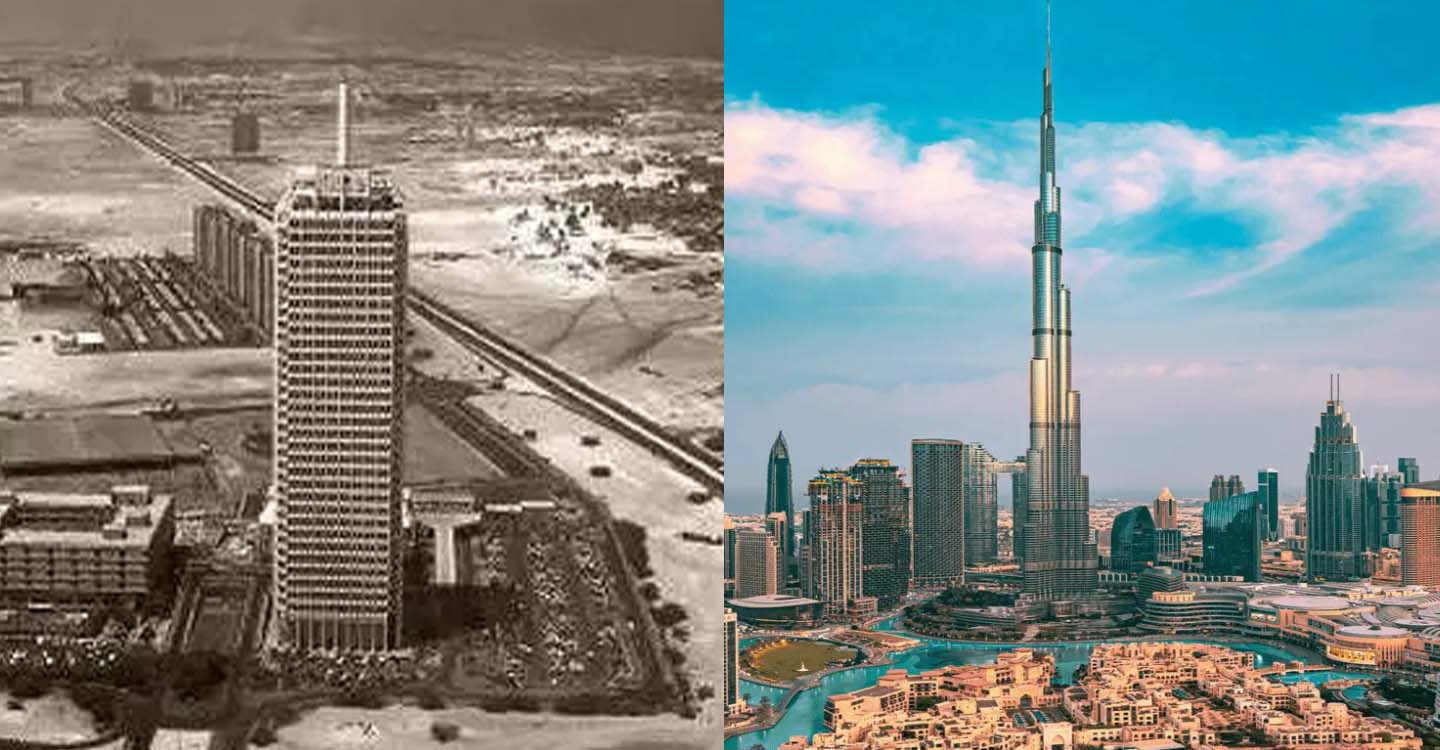
With high-rise skyscrapers, luxury man-made islands, and several international shopping malls, it’s no wonder the world is drawn to Dubai. While the metropolis now is an attractive business, residential, and tourist hub, there is a lot more to the city’s history.
1960
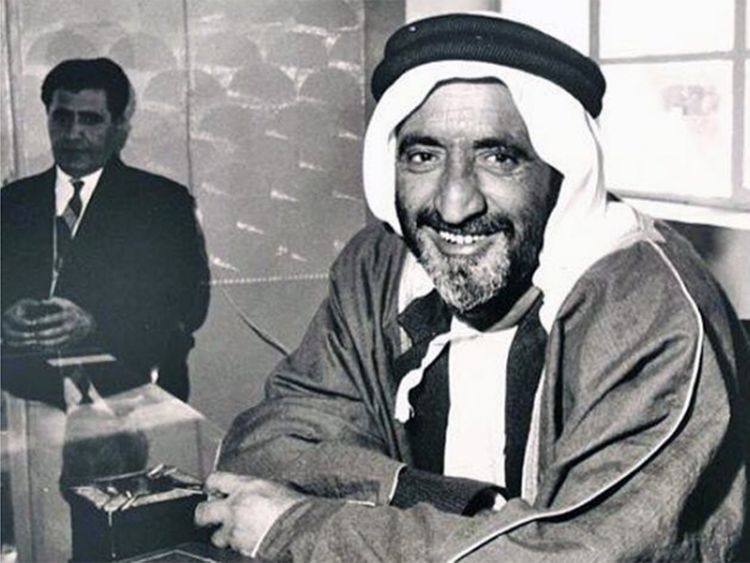
Under his vision for a great city, construction began on Dubai International Airport, otherwise known as DXB Airport.
1966
1979
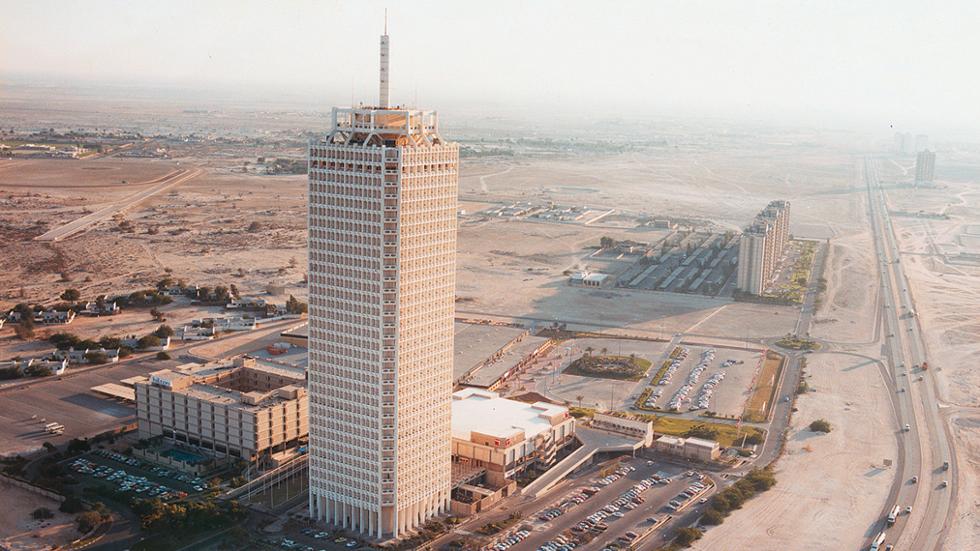
1985

Emirates Airlines, today the world’s third-largest airline by scheduled revenue passenger-kilometers flown, was founded in 1985. The premium flying experience and signature red and beige uniform became widely recognized across the world. Emirates Airline is arguably one of Dubai’s most influential reputation boosters, and visitors’ number one choice of travel.
1994
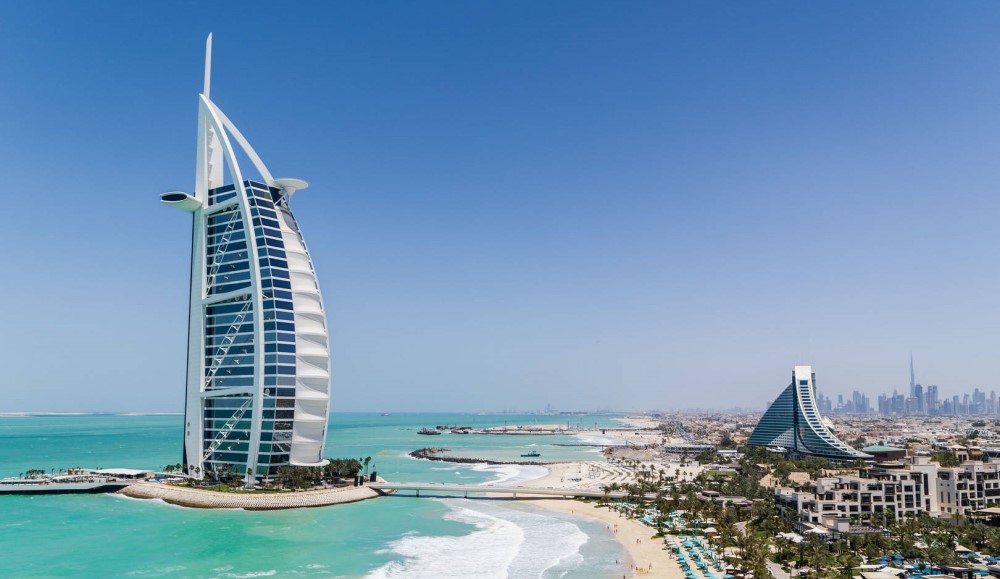
The launch of the Burj Al Arab celebrating Dubai as hosting one of the tallest hotels in the world, standing at a total height of 321 meters.
2001
By 2006 the first residential units were sold to the public.
The Palm Jumeirah is part of the massive land reclamation project known as the Palm Islands, which include two other archipelagos known as the Palm Deira and the Palm Jebel Ali.
The Palm's crescent-shaped backwater was the first section to be constructed in order to prevent strong sea currents from damaging the inner island structures. By the time the project was complete, it had cost a tremendous amount of $12 billion.
2005
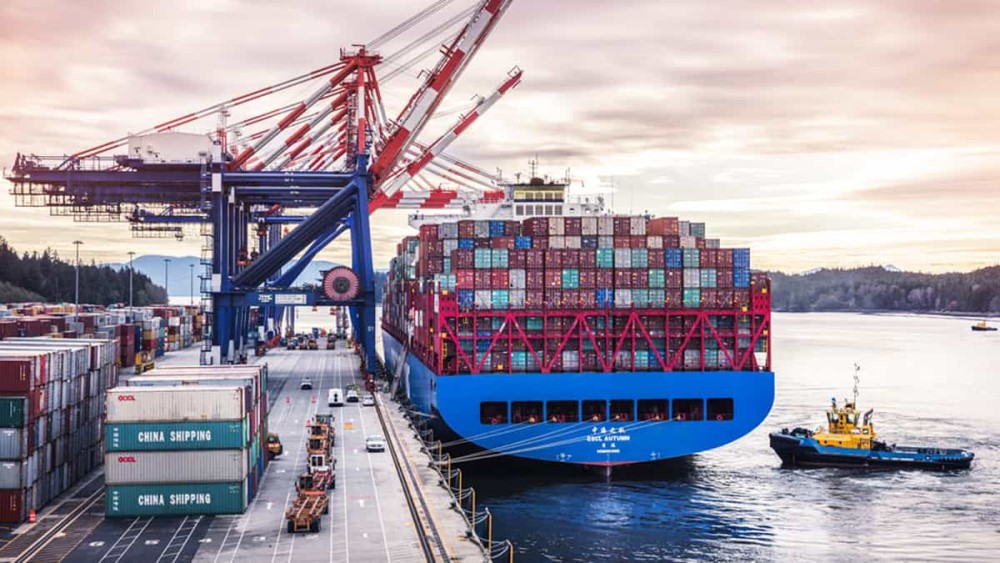
The Dubai Ports World, better known as DP World, is an integral part of the economic supply chain, moving about 10 percent of global trade through the interconnected global network of ports and terminals.
2009
The Dubai Metro is one of the most advanced railway systems in the world. It is a fully automated and driverless collection of trains that travel across 53 stations along the length of the city.
In total, the Dubai Metro covers a whopping 75 kilometers or 46 miles. The Dubai Metro also connects to 11 tram stations, allowing residents and visitors to easily travel across every nook of the city.
2010

In January of 2010, the record-breaking Burj Khalifa opened its revolving doors to the world and became a landmark within the city. Known as the world’s tallest skyscraper with a height of 828 meters, the Burj Khalifa cost a total of $1.5 billion in construction.
Within the same year, Dubai built a second airport to accommodate the ever-growing tourist stream.
Al Maktoum International Airport is located in Jebel Ali and is named after the Ruler of Dubai, Sheikh Mohammed bin Rashid Al Maktoum. The overall construction cost a jaw-dropping $82 billion.
Today the airport accommodates over 90 million annual passengers.
2018
While the airport was built for functionality, the Dubai Frame was built to showcase the city’s extravagance.
This magnificent architectural landmark is in Dubai's Zabeel Park and cost Dubai Government over $62 million to construct. Made from aluminum, glass, steel, and reinforced concrete, the Frame stands mighty tall at 150m.
It is positioned in such a way that visitors can see all the modern features of Dubai when facing one side, and old Dubai when facing the other side.
2021
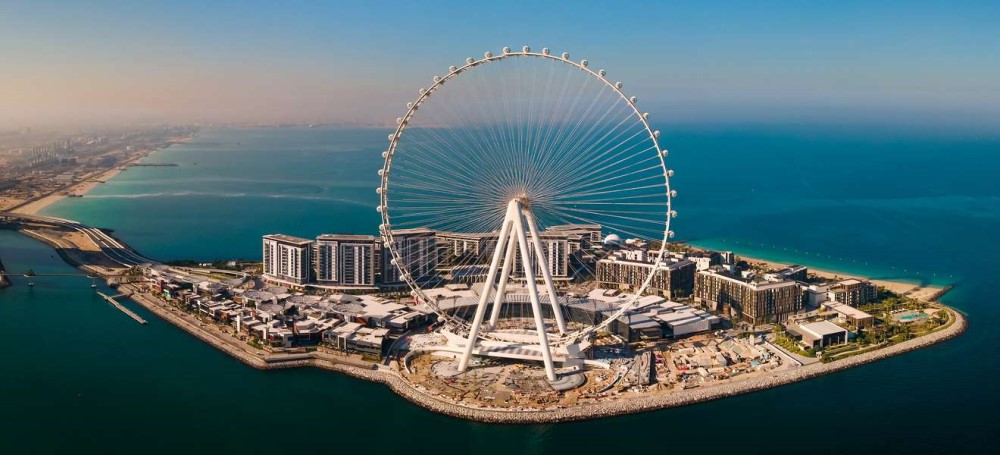
Among the many vibrant communities of Dubai, such as Dubai Marina or Downtown Dubai, is the highly anticipated Meydan District One in the growing Mohammed Bin Rashid City region.
This brand-new community is esteemed for hosting the biggest horse racing festivals, as well as the exhilarating Dubai World Cup.
Meydan District One is also home to the Meydan One, which will be the world’s tallest residential tower standing mighty tall at 711 meters high. It is expected to host over 83 thousand high-profile residents as well as the longest indoor ski slope in the world that stretches to an impressive 1-kilometer-long distance.
2022
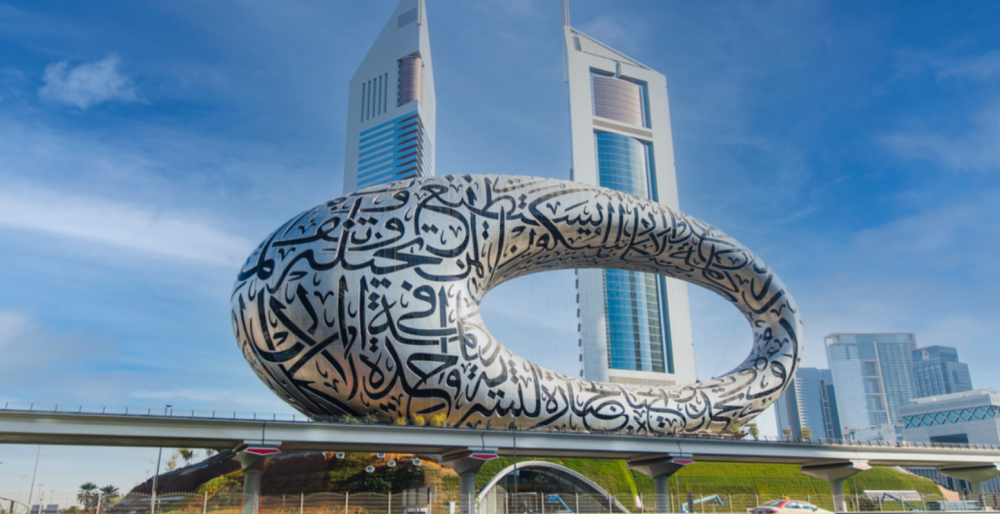
Noted as one of 14 most beautiful museums on Earth by National Geographic in 2022, the Museum of the Future is an architectural and engineering marvel depicting innovative and futuristic ideologies.
Dubai has come a long way since its foundation, with spectacular skyscrapers and ground-breaking projects.
The city and its leaders are known for being visionaries, so here are some exciting concepts coming to conceptualization soon.
Dubai Plans for the Future
2040 Vision
The 2040 Vision is a comprehensive plan for sustainable urban development in Dubai, focusing on enhancing lifestyles through long-term solutions for environmental and economic sustainability.
This strategy is already in the works starting with a ban on single-use plastic items coming into effect soon to encourage residents to invest in sustainable and biodegradable alternatives.
Etihad Rail
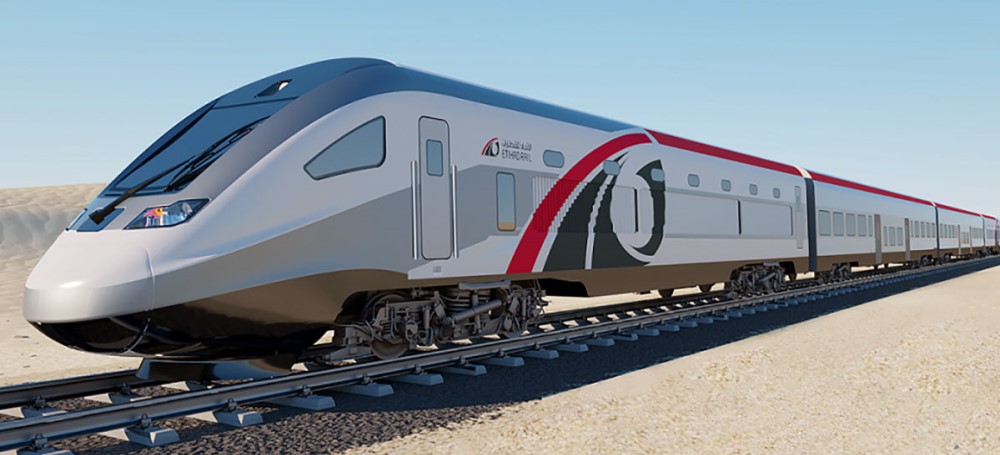
Upon completion it will be used for commercial purposes initially, with plans to expand to passenger transport with a capacity of 400 passengers per train by 2030.
Space Centre
The Mohammed Bin Rashid Space Centre builds and operates earth observation satellites, offering imaging and data analysis to people around the world.
The Space Centre is responsible for the development of the Mars 2117 visions, which seeks to build the first human colony on Mars.
As you can see, the city has become a haven for business to thrive and families to enjoy life.
In Dubai, growth is just within reach. The city is beloved by residents for its tax-free laws, political stability, high standard of living.
With an emphasis on family and tolerance, Dubai is and has been the perfect place for those accustomed to a refined lifestyle.



